PortSide 2020 summary - 3
/PortSide NewYork is a living lab for better urban waterways. We bring WaterStories to life. Our programs serve New York City (though we get national and international responses to our virtual museum Red Hook WaterStories and social media); and we have a hyperlocal focus on our neighborhood of Red Hook, Brooklyn. You can support by donating here.
A personal end-of-year message from our founder & ED Carolina Salguero
This is December blogpost #3, all about maritime accomplishments this year and plans for next: we got an new vintage engine; we got partners to launch a maritime training program; and we want to get our ship to the shipyard.
Short recap of pandemic 2020: our pier was closed due to covid; our ship is no longer publicly accessible. We pivoted both in real life and virtually and made the PortSide Pandemic PopUp Minipark outside the fence which served TENS OF THOUSANDS of people and did virtual programs of all sorts. A major one was livestreaming over 150 sunsets with narration about ships, waterfowl, weather etc. More info in December blogpost #1 and blogpost #2.
While doing all the above, I worked on a massive physical project, getting a 55,000 pound vintage engine out of a power plant about to be demolished in Kennett, Missouri. That engine could restore the engine in our flagship MARY A. WHALEN. The MARY is the last of her kind in the USA, and PortSide has made her so much more than a relic. PortSide has made the MARY an ambassador to the working waterfront, a floating classroom for students from elementary school to graduate school, and a beloved icon of the NY Harbor. We have wanted to maximize her impact by bringing her engine back to life and followed every tip about engine parts for 14 years.
As Murphy’s law would have it, the City of Kennett planned to demolish the power plant as the pandemic was at its deepest in NYC and was rolling across the USA. This continually reduced logistical options; so, for some six weeks, I did iterative planning and consultation with truckers, engineers, insurers, the Kennett power plant and its demolition crew. A pack of warm-hearted people in Kennett and elsewhere went to all sorts of trouble to support our effort. The Kennett team bent over backwards to collaborate, demolishing a city powerplant in a way that saved the massive engine (plus bird nests in the way), hire a special crane, the best local trucker and more. Our high school intern Avery Steib launched a surprise birthday fundraiser on Facebook and raised over $3,000! We raised over $13,000 in total which covered the costs of the crane to lift the engine, the truck that brought it here and a bit more to cover the creation of a restoration plan . The engine arrived on August 15. The Red Hook Container Terminal — thank you — is storing it for free, outside under a tarp, because we have no building space.
Several marine engineers are advising us, and Nobby Peers of Whitworth Marine is the lead working on plans on how to combine the rump remains of the MARY’s engine with parts from Kennett.
This is perfect timing as we have been wanting to get the MARY to the shipyard, and now we can address multiple projects at once:
the resiliency upgrades on a FEMA Sandy recovery project (delayed so we could do the 2018-19 business plan)
engine restoration work
normal hull maintenance
requirements of the Coast Guard to get “Attraction Vessel” status
PortSide was quietly in several years of negotiations with the Coast Gaurd to get this Attraction Vessel status. At first, they said the MARY was not a vessel from a regulatory point of view! We appealled that and won. Next they sent a specialist inspector to make sure the MARY was fundamentally sound. We received the approval of that inspector’s report December 2019.
For our non-mariner readers, “Attraction Vessel” is like an all-in-one Building Permit + all the City permits a business establishment needs to be able to charge for services. Once we have that status, we can FINALLY rent the MARY A. WHALEN for functions, charge for events aboard and earn money with our flagship. To maximize the revenue options, we seek some relief on red tape and the lifting of some restrictions by site managers Port Authority and NYC EDC, something else we have been negotiating for years.
Plans for a maritime training program
We will be partners in a new maritime school in this harbor, part of a two-pronged effort: a for-profit program will provide basic training and enable working mariners to maintain certifications and upgrade their licenses. The revenue from that will support our nonprofit effort to train underserved youth for deckineer licenses (deckhand + light engineer skills). PortSide has a proven track record of education programs that engage youth like this with maritime and show we are successful at youth development. The MARY A. WHALEN will be a training platform for both. Target time to launch these efforts is late 2021 if we can secure necessary seed funding. Donate now to move this along.
Trainees in the programs above can work on the engine restoration, and restoring the engine on the MARY A. WHALEN will enable our flagship to become a training ship where people get “sea time,” something necessary to get a license from the Coast Guard - a great feedback loop! As a former tanker, the ship’s cargo tanks are also an asset for training in “confined spaces;” and her large size means that the sea time aboard will support getting licenses for a wide-range of vessels. Please donate to make all this happen.
Maritime advocacy
PortSide is participating in this year’s Department of City Planning’s Comprehensive Waterfront Plan process to create Vision 2030. We beg all maritime voices to speak up. An impediment to change is the maritime industry’s tendency to stay silent. We encourage all maritime voices to push NYC to become more boat-friendly and to call for some means to mandate maritime uses on waterfront property the way that waterfront-access became mandated when there is a rezoning. The current concept of “waterfront access” means just looking at the water, not use of it. Send your ideas on how to make NYC more maritime and/or observations about impediments to Michael Marrella, Director, Waterfront & Open Space Division, NYC Department of City Planning at m_marrel@planning.nyc.gov or call (212) 720-3626. If you are on social media, join PortSide in using the hashtag #Piers4boats to raise awareness of maritime uses.
E-commerce challenge & opportunity - bring it in by water?
PortSide is in a planning dialogue with elected officials, community leaders in Red Hook and Sunset Park and our local Community Board to seek solutions for massive truck traffic anticipated from four, possibly five, ecommerce warehouses coming to Red Hook, plus two more in nearby Sunset Park (part of our same City Council district and Community Board area). We are researching the latest trends in moving freight locally by water (short sea shipping) to share with the community, policy makers, media and ecommerce companies UPS and Amazon which have warehouses being planned in Red Hook. We are in contact with the designer/operator of new hybrid ferries to create a physical boat tour and virtual webinar for community members, elected officials, media and ecommerce shippers. Please donate to support this kind of work.
red hook concerns about impending traffic from ecommerce trucks was expressed in a float at this year’s barnacle climate justice rally & march
Thanks to all those who helped!
A ship the size and age of our MARY A. WHALEN has a lot of needs. Plus, we have small boats, a floating dock and more stuff. Interns and volunteers disappeared once the pandemic hit NYC. We are grateful for the people who showed up once re-opening began, but the pandemic told us what we already knew: we need a larger budget to have paid maintenance staff. Donating now will help make this happen. Thanks, in the order they first appear, to Avery Steib, Nobby Peers of Whitworth Marine, Tom Senenfelder, Alex Troesch, Peter Rothenberg, Carolina Salguero, Frank Hanavan, Nikki and Ivy Bartlett, Paul Strubeck, Annie Raso, Samantha Wolinski, and Joseph Olson.
In sum, during difficult 2020, PortSide did a lot despite deep funding cuts and drop in personnel caused by the pandemic. We have great plans for 2021 and beyond and ask for your support to enable us to maintain and grow our impactful work. Thanks in advance for your support! Info on how to donate here.
Celebrating the new engine parts
red hook sunsets are made for sharing - view from the mary a. whalen
chiclet says “stay warm, stay safe this holidday season!”
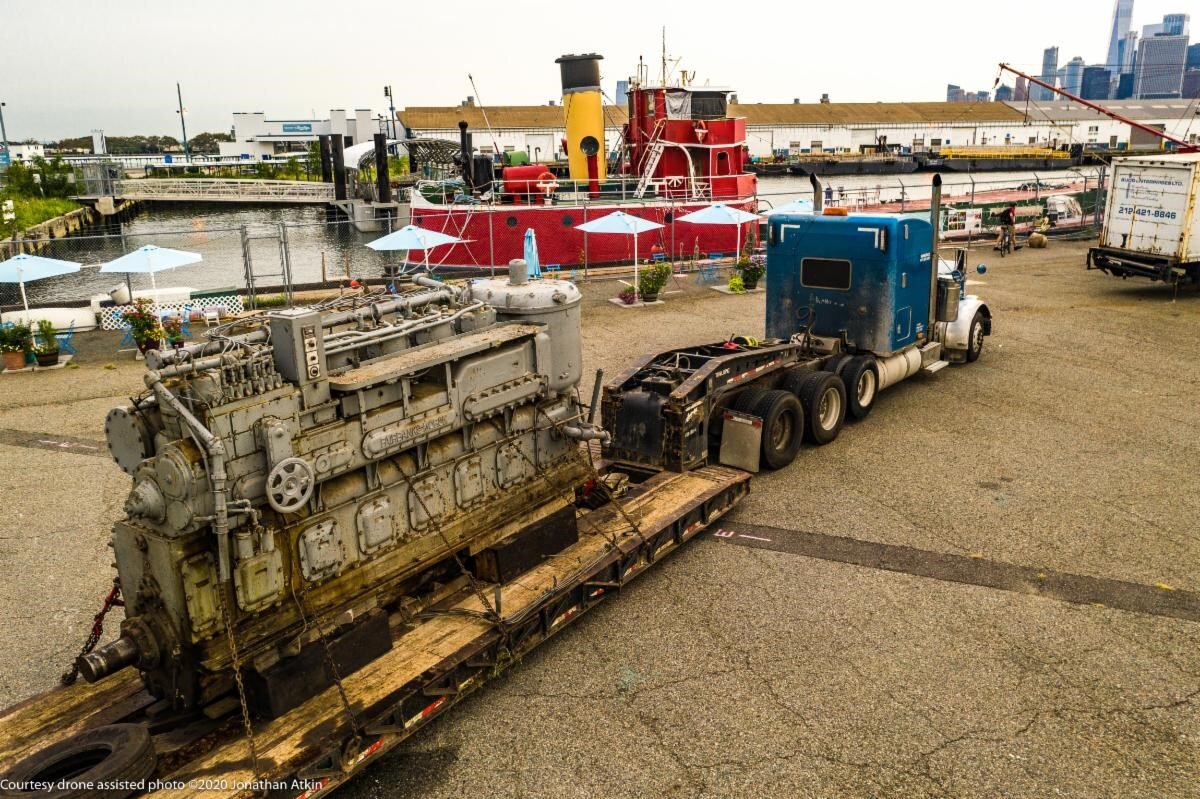
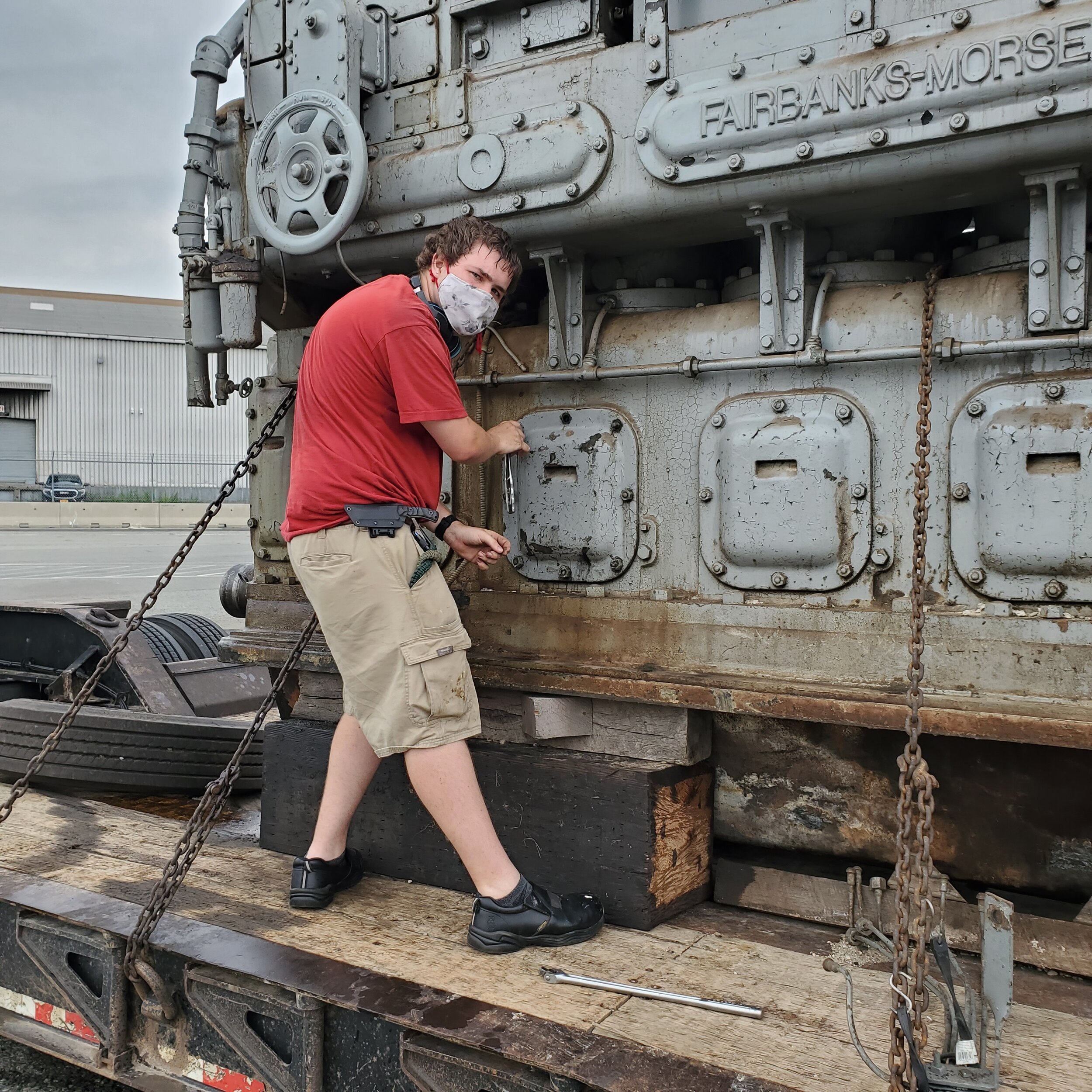
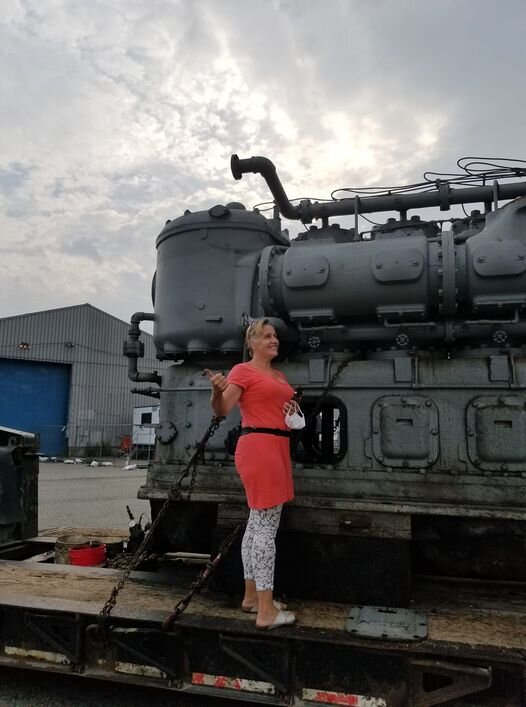
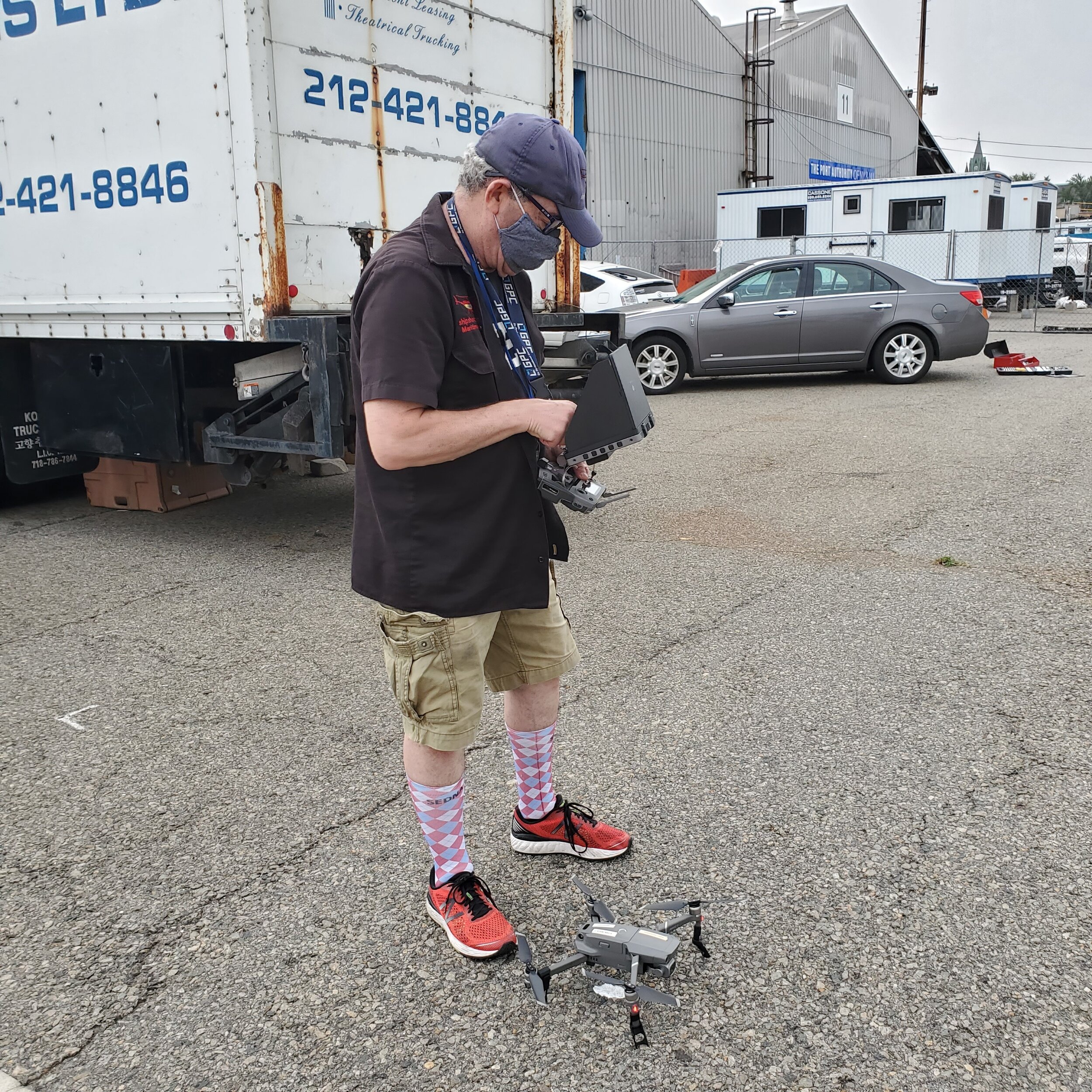
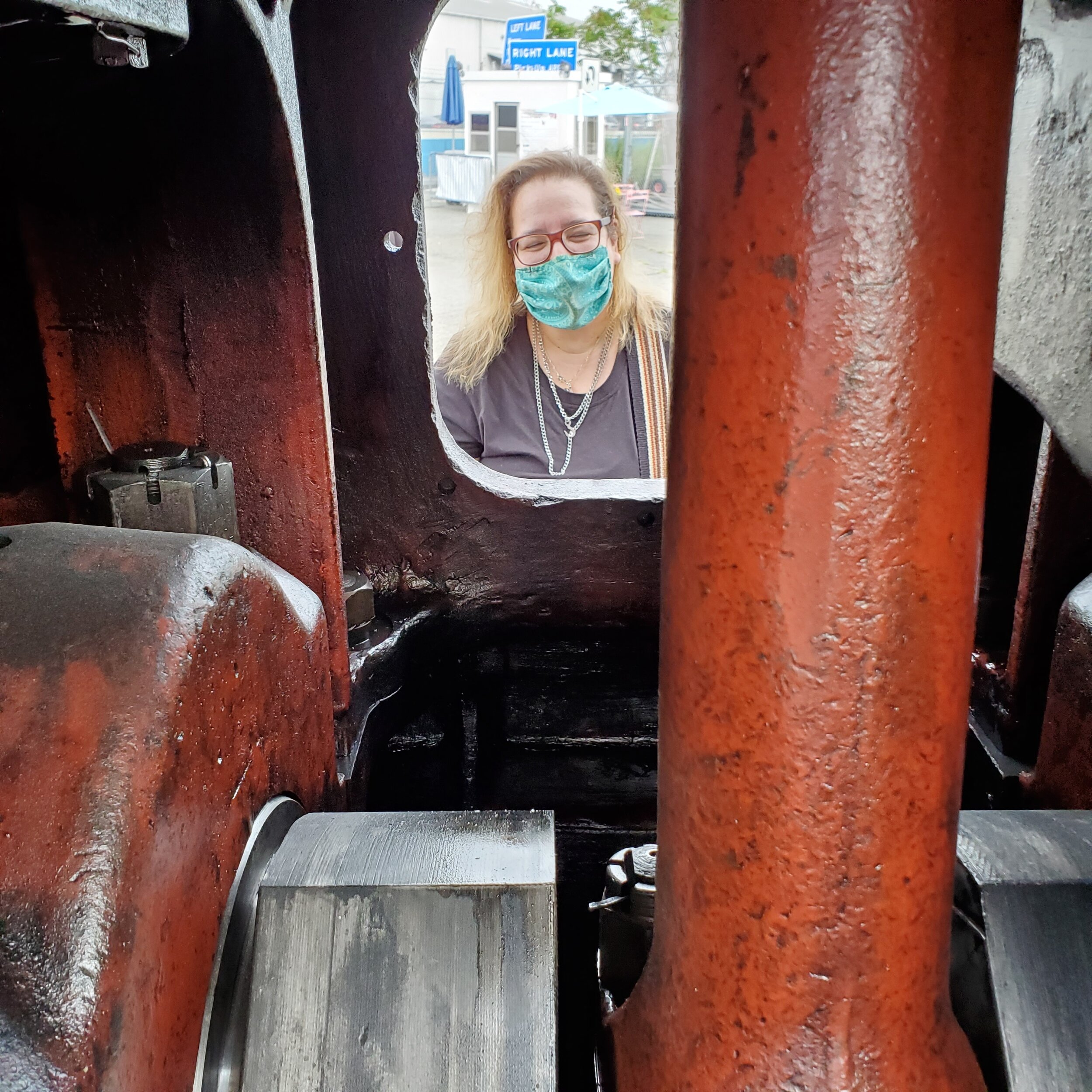
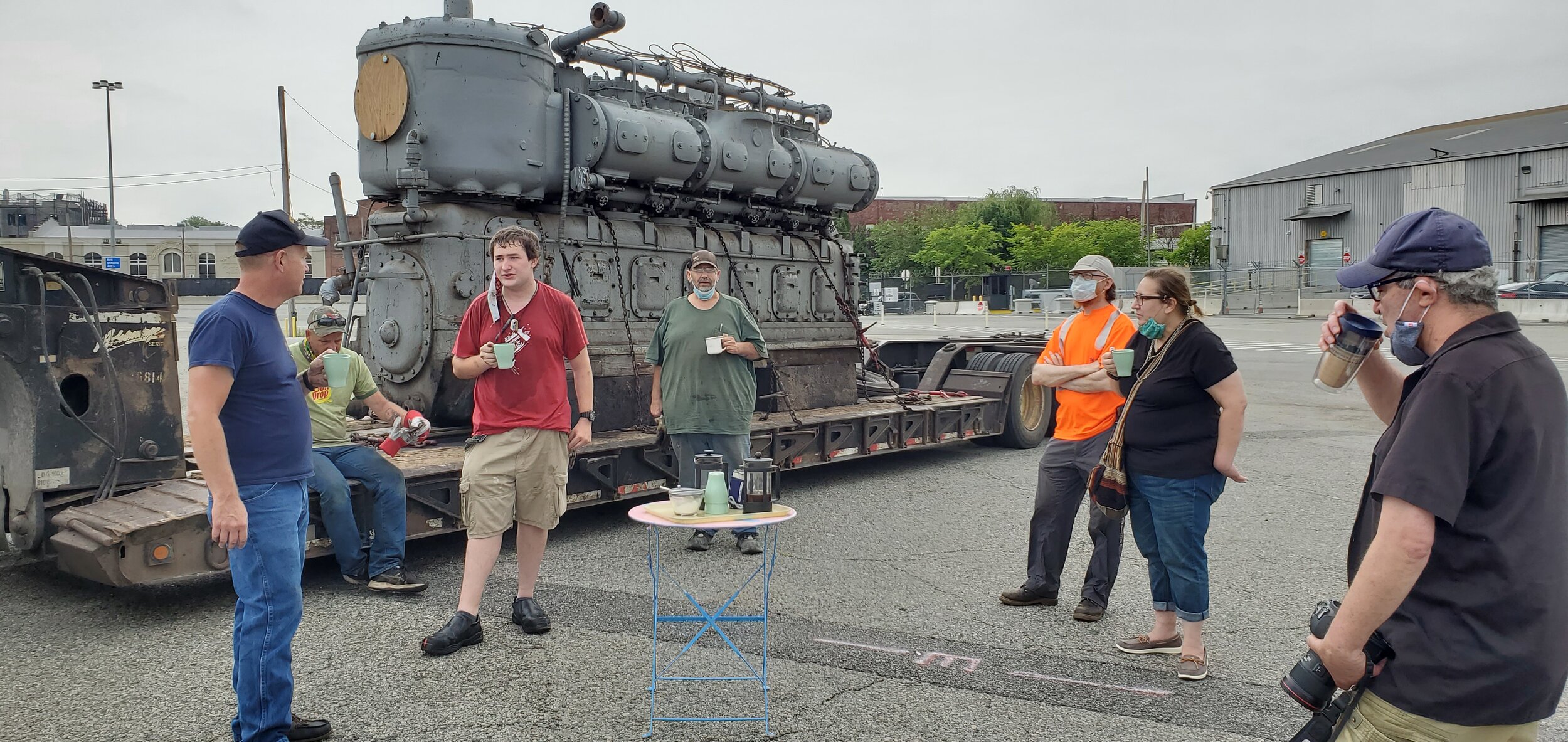
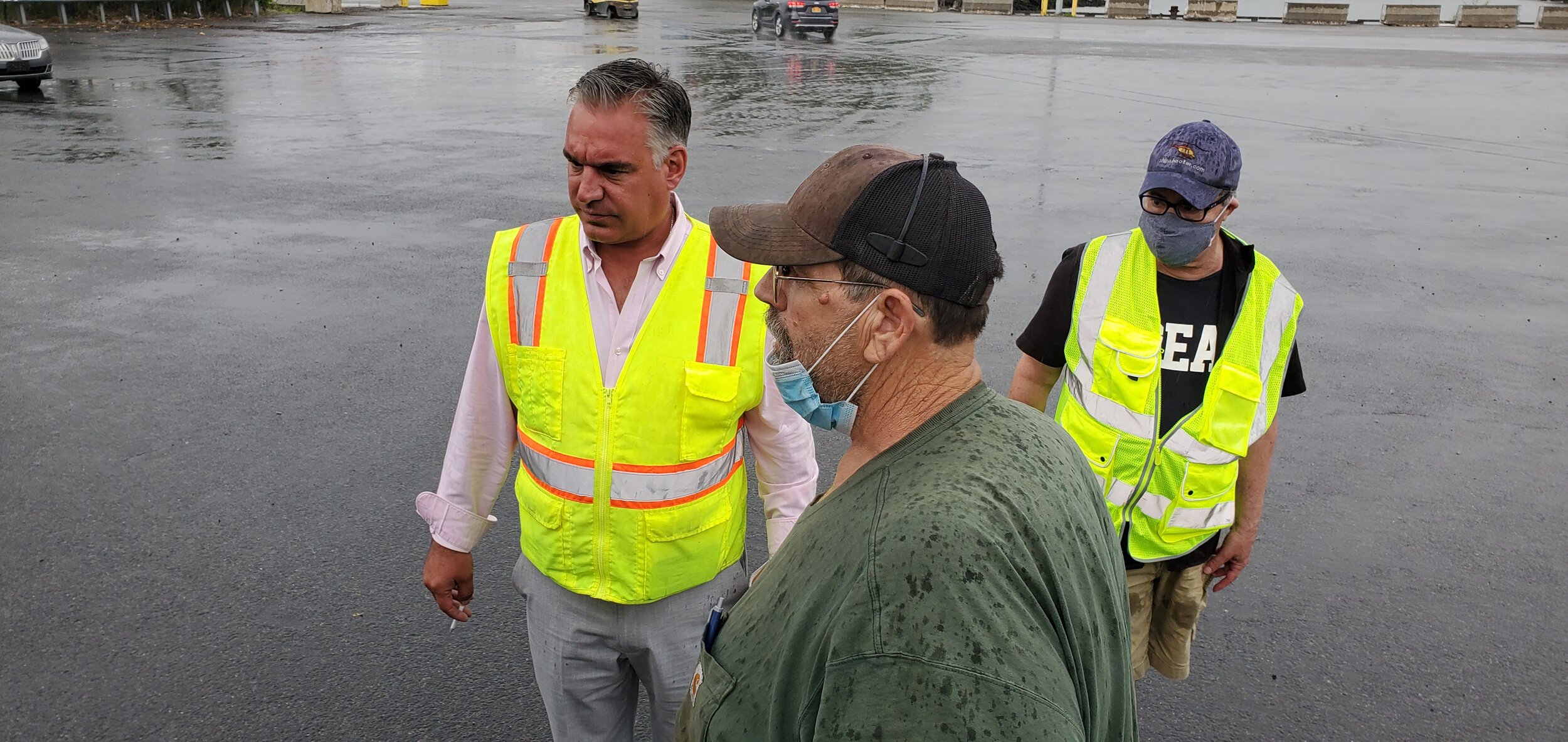
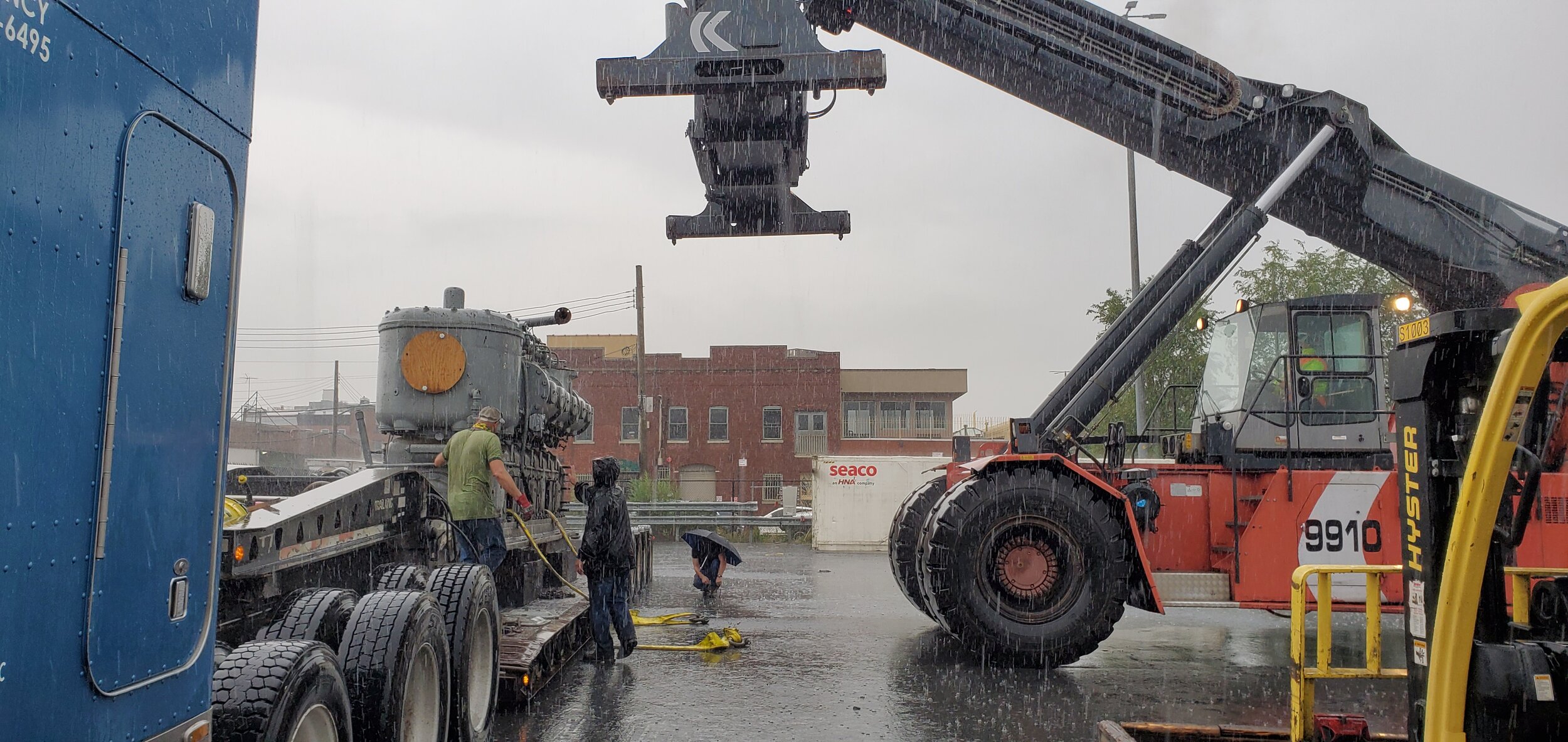
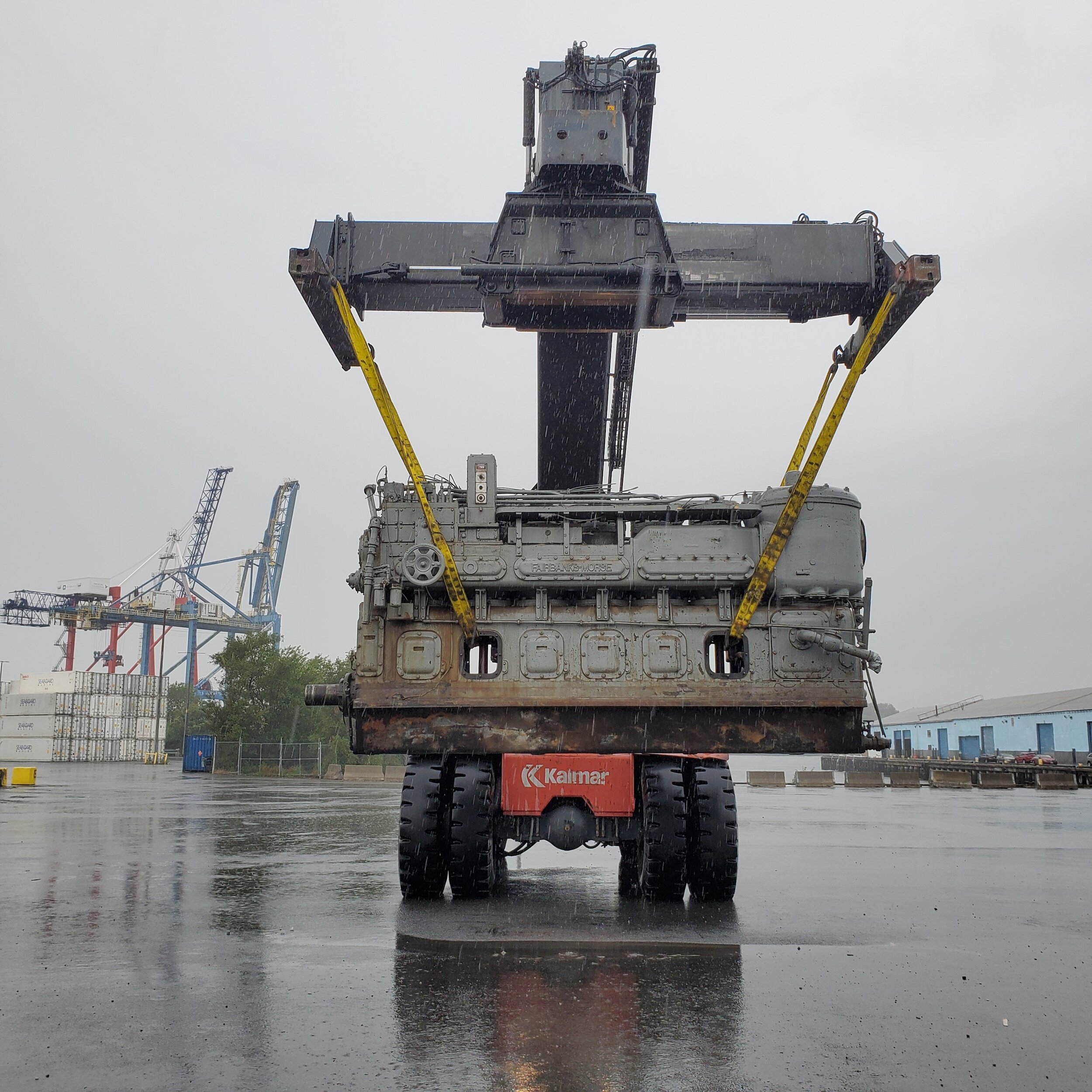
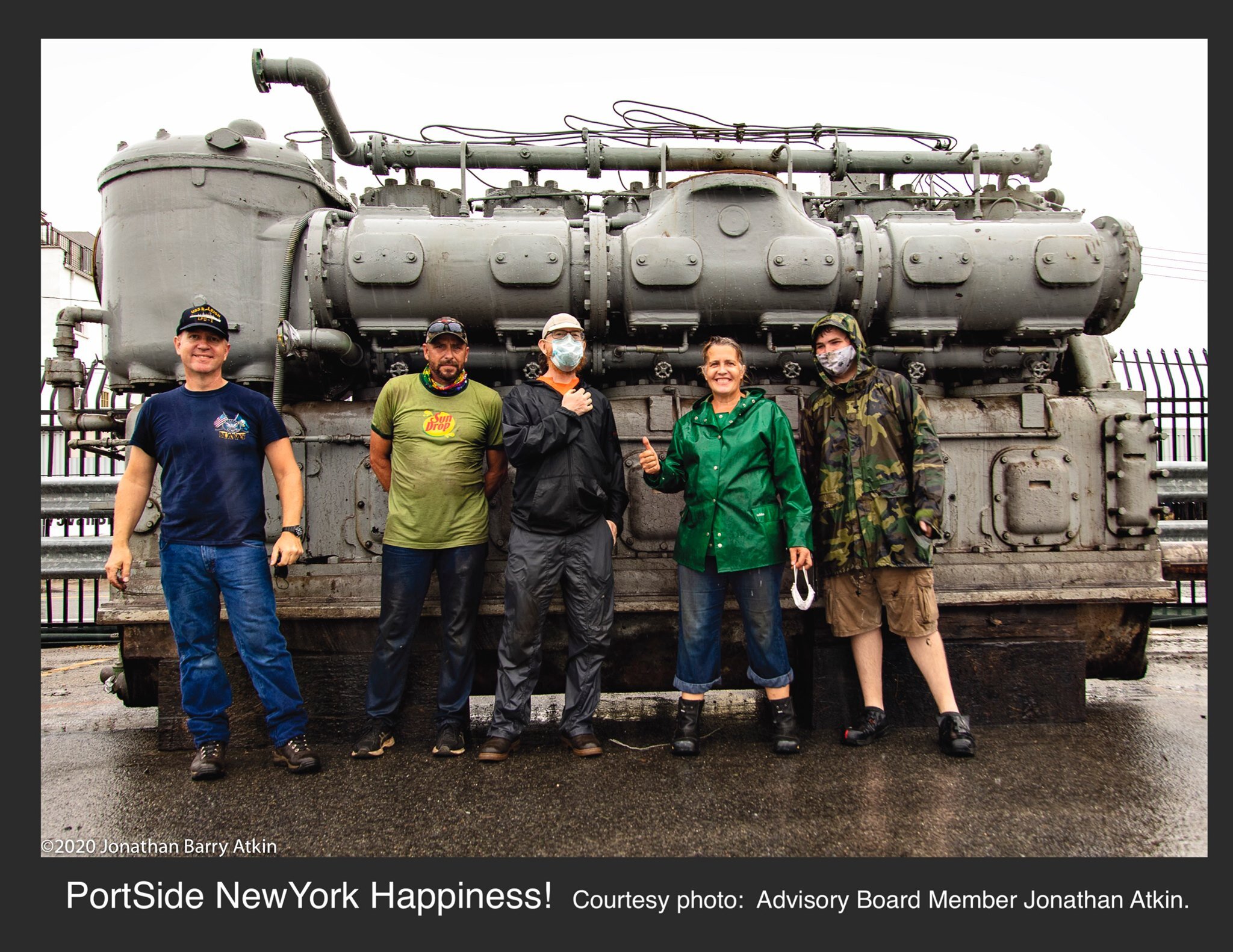
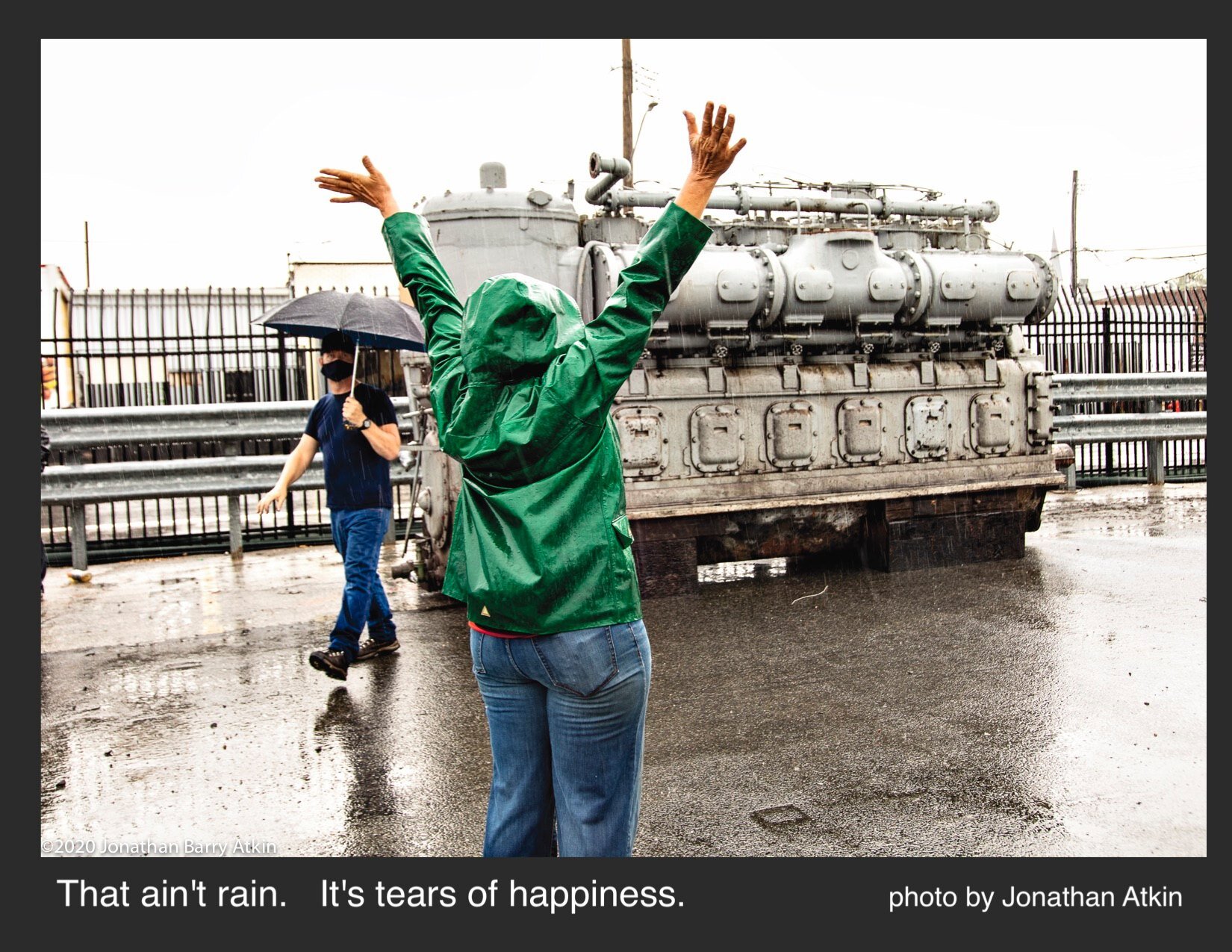

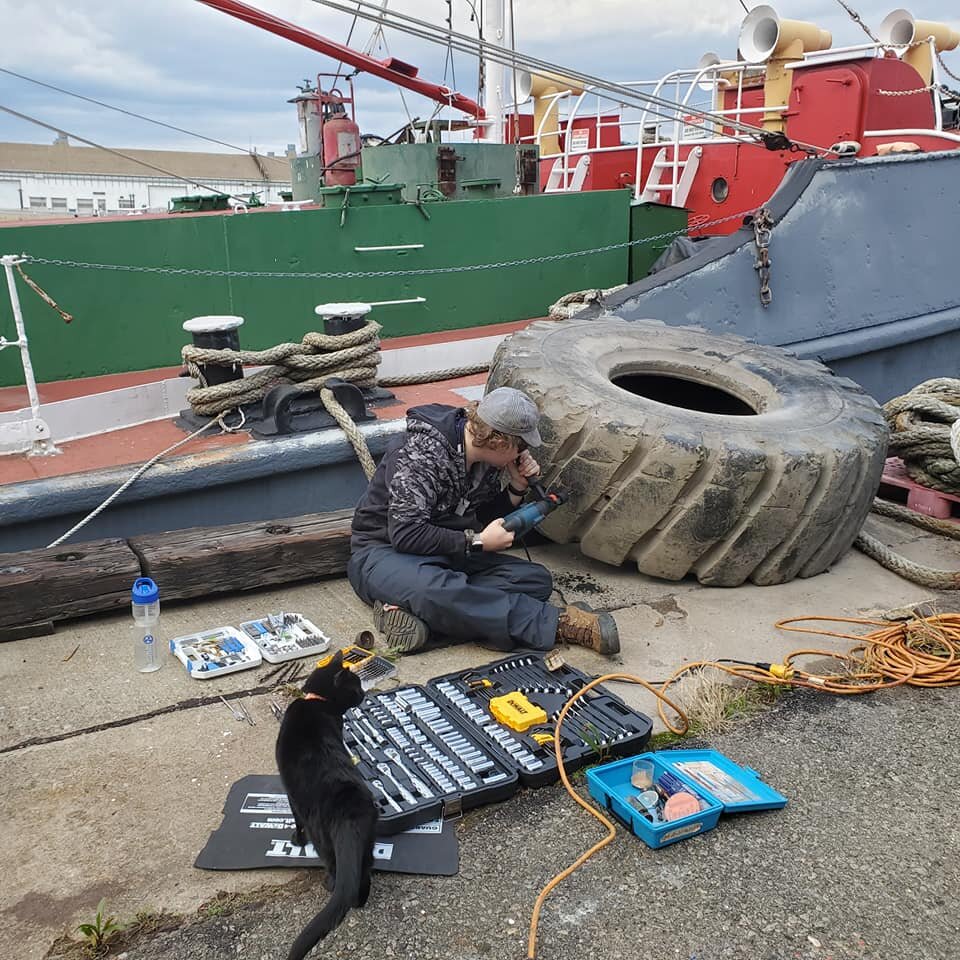
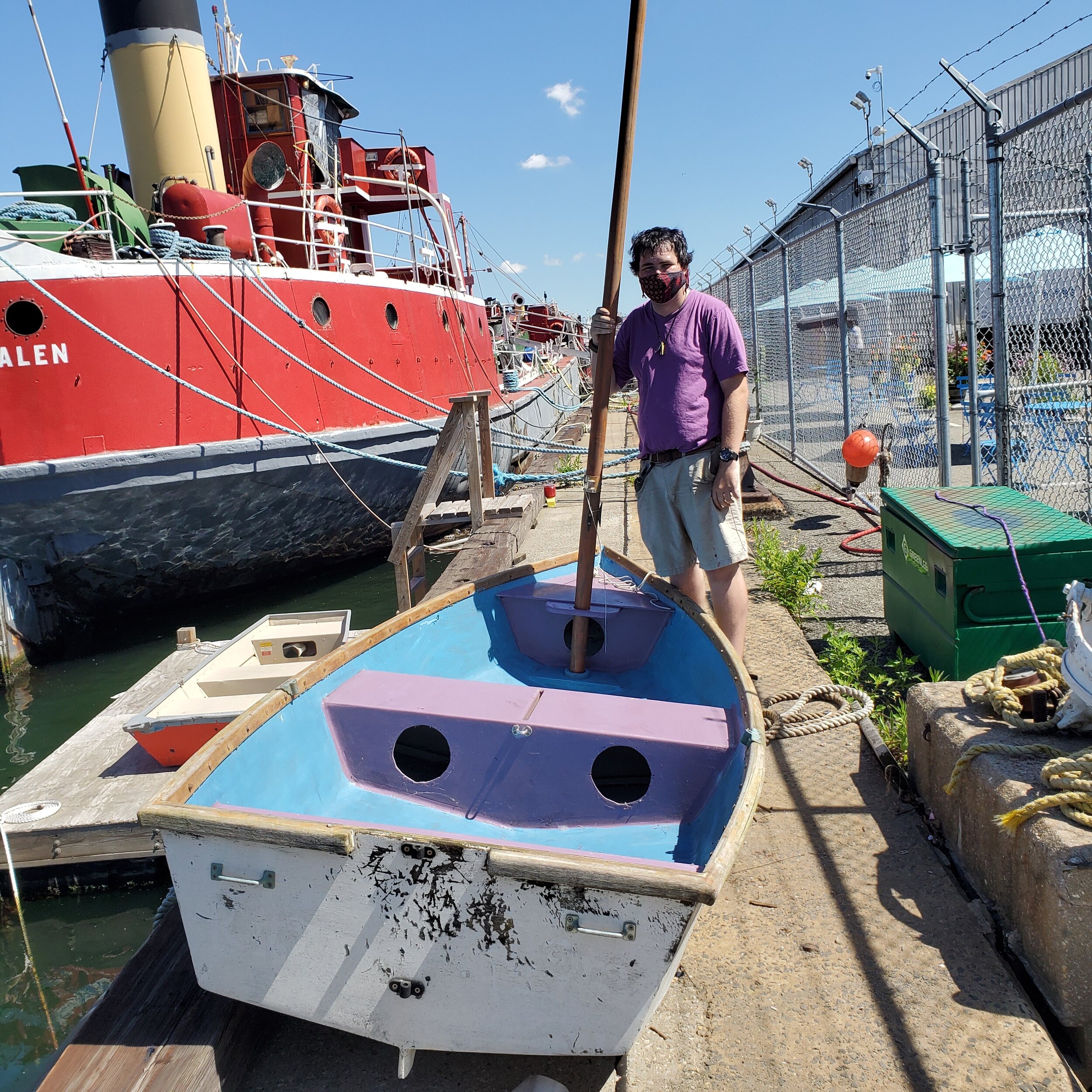

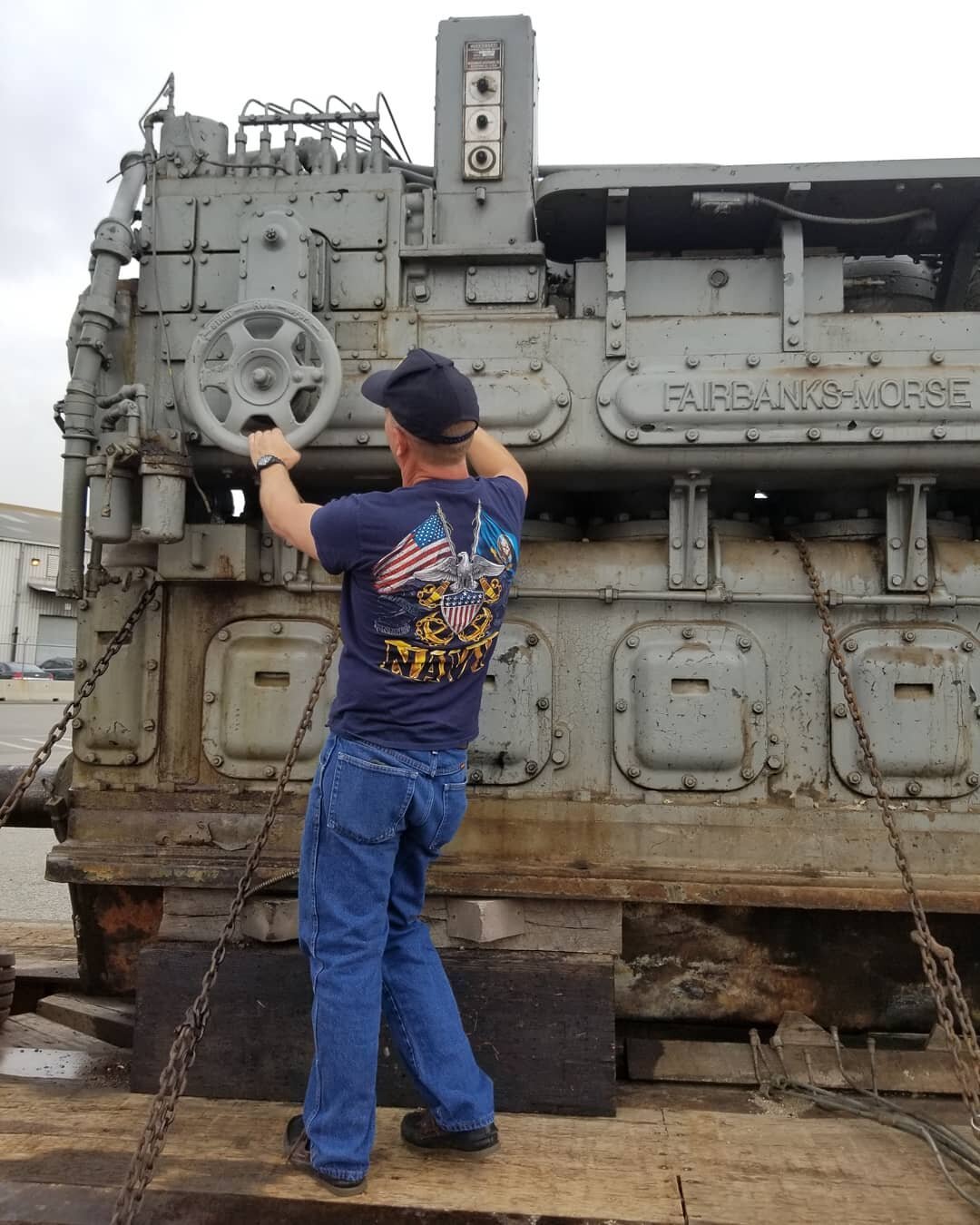

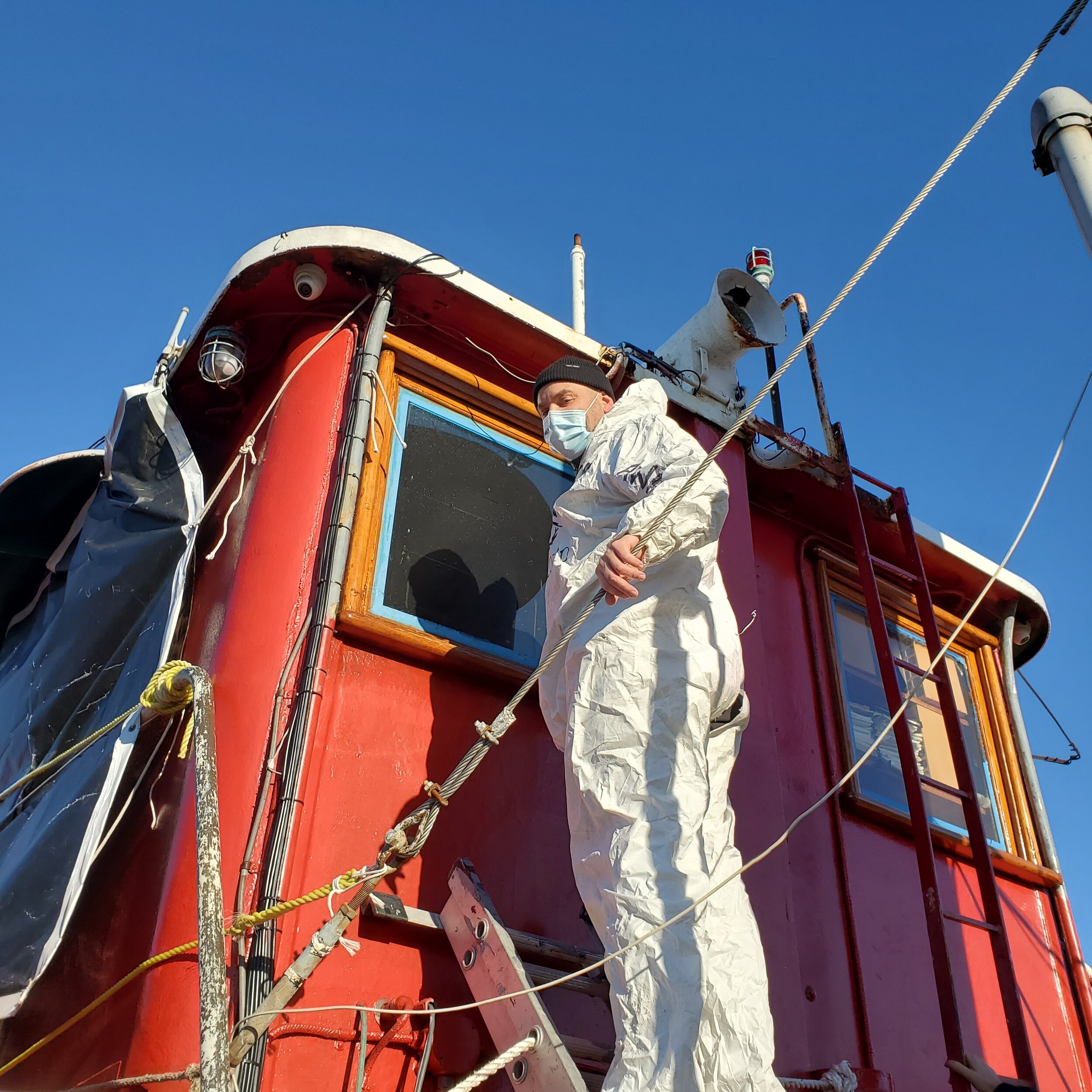

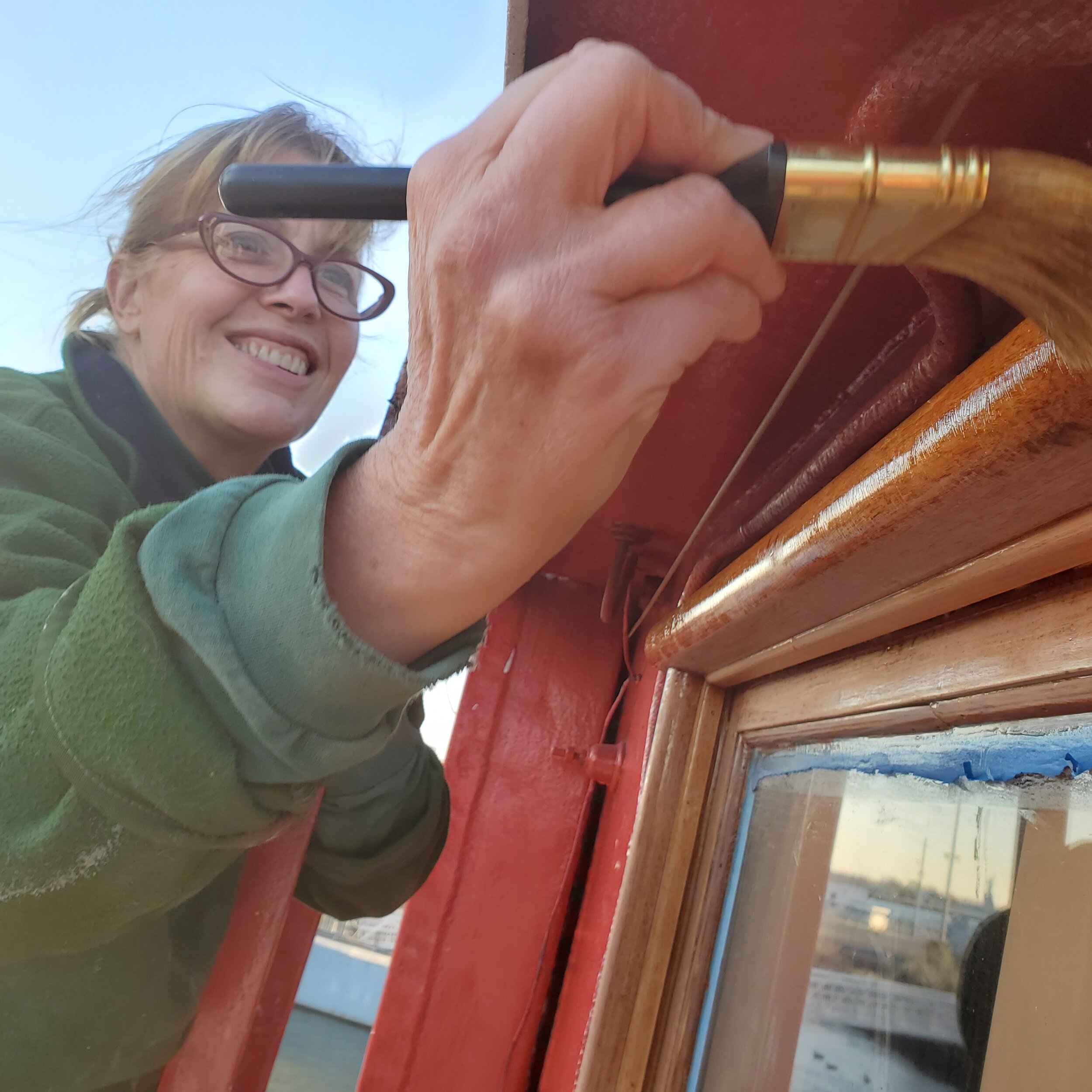
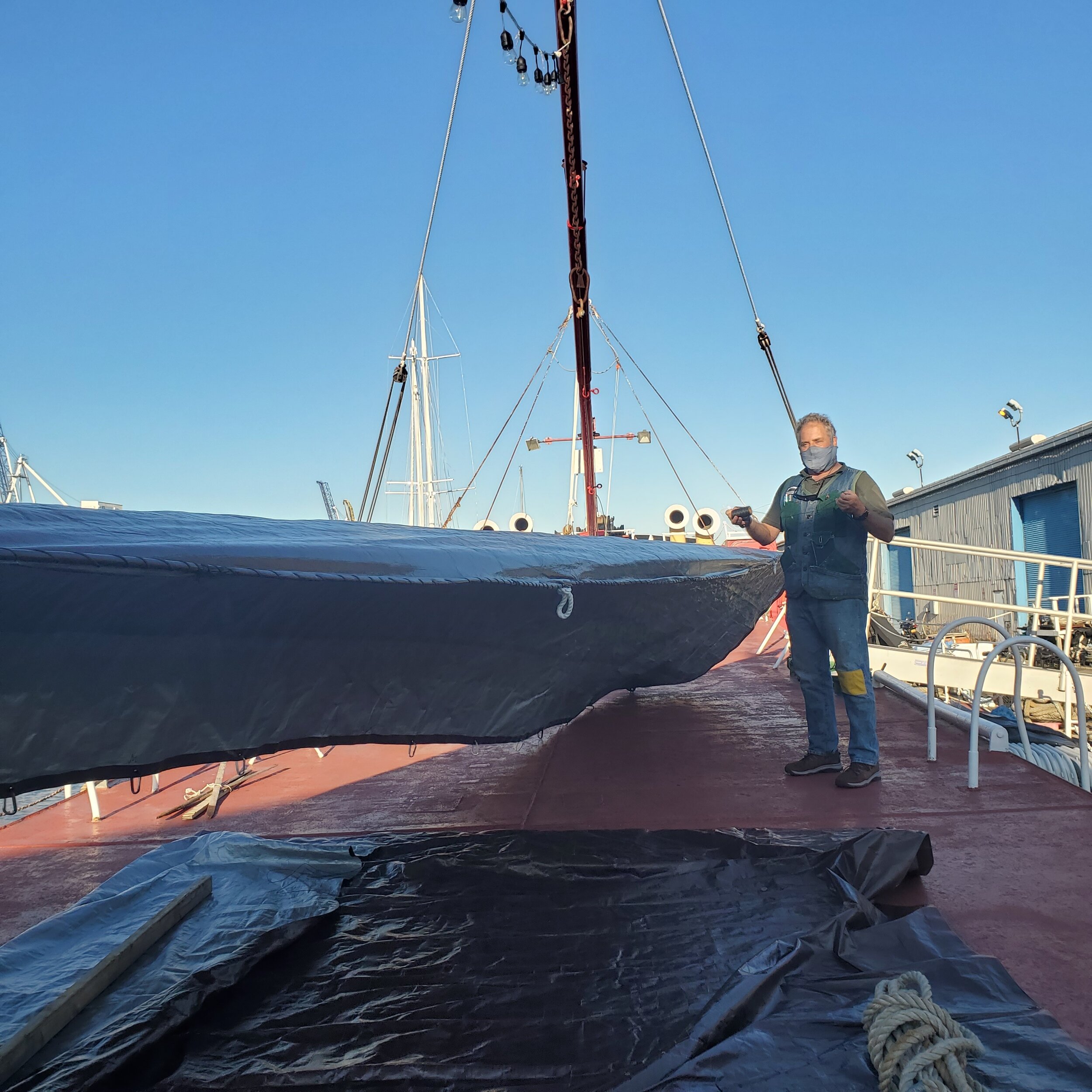
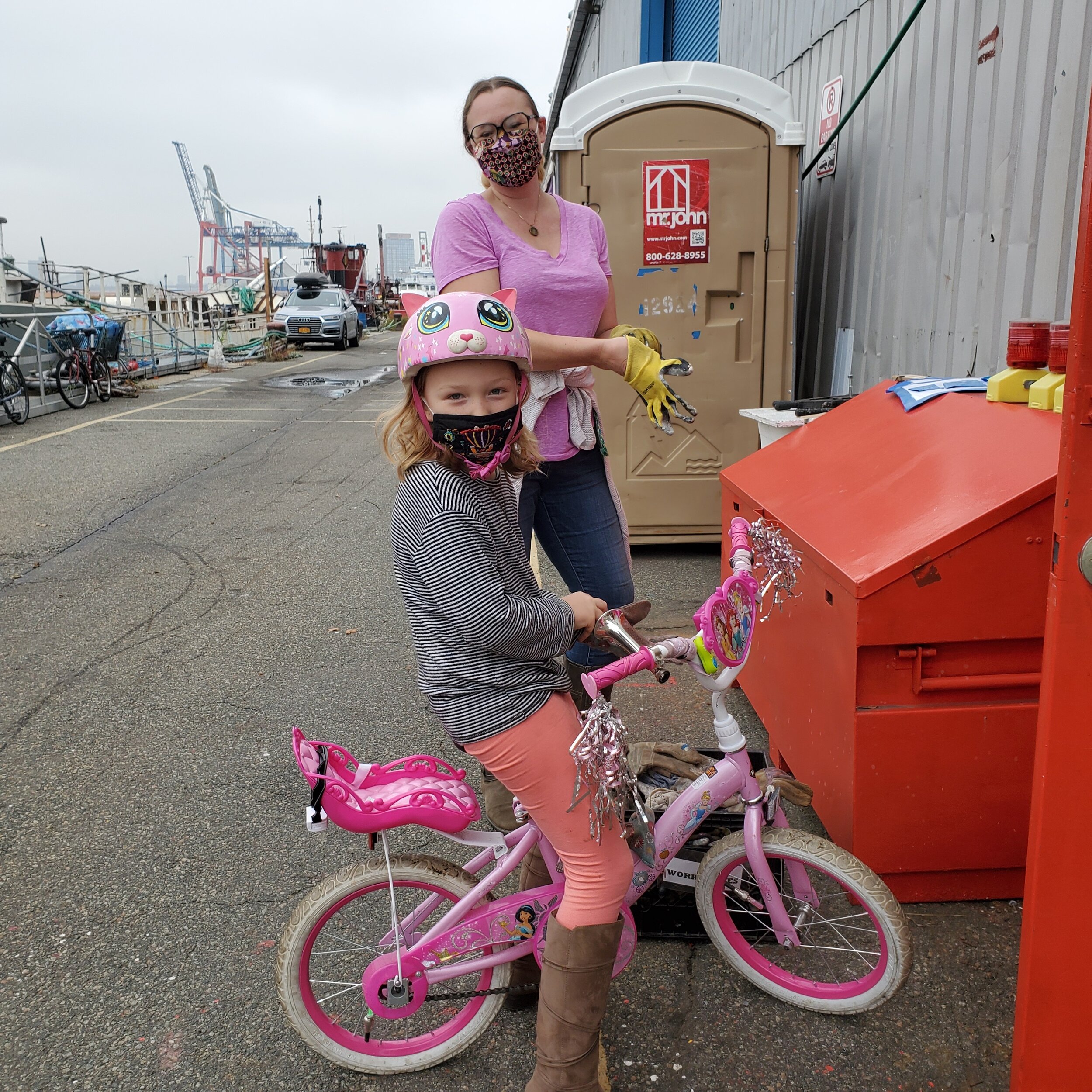
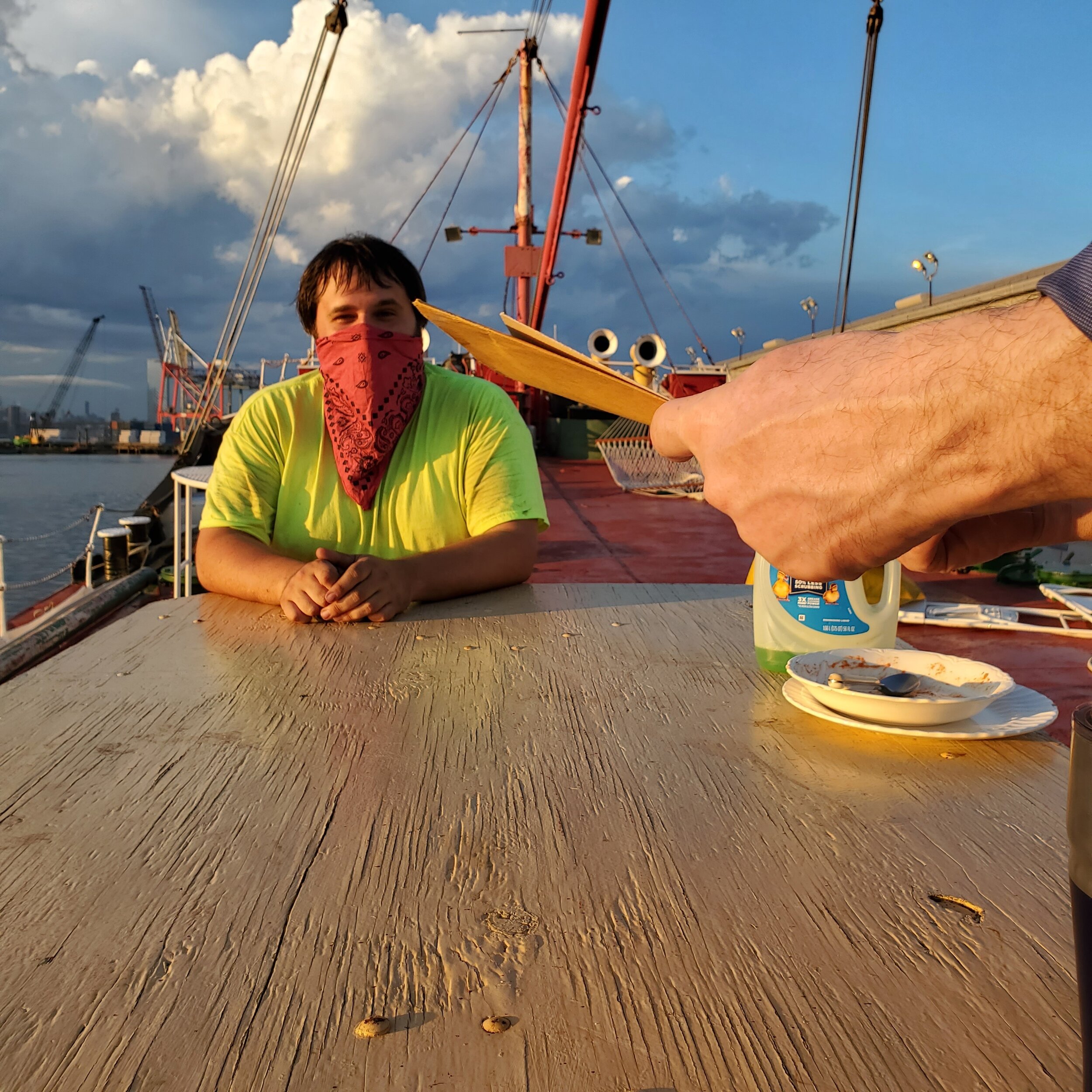
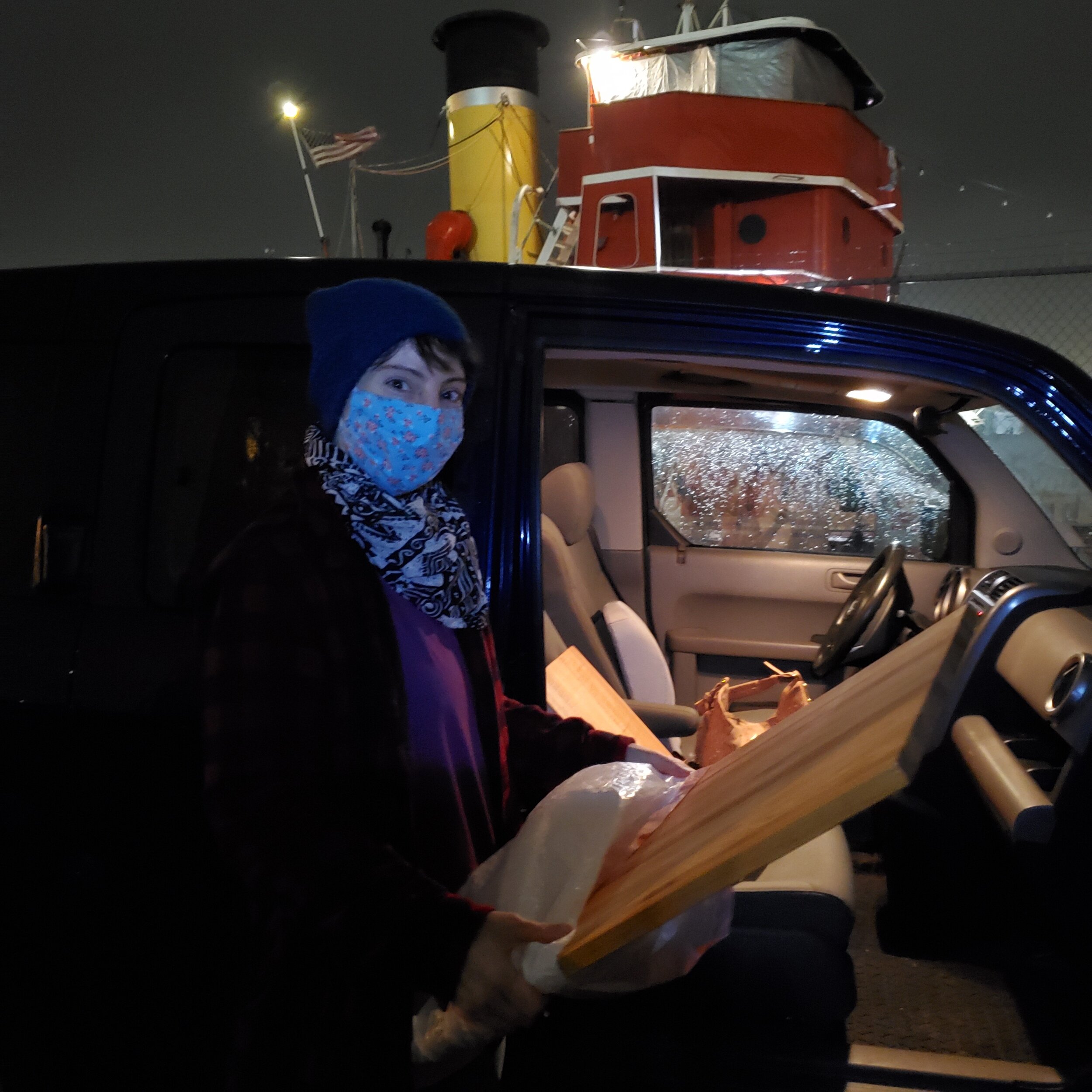

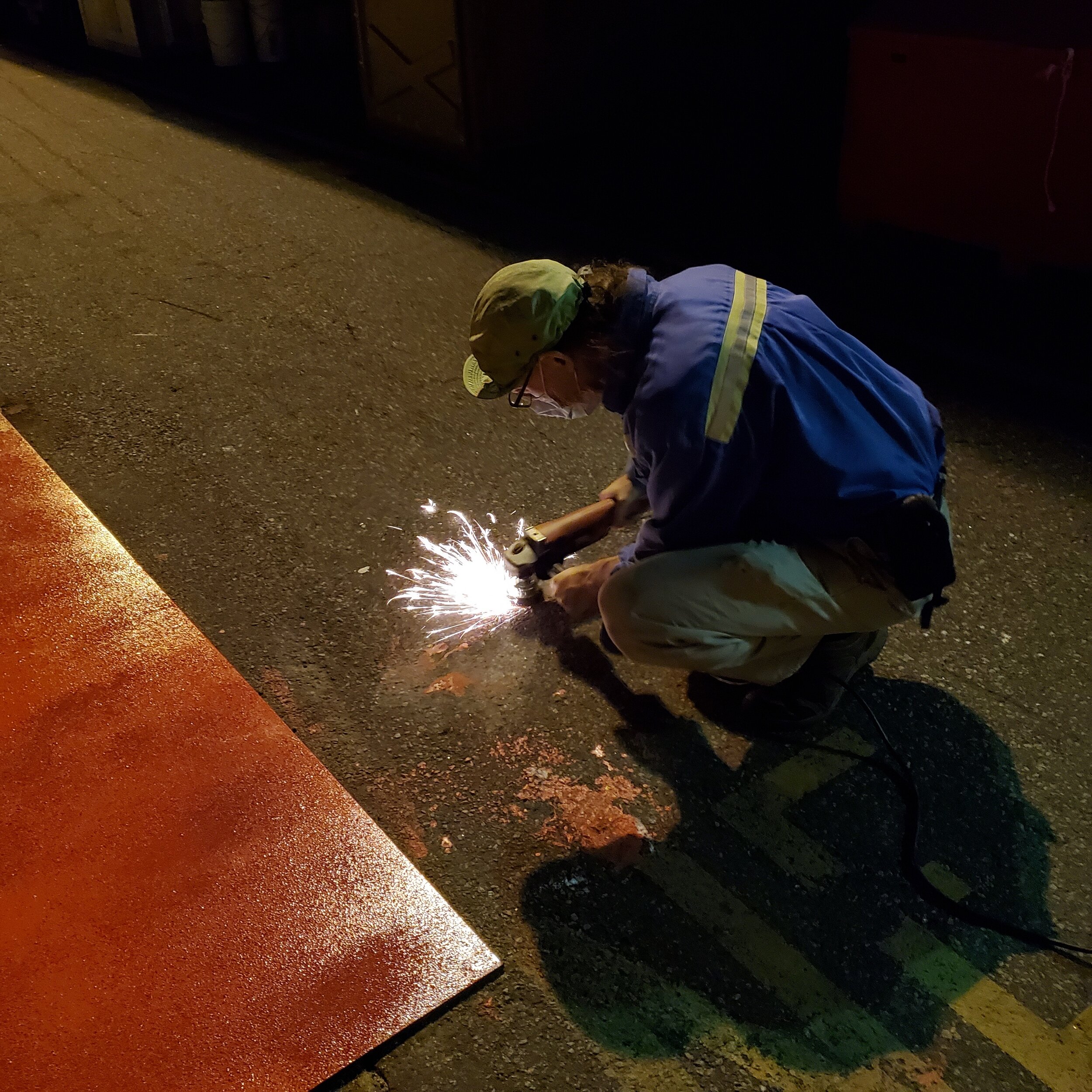





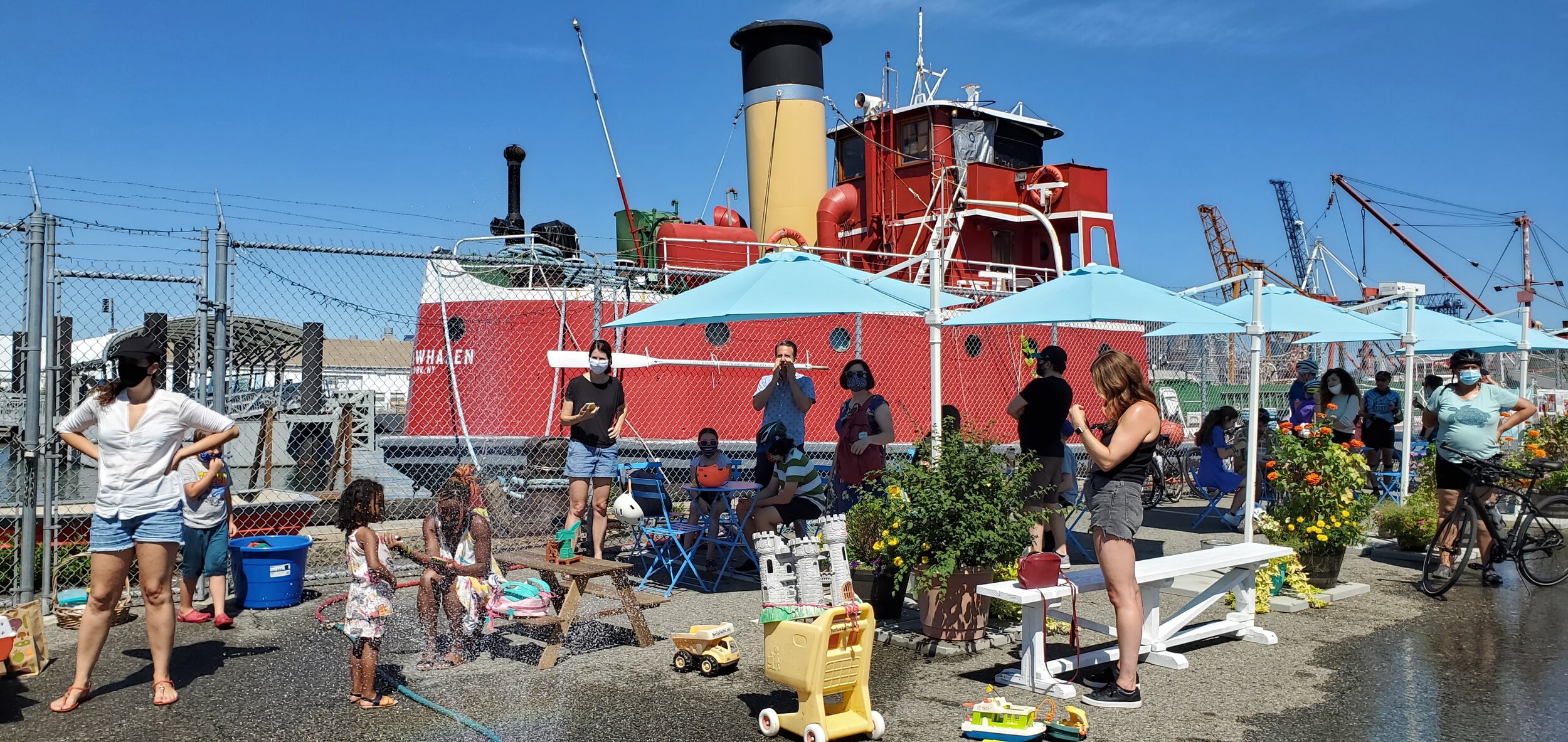




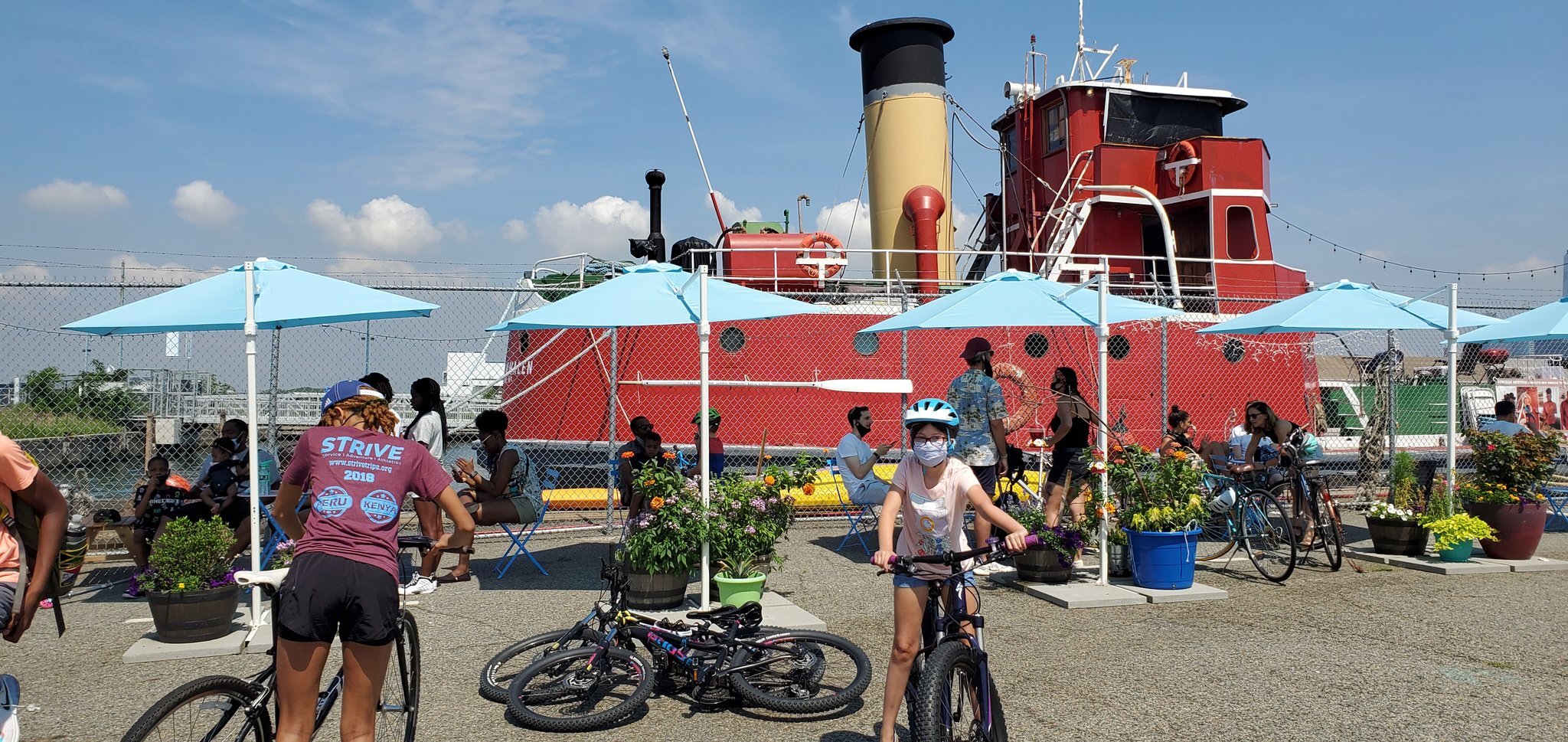
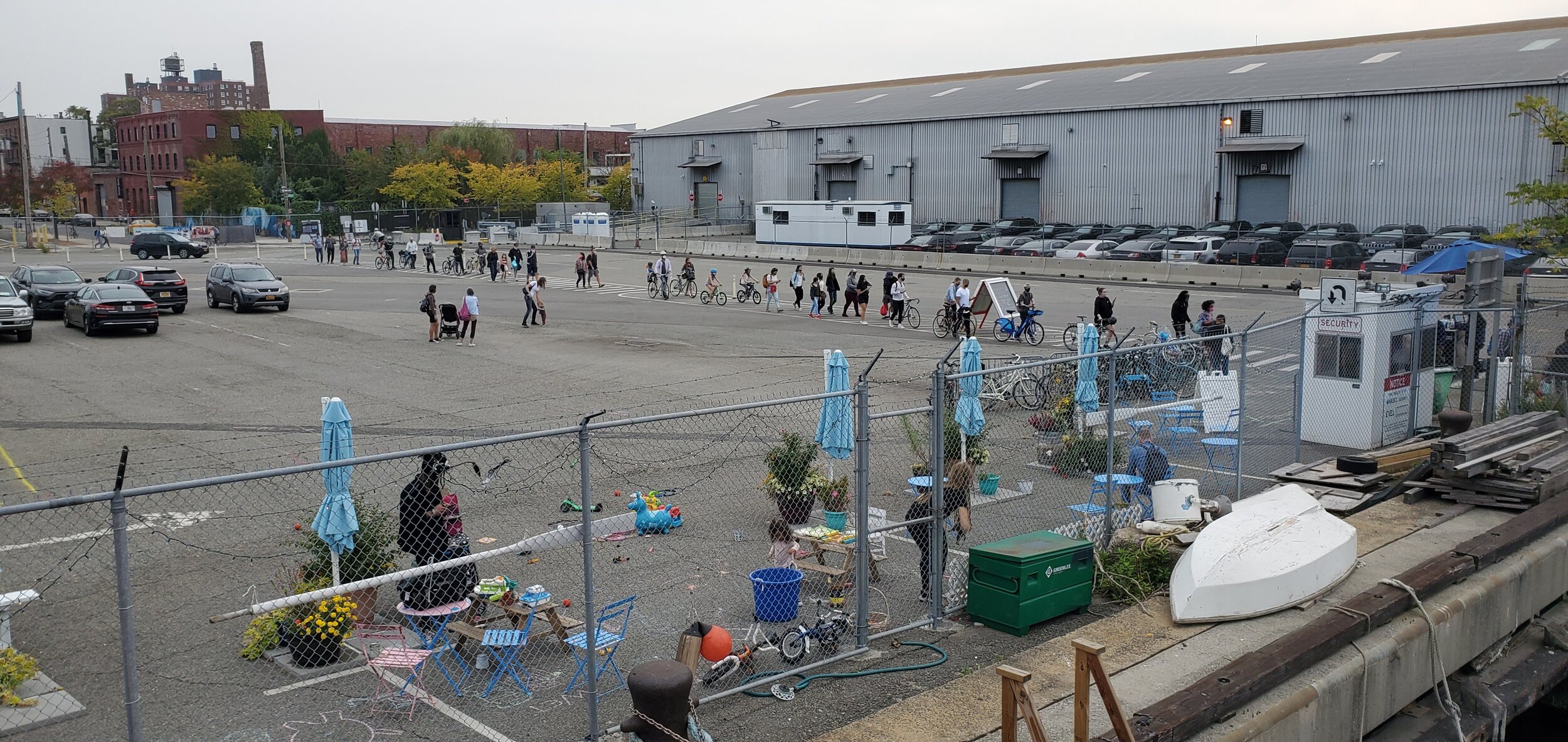
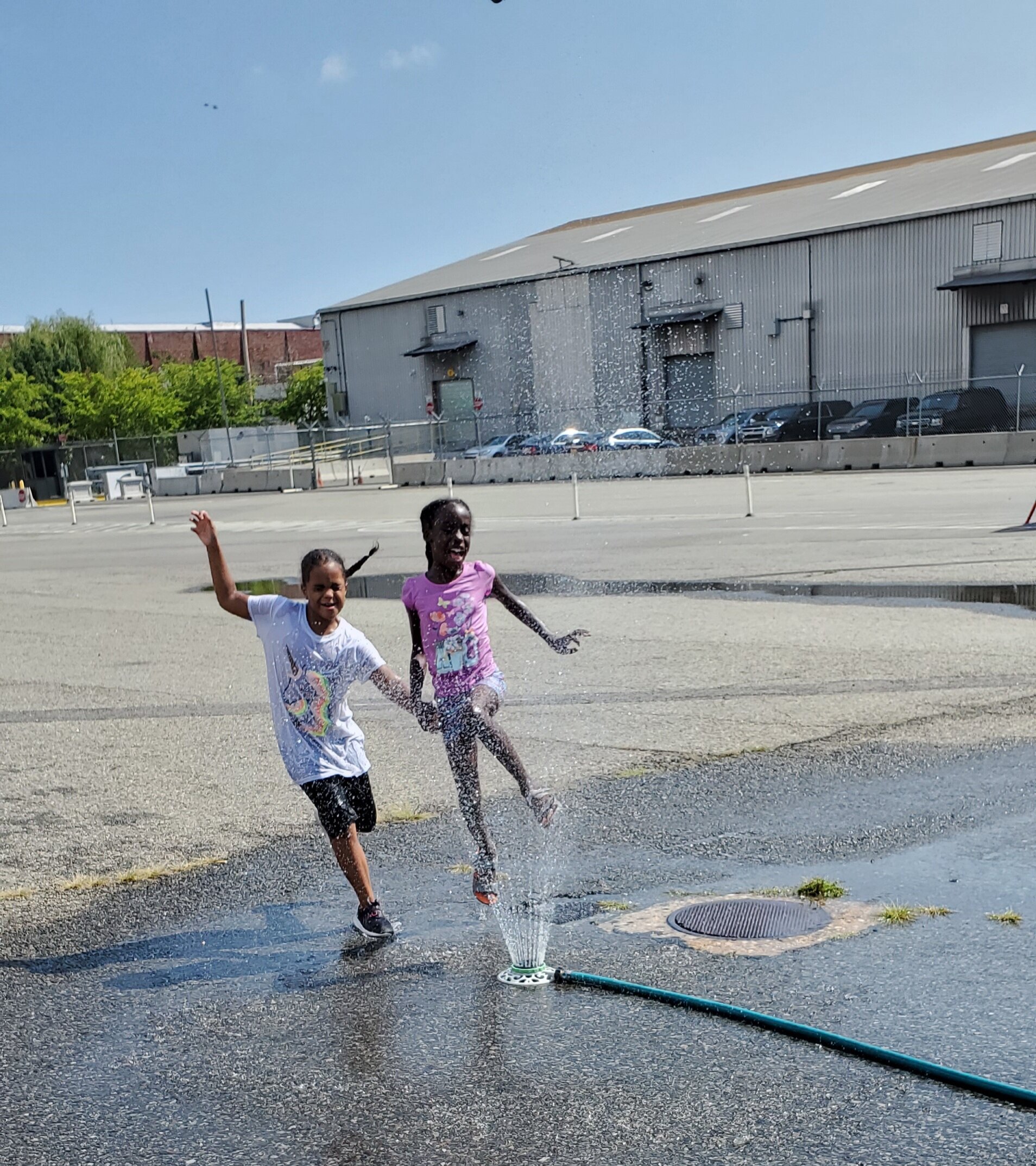
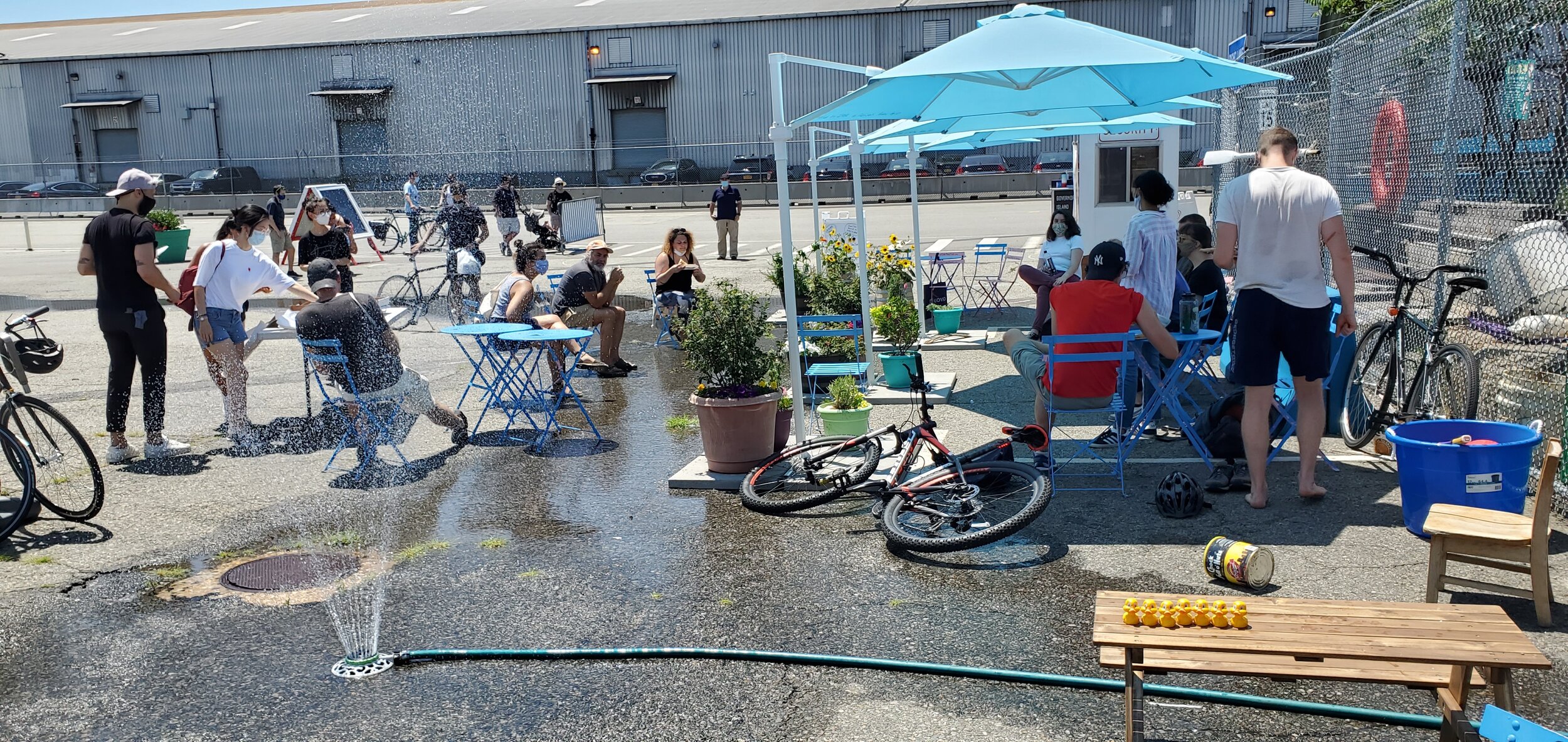
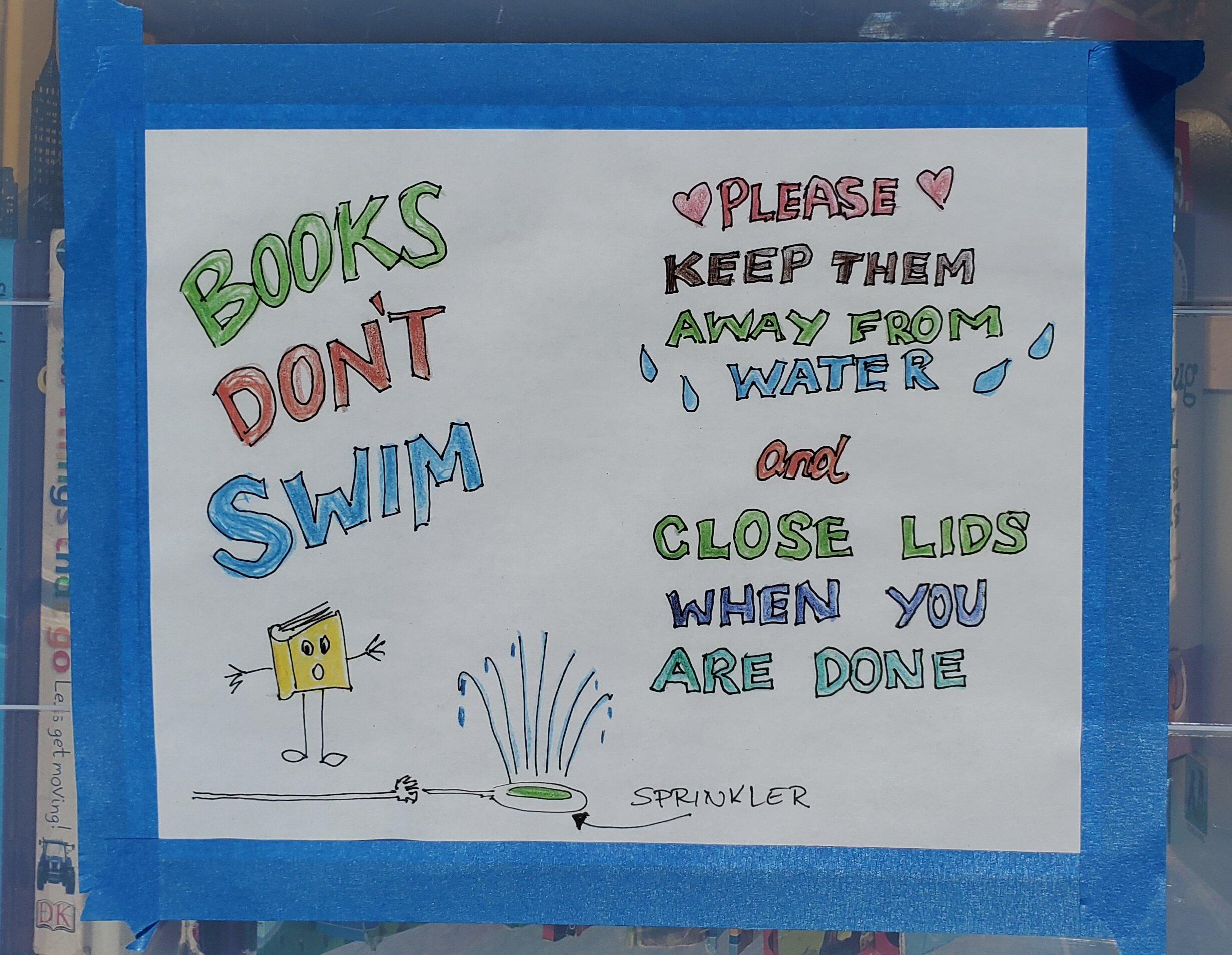
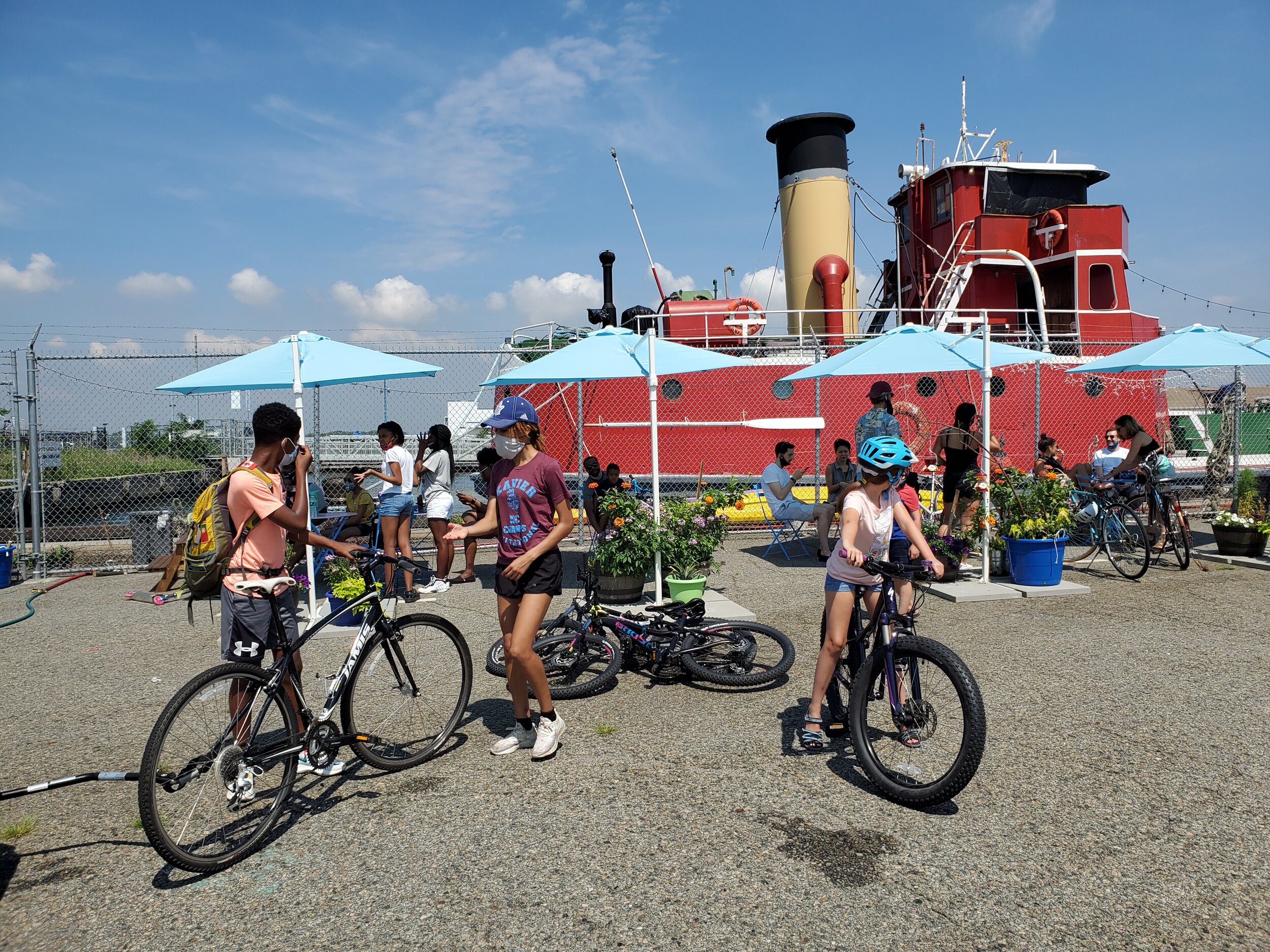
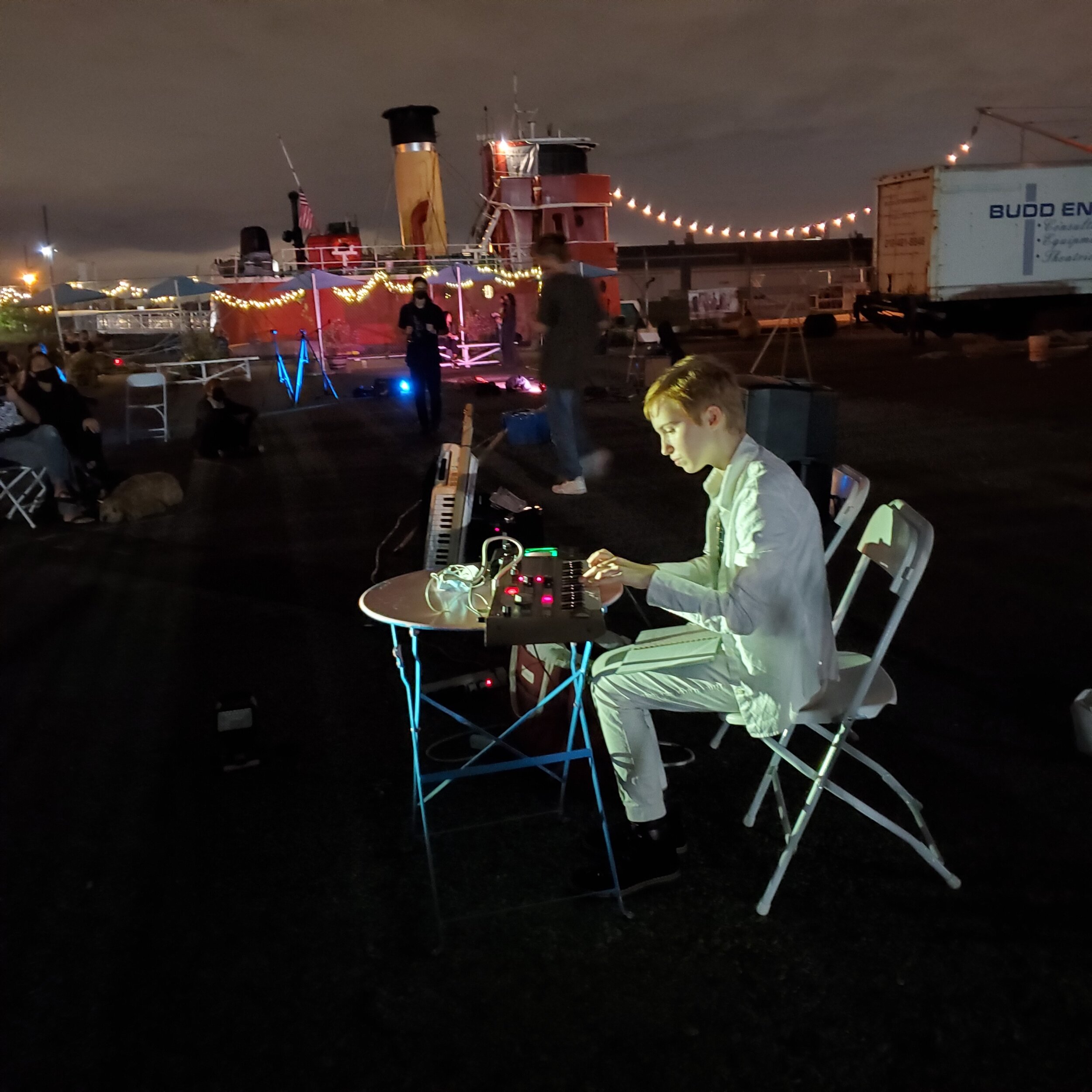
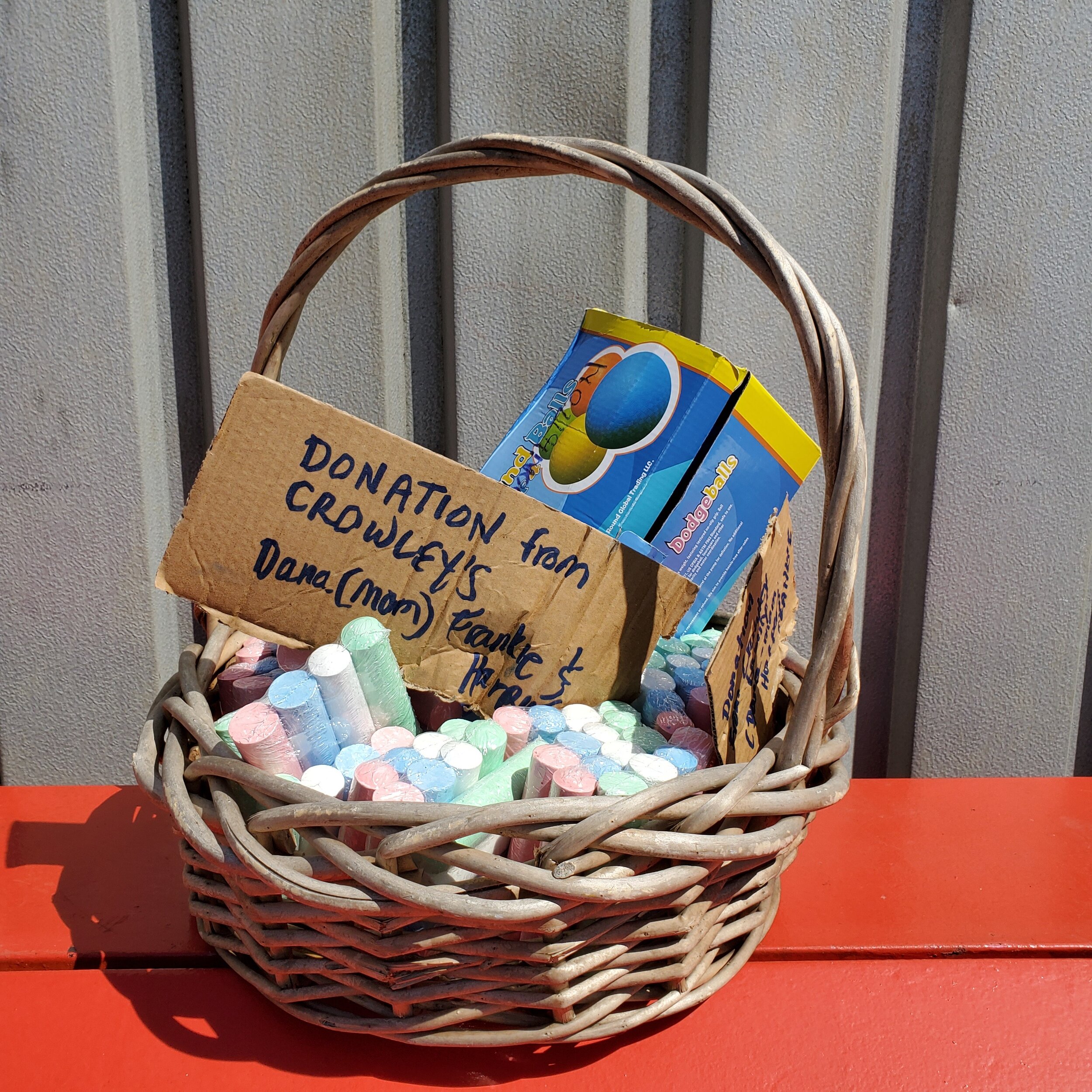
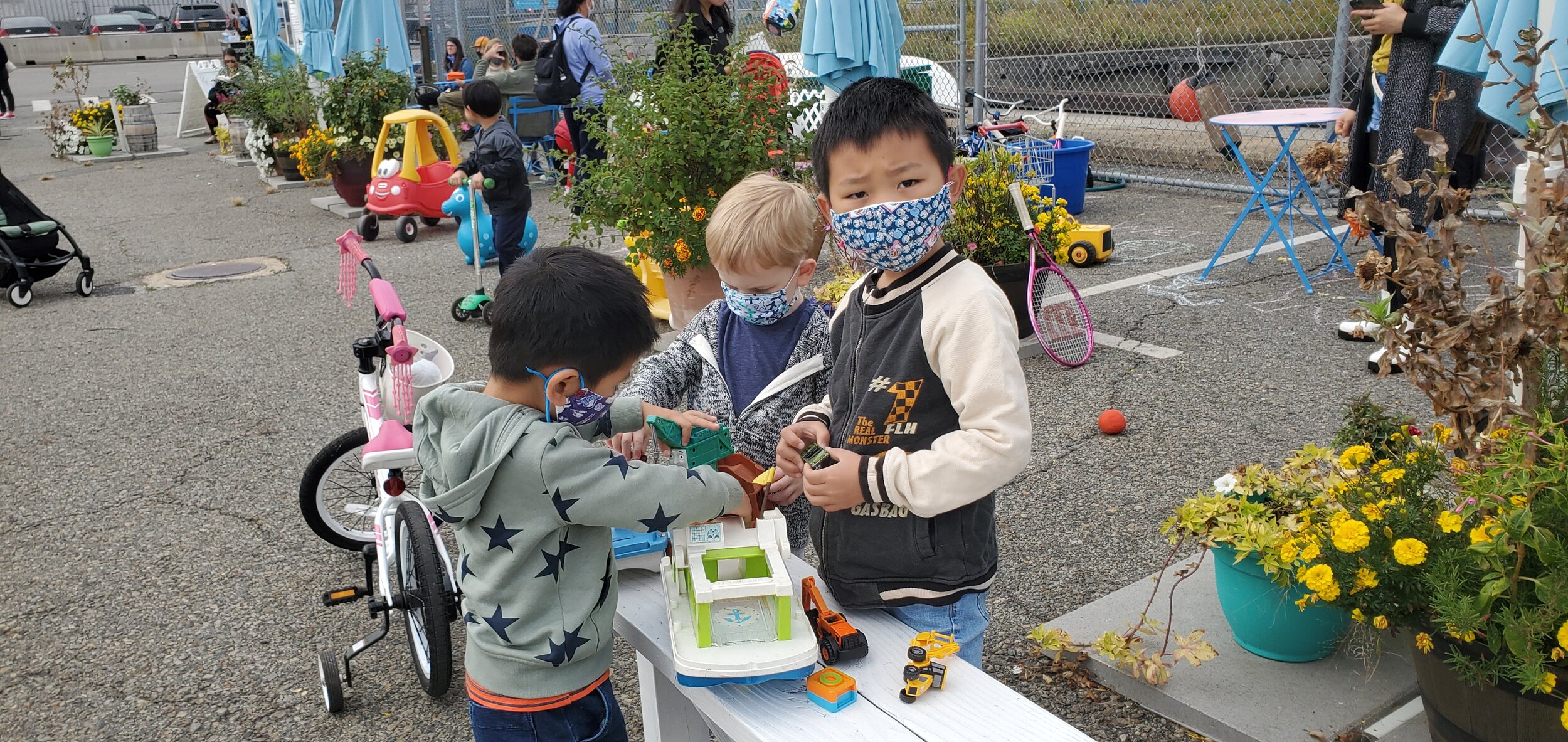
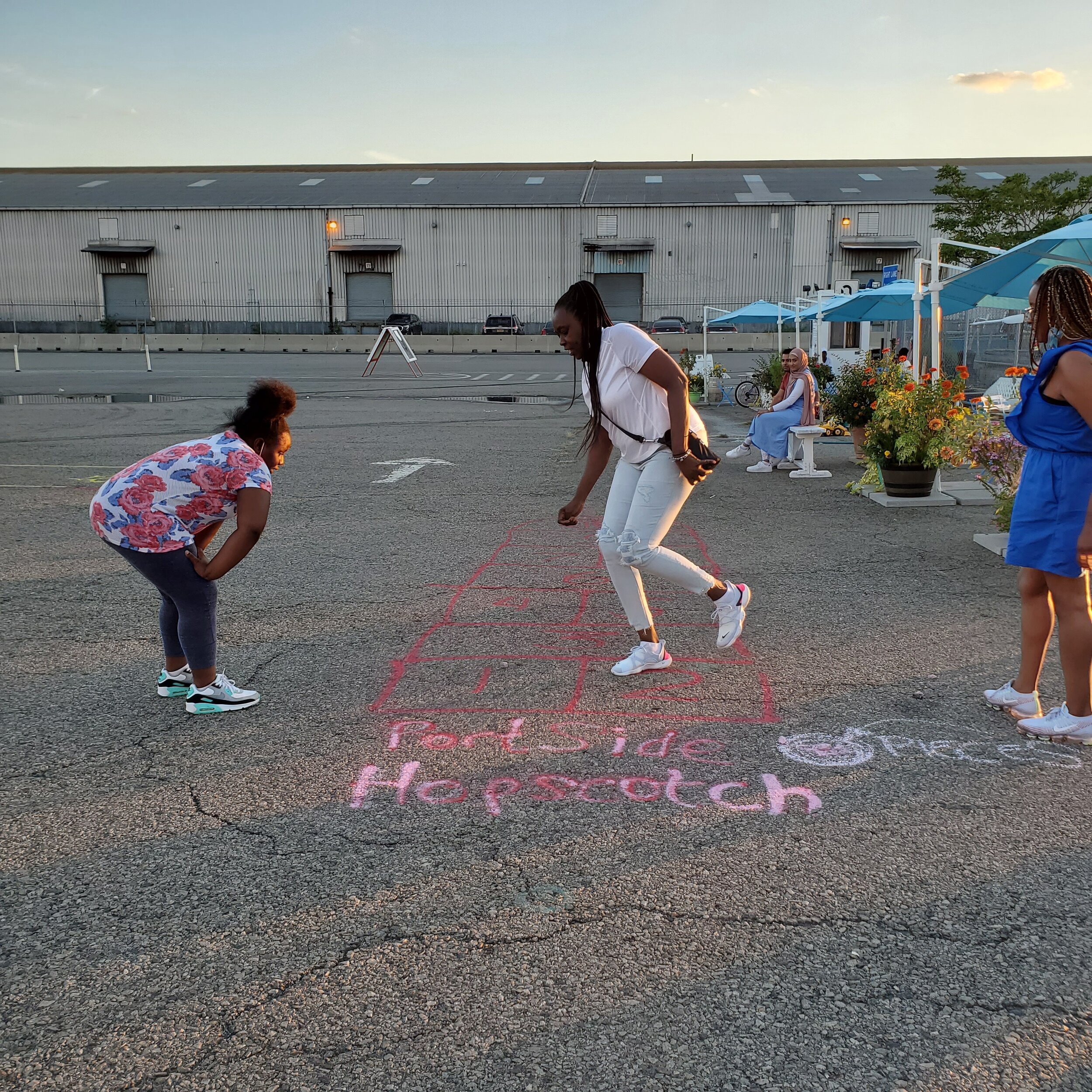
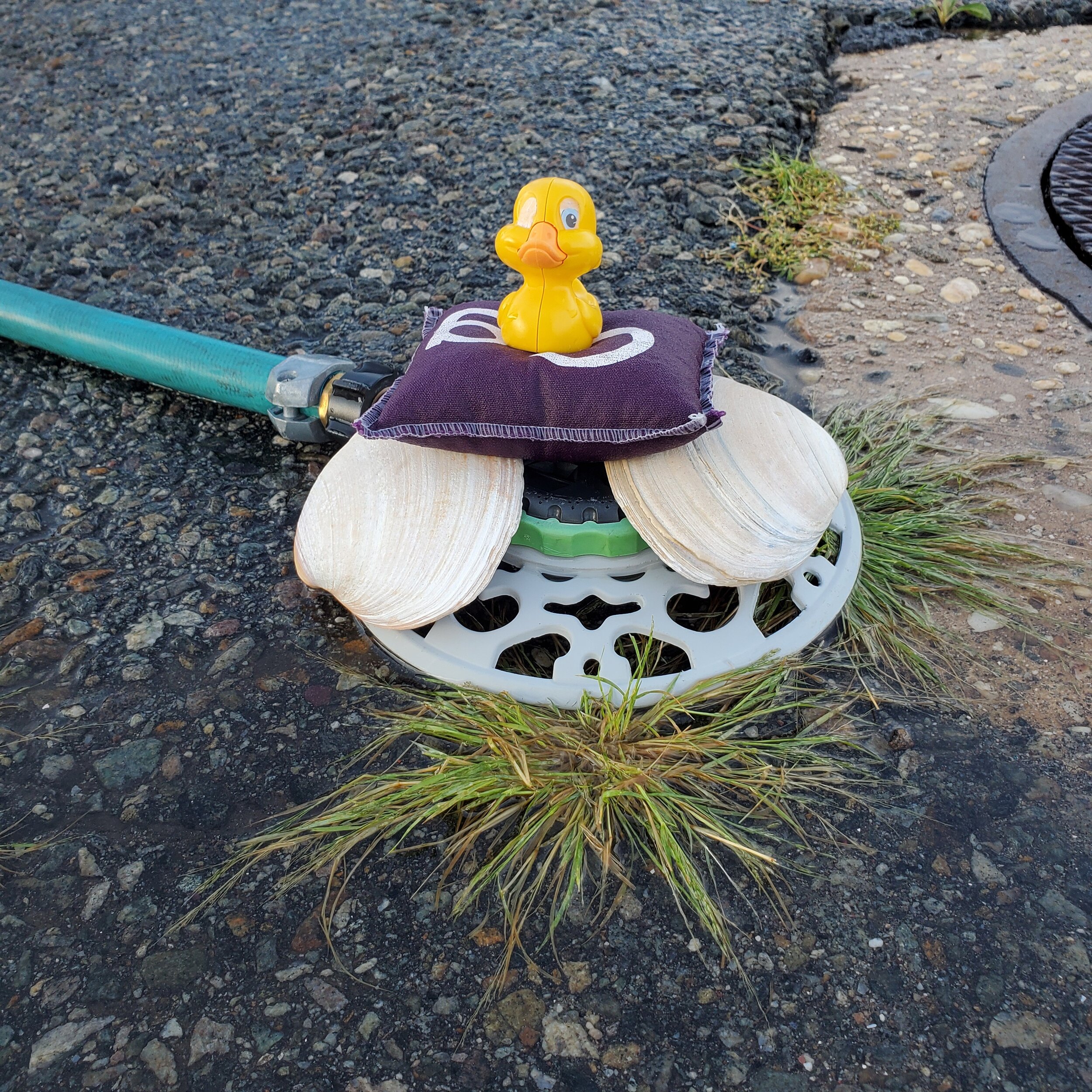

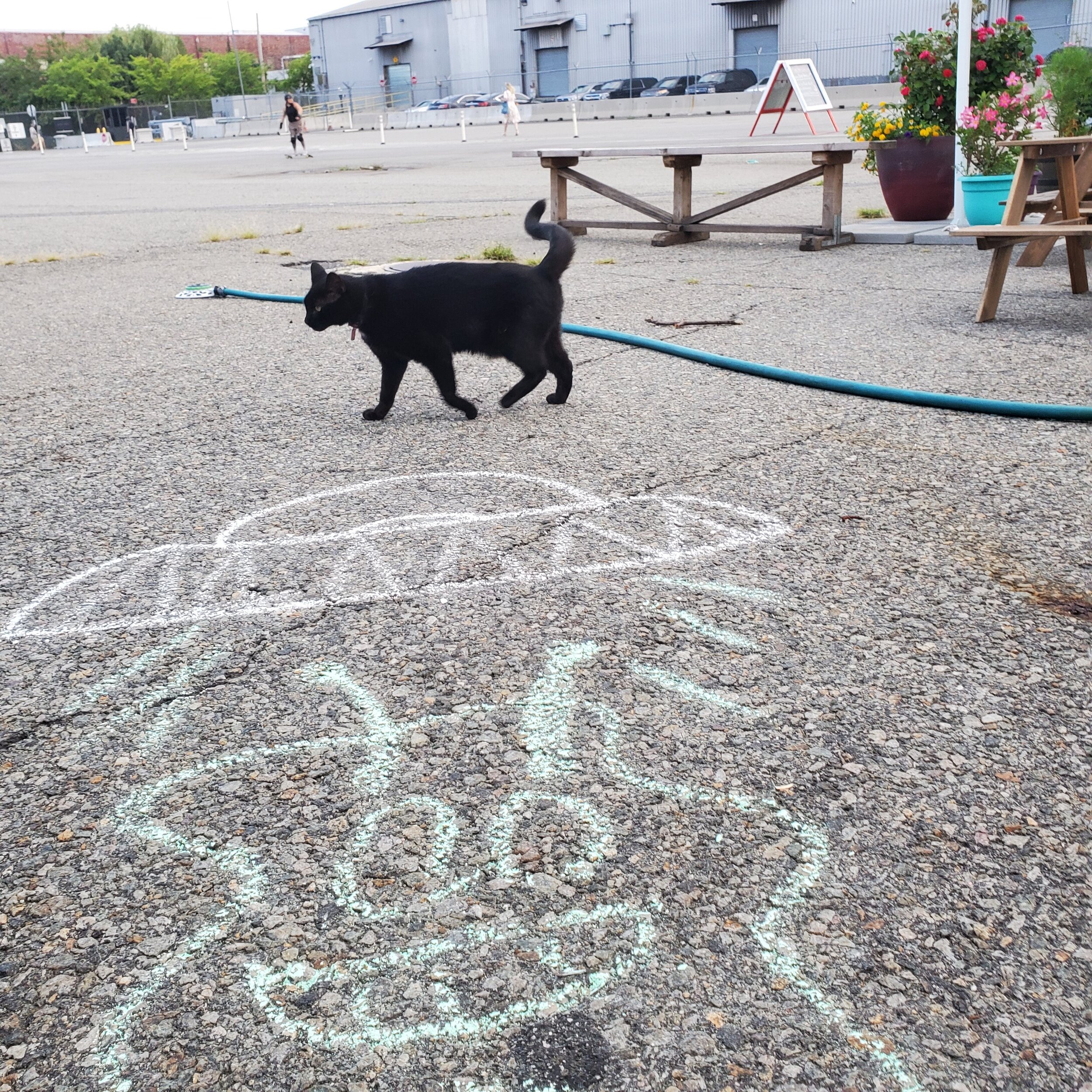
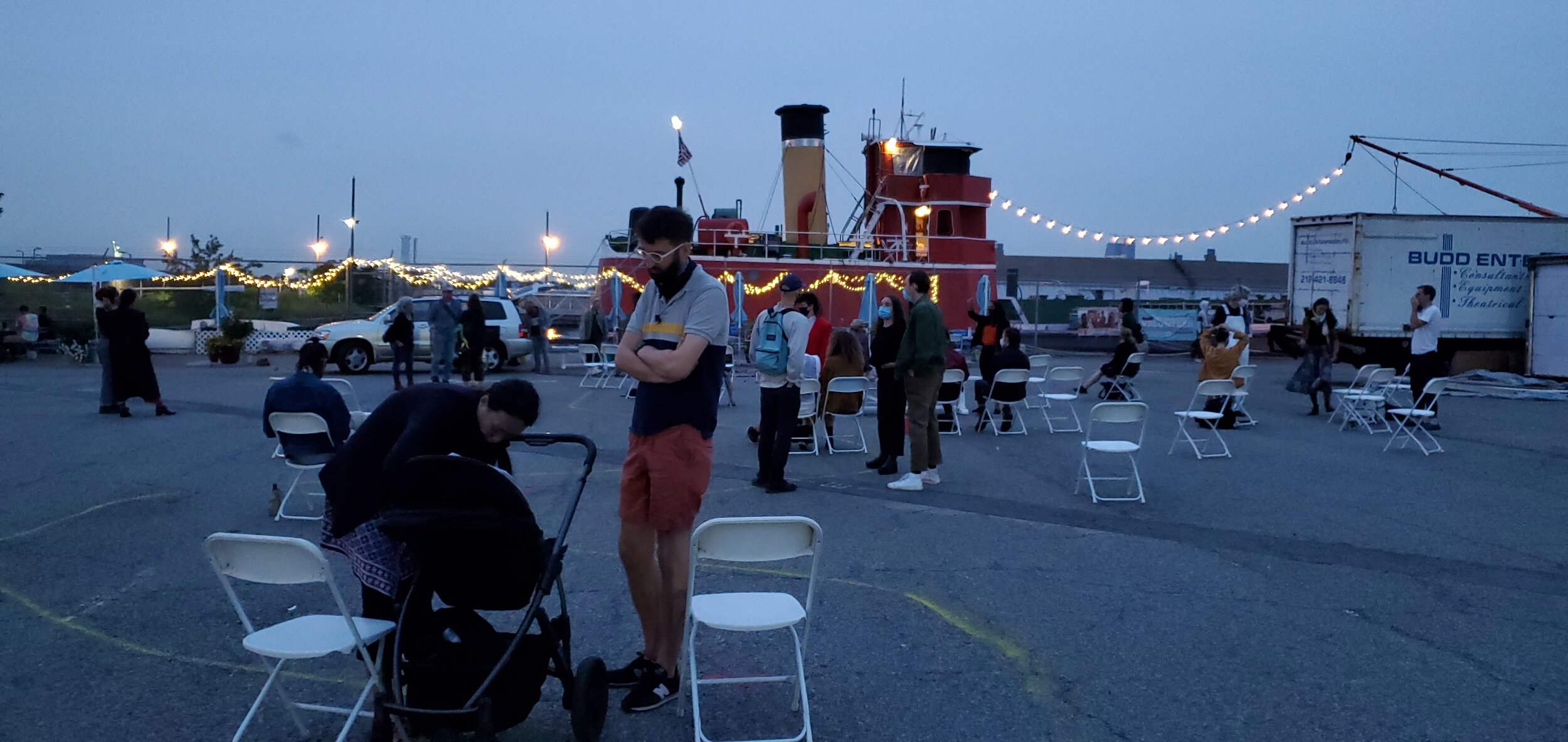
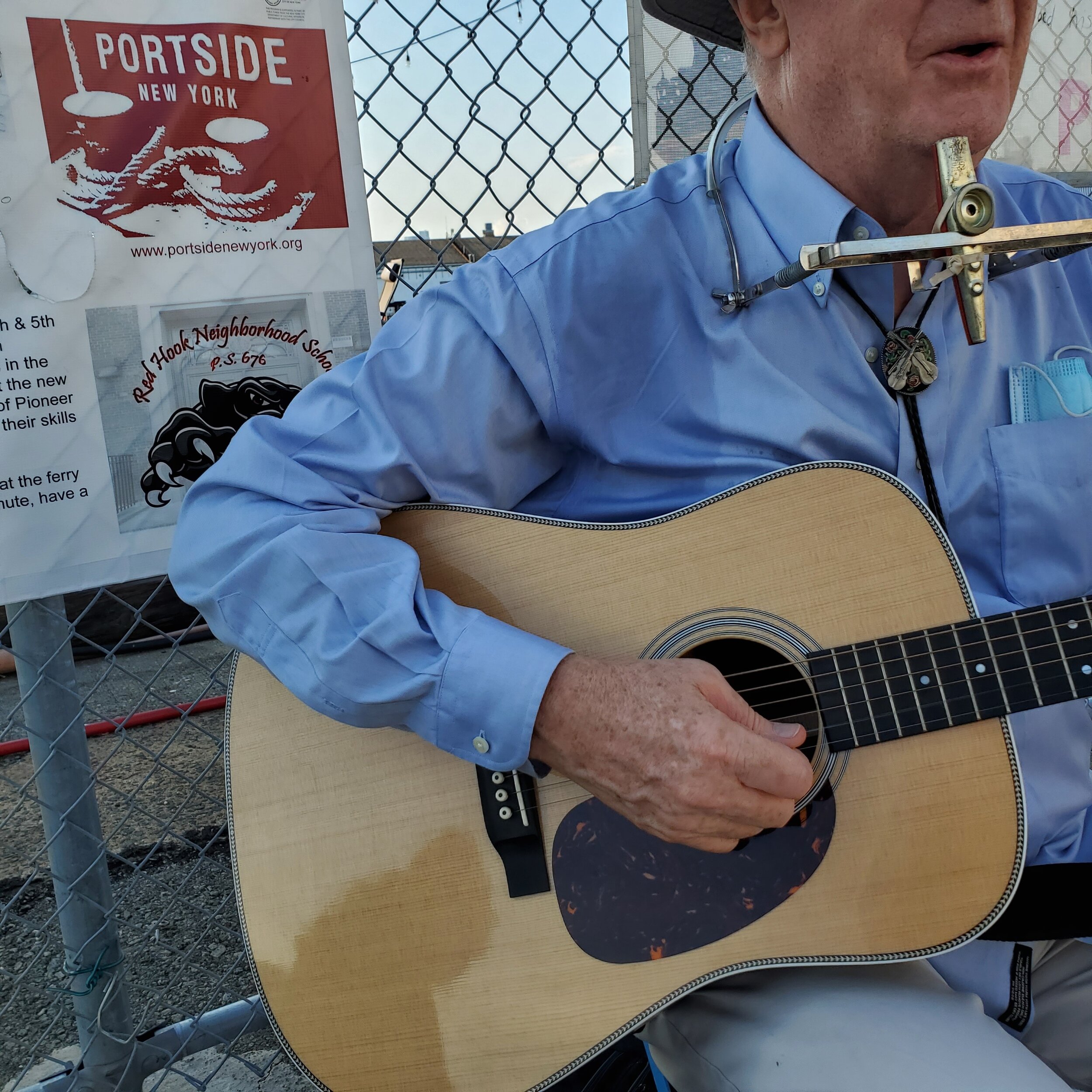
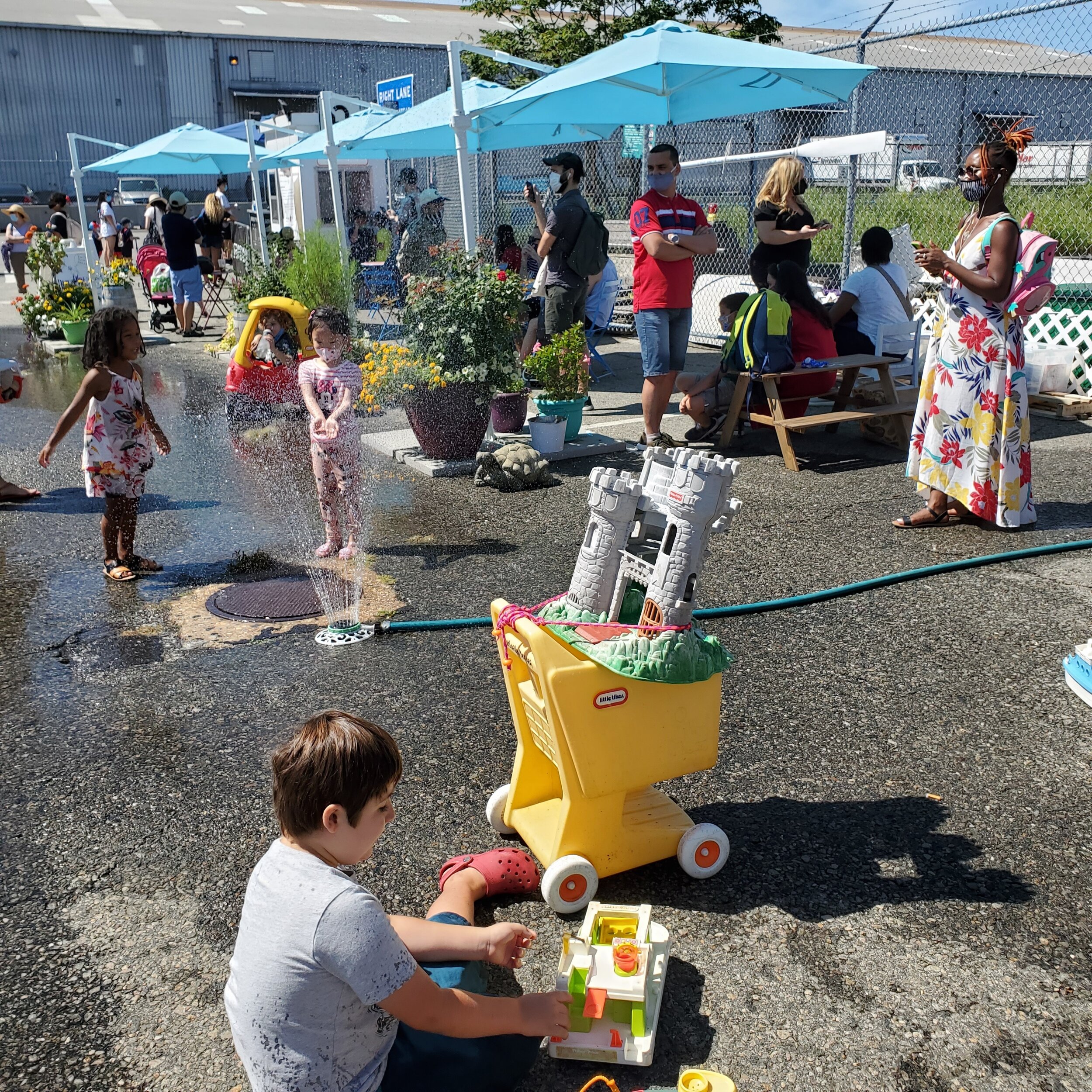


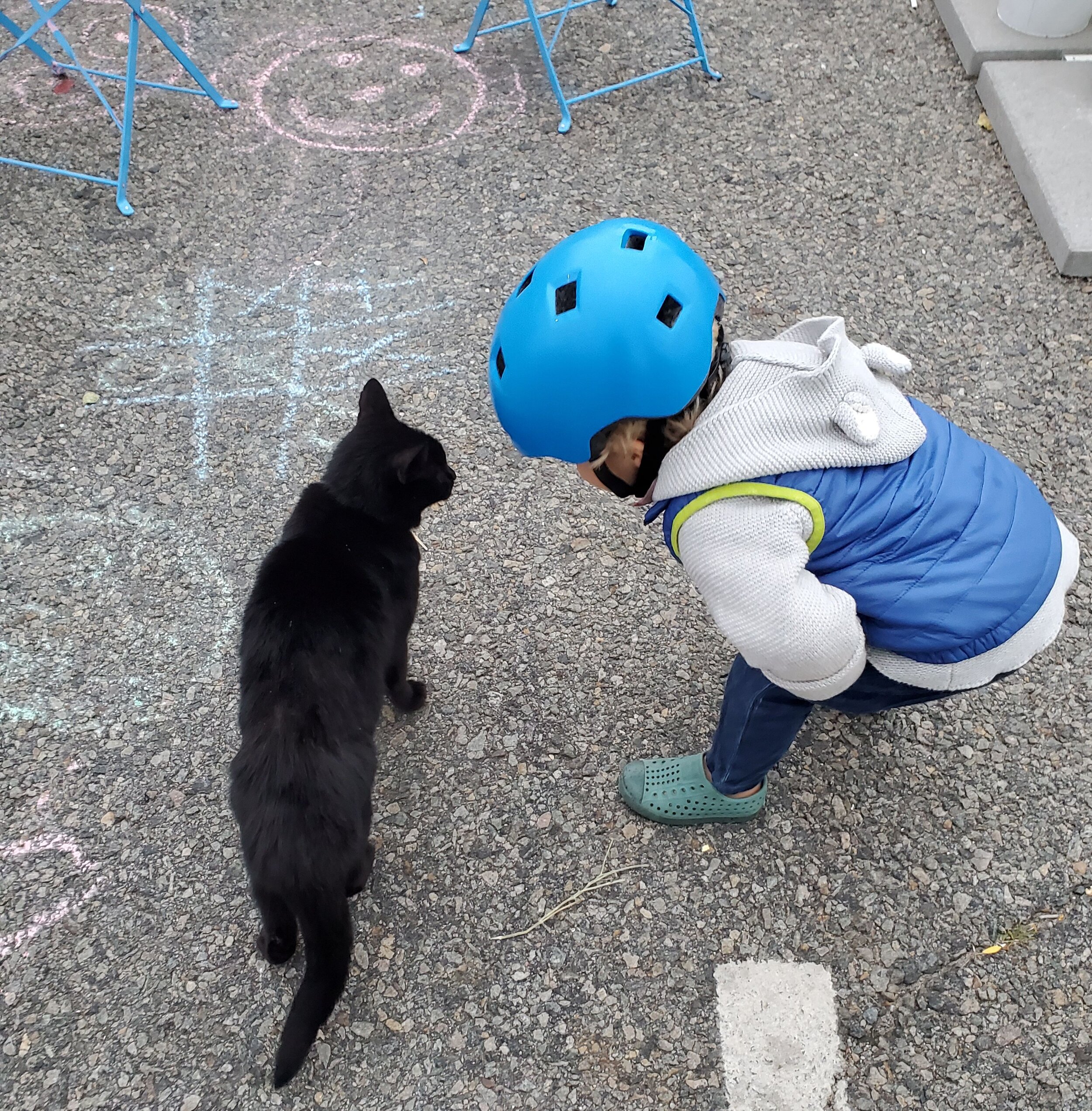

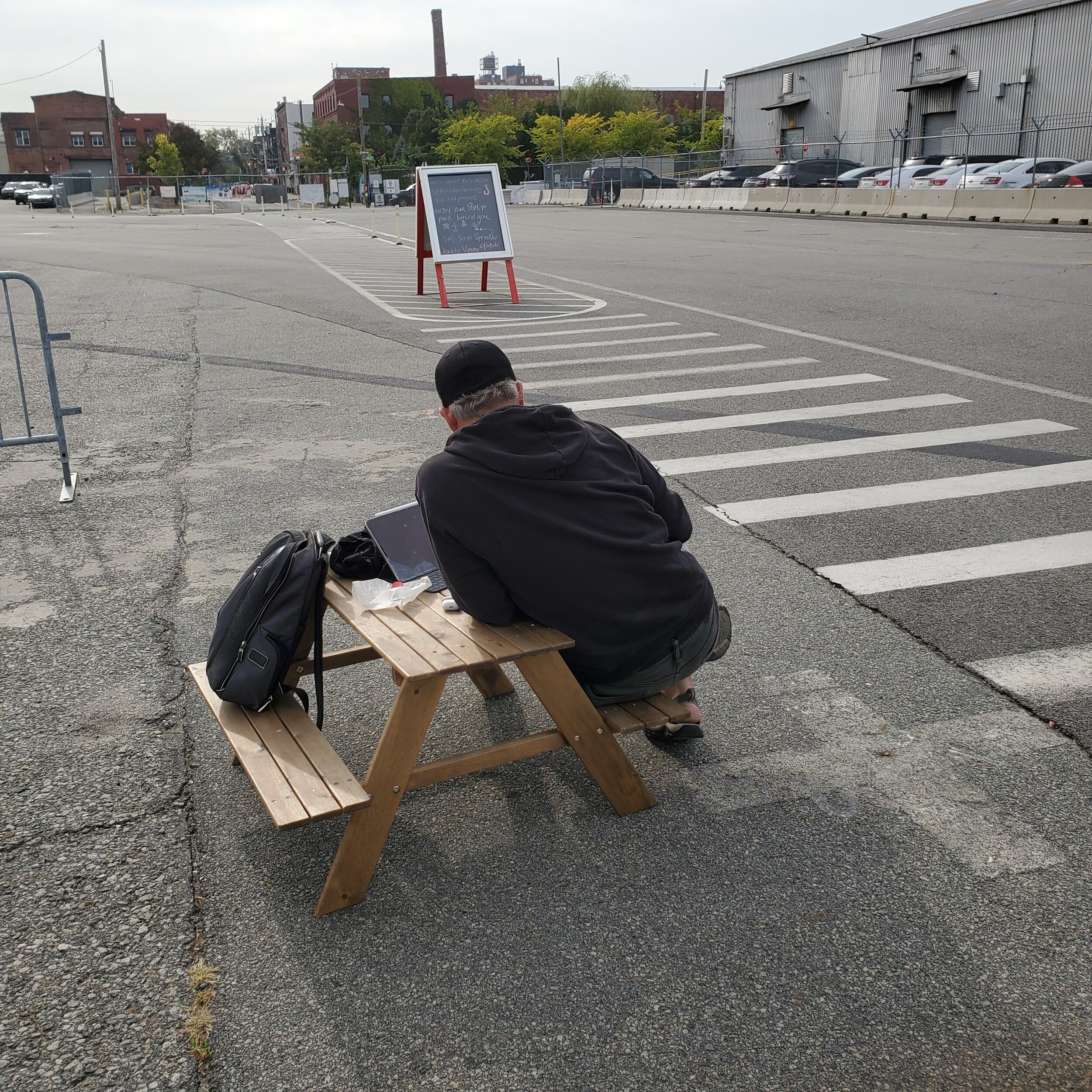
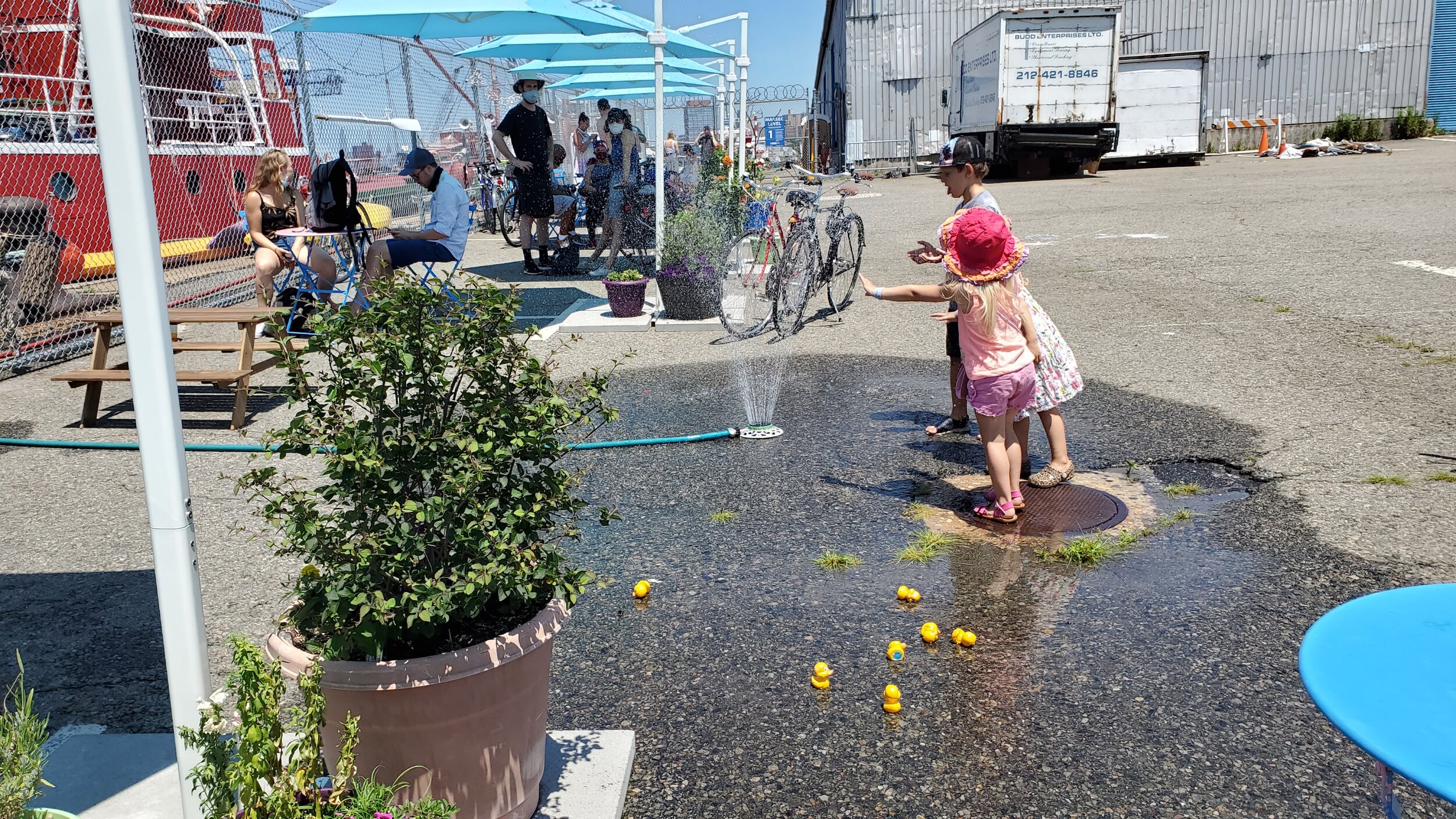

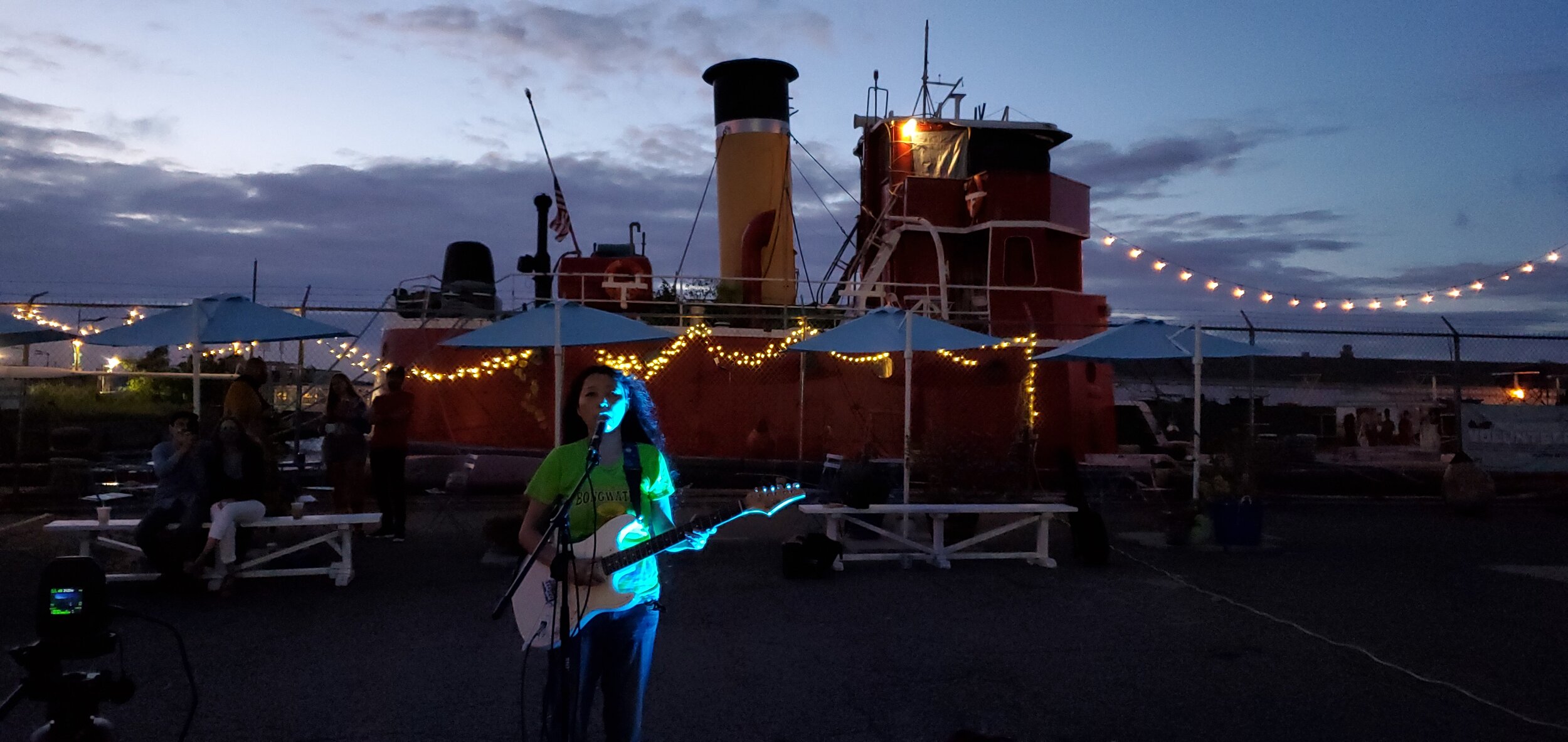
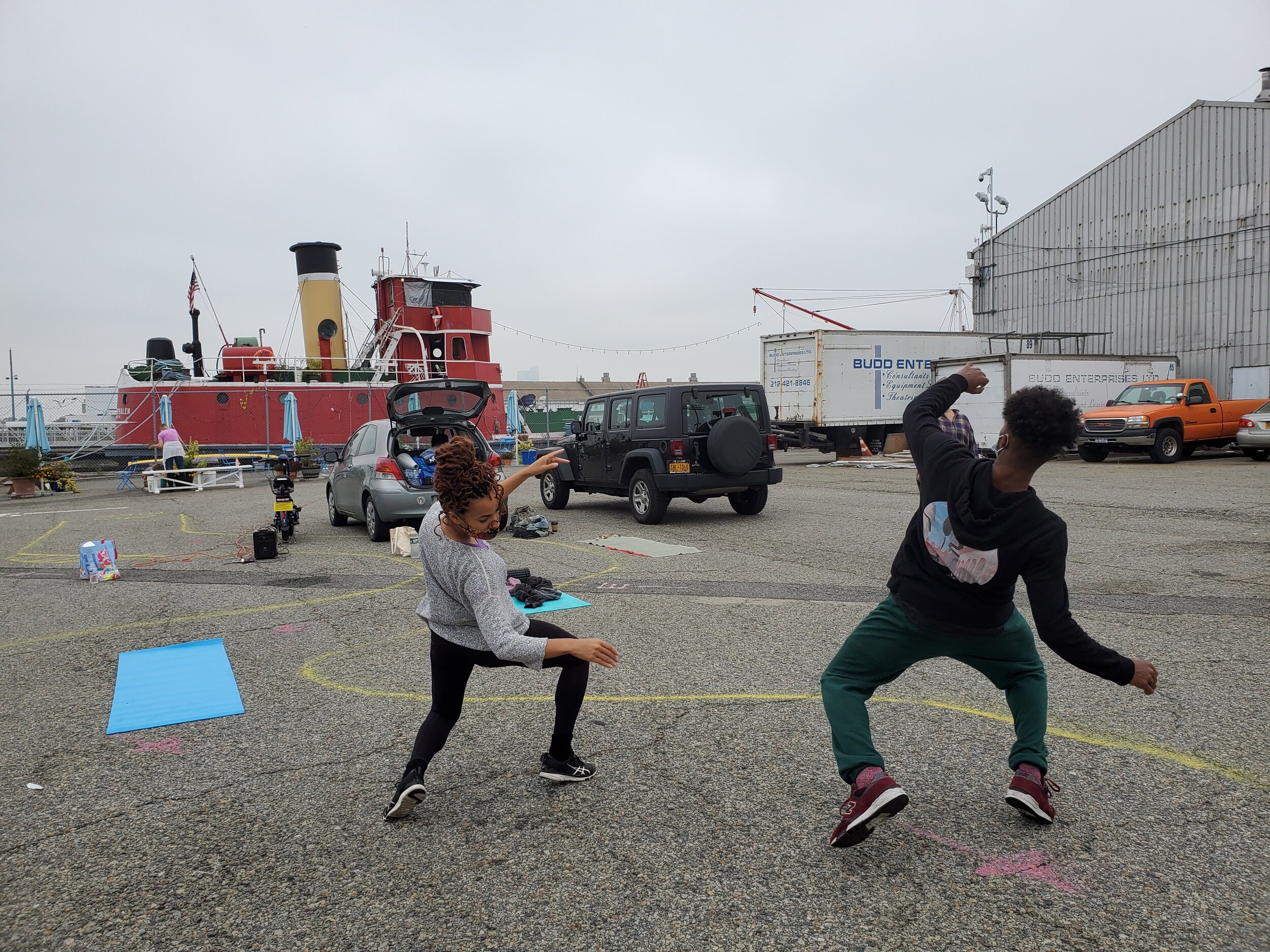
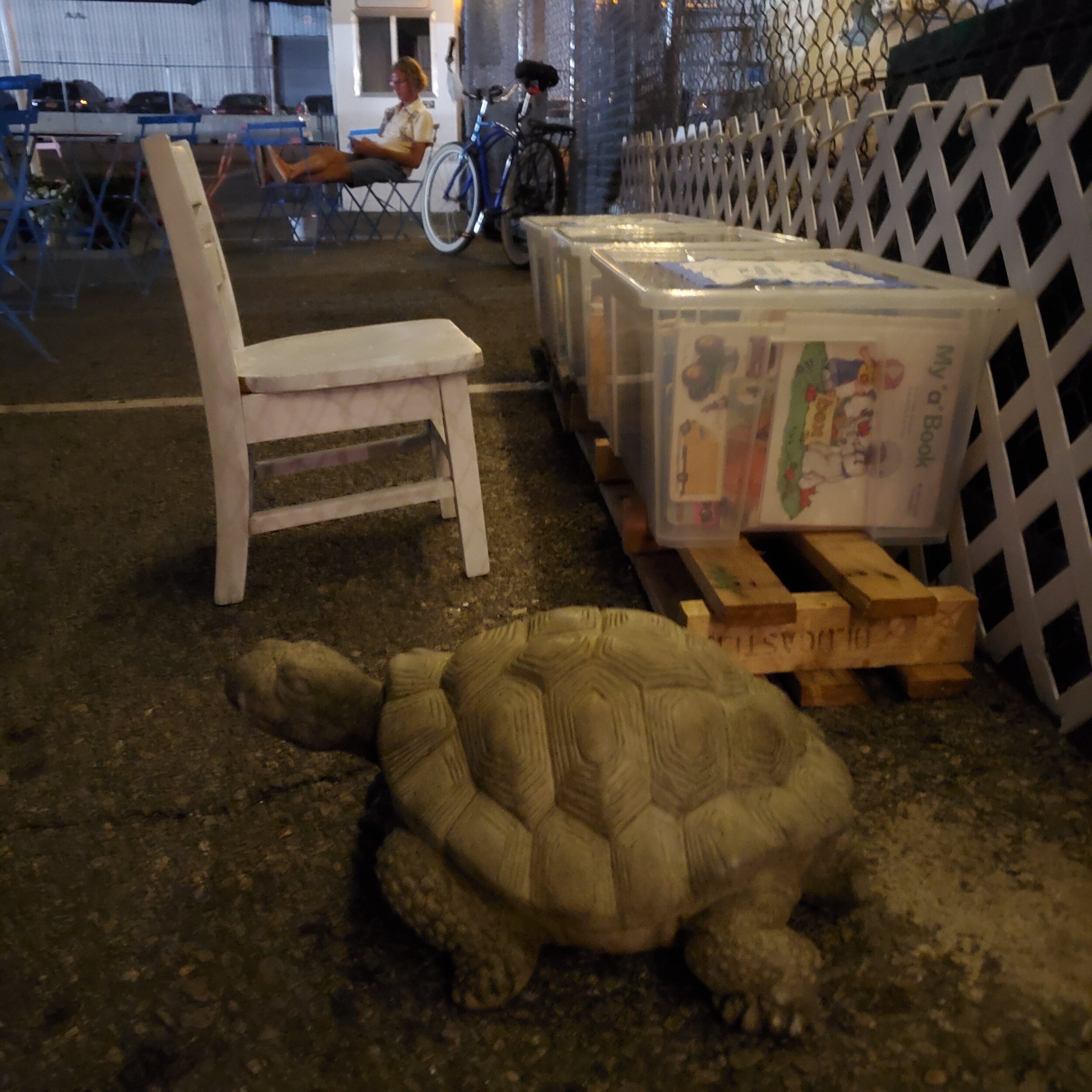
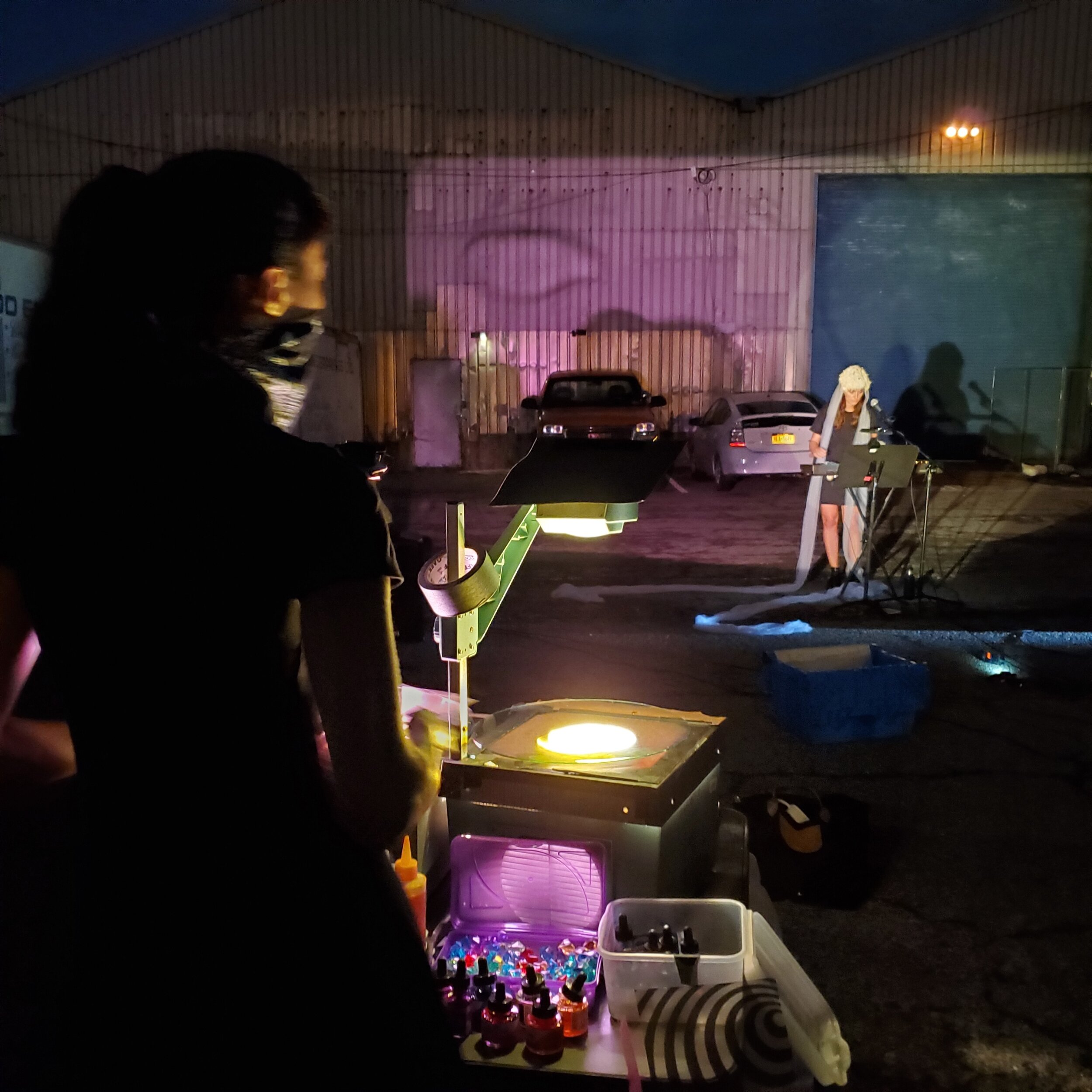
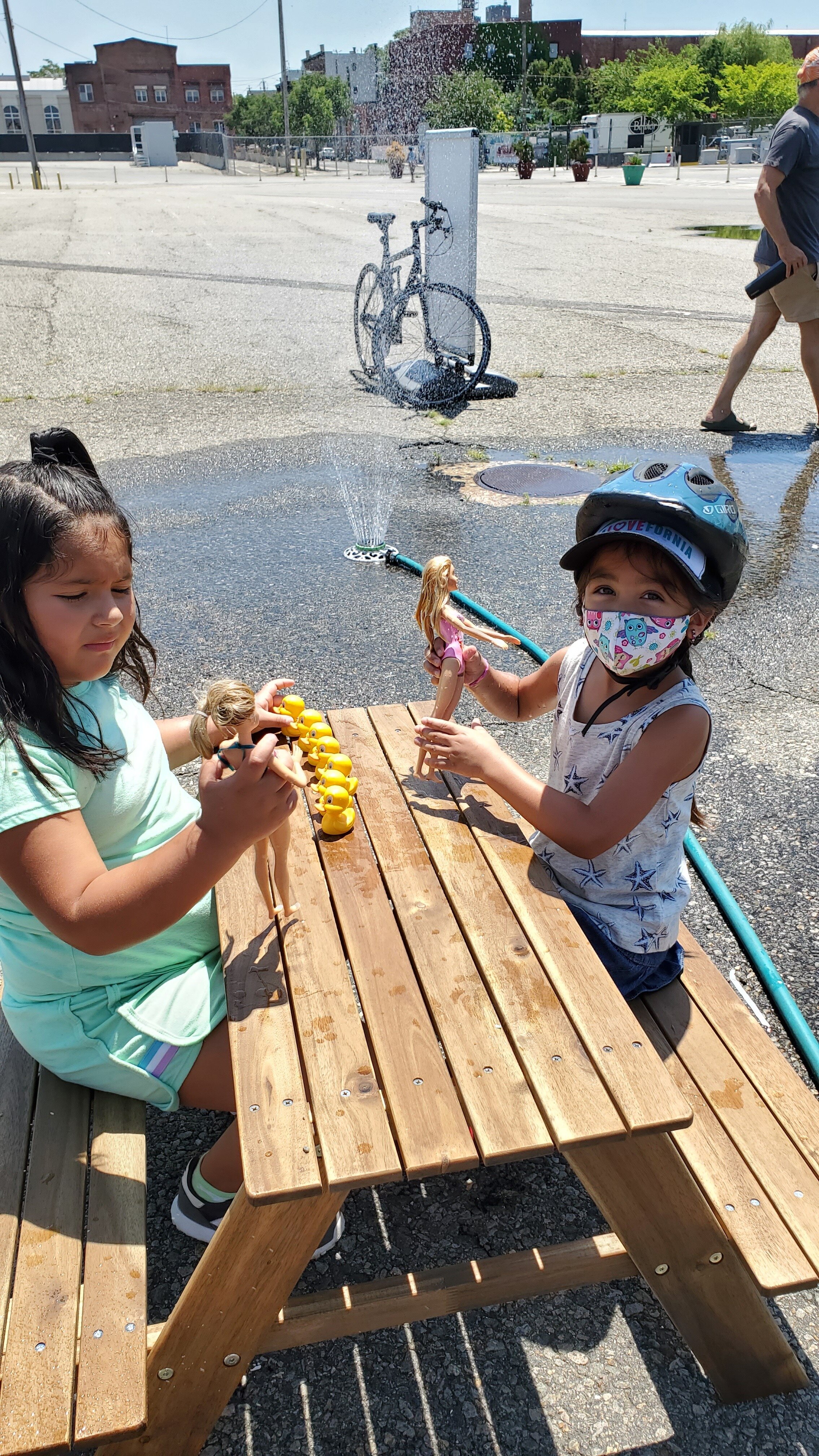
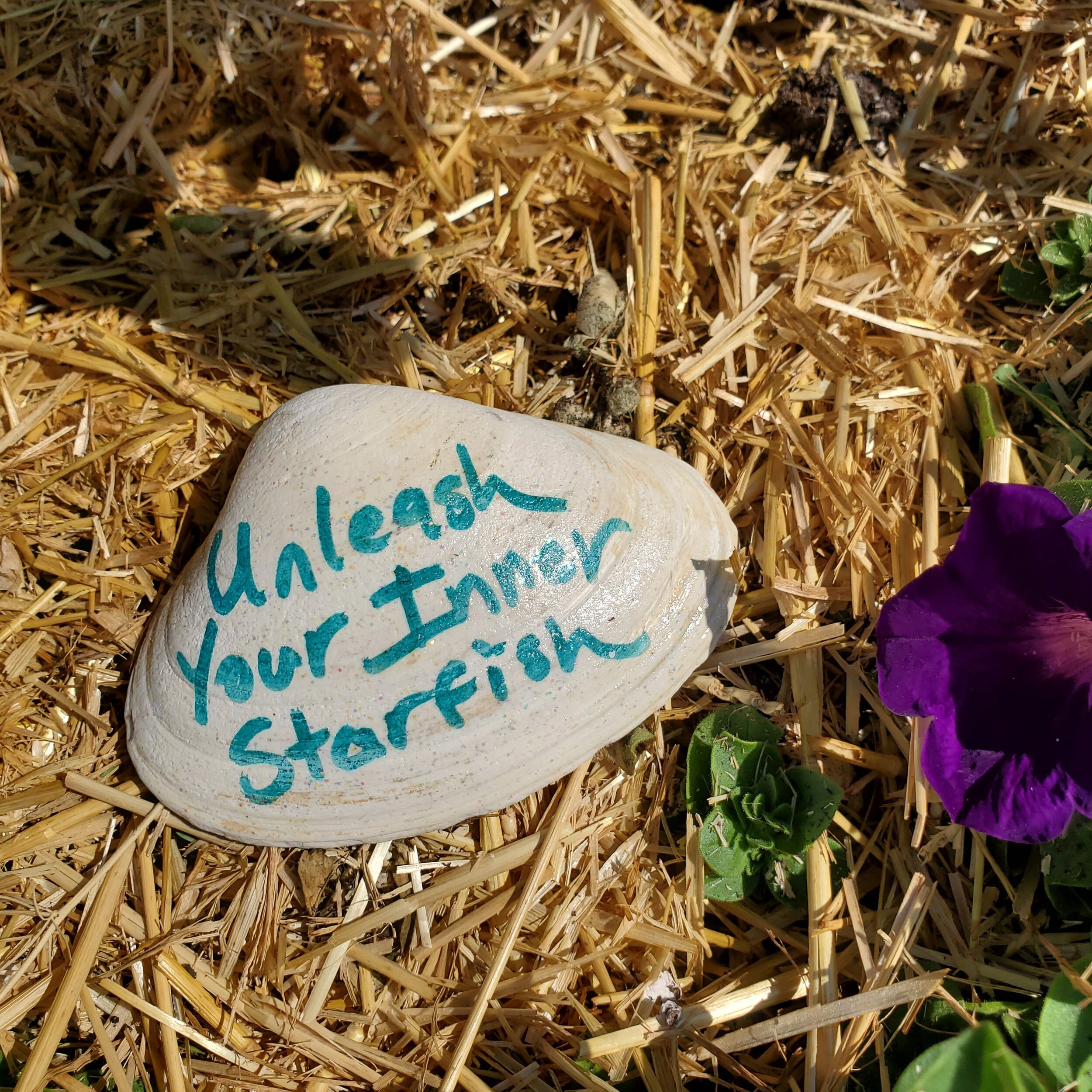
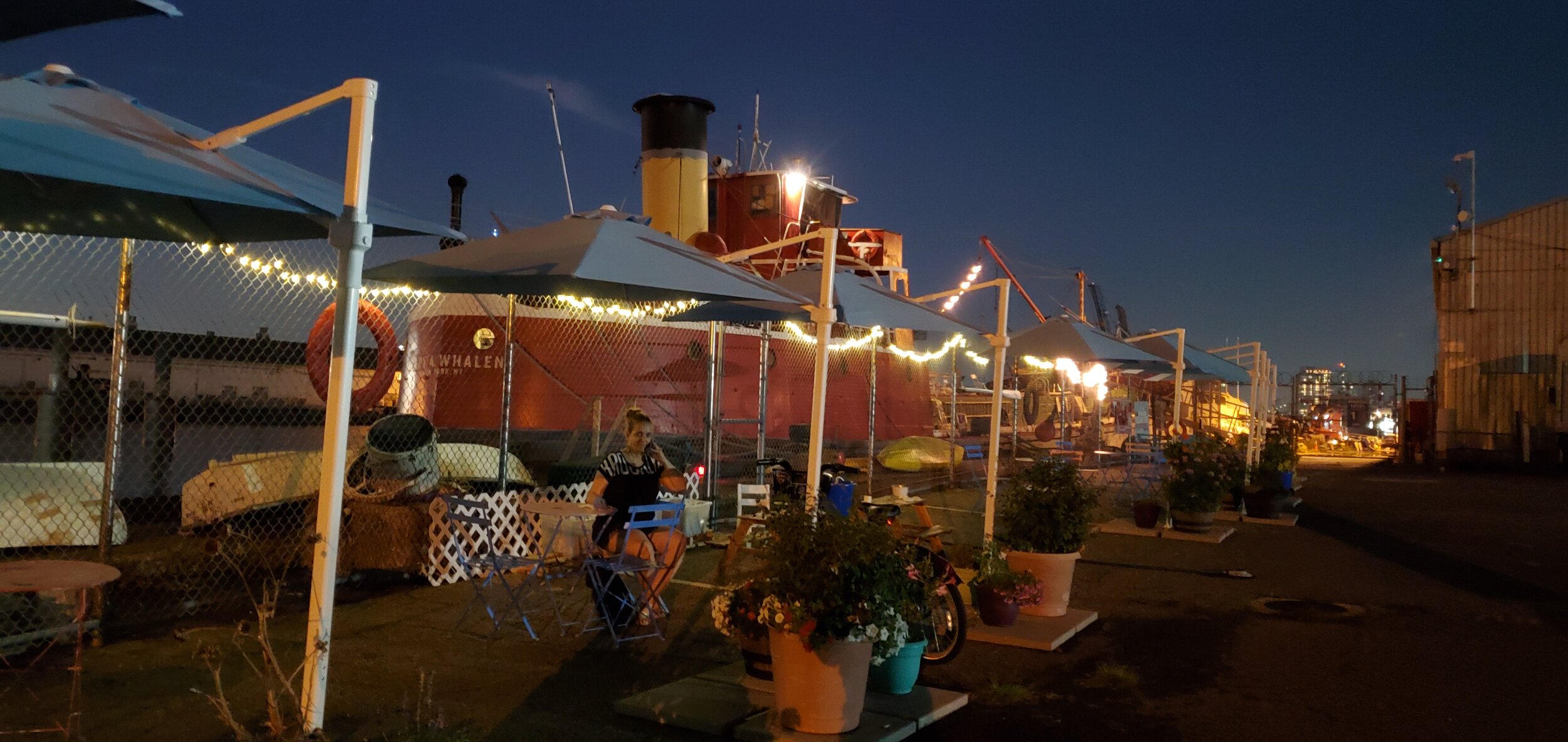
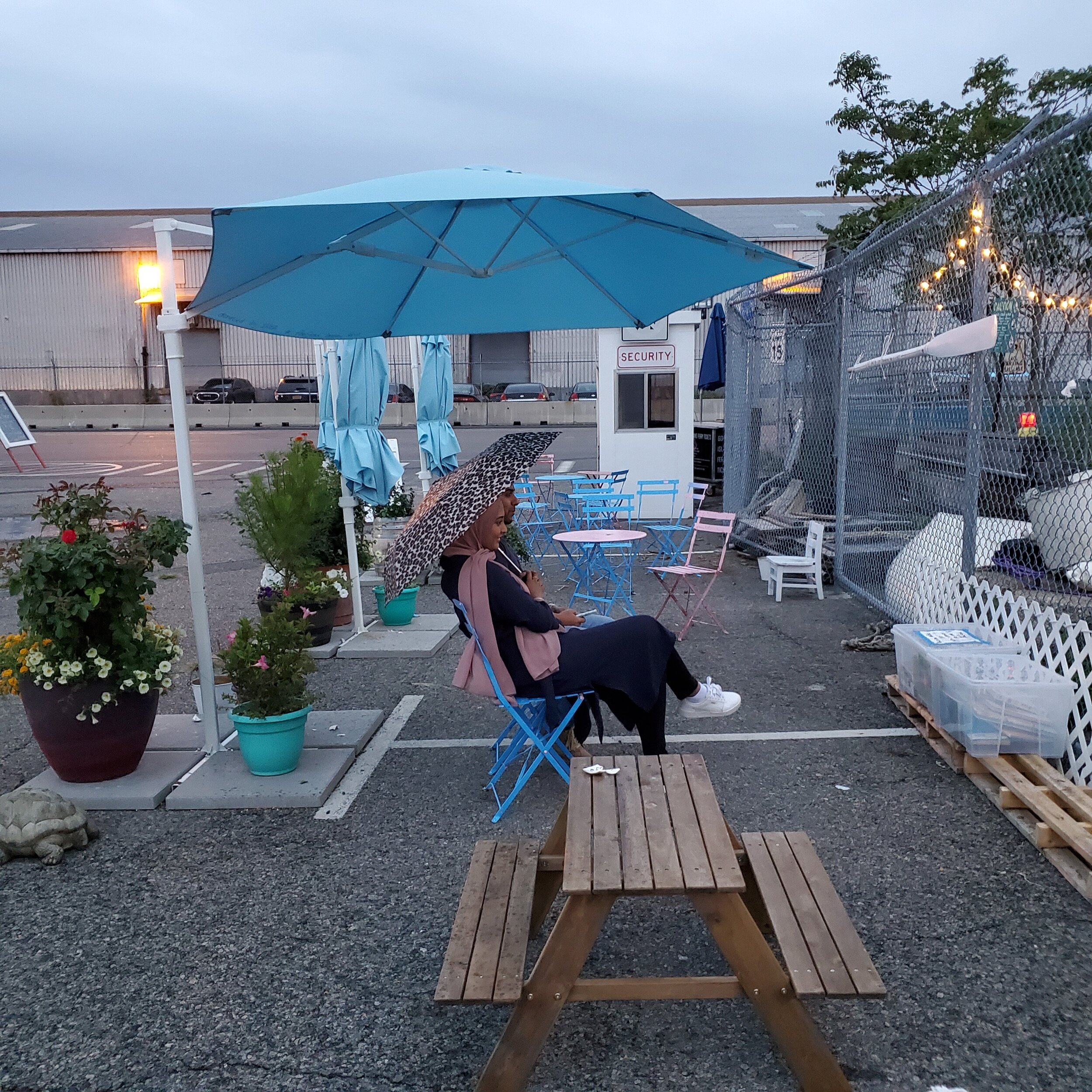
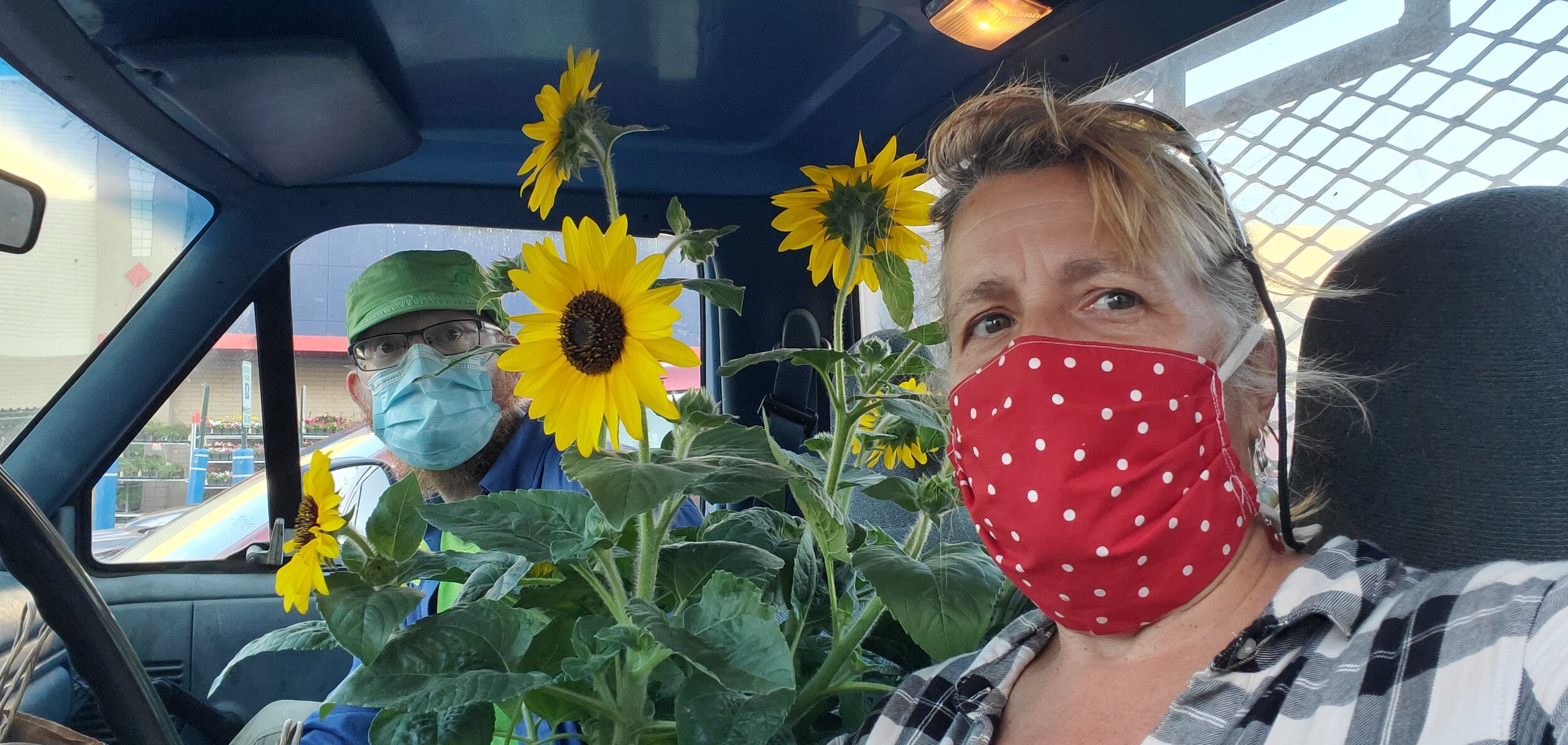


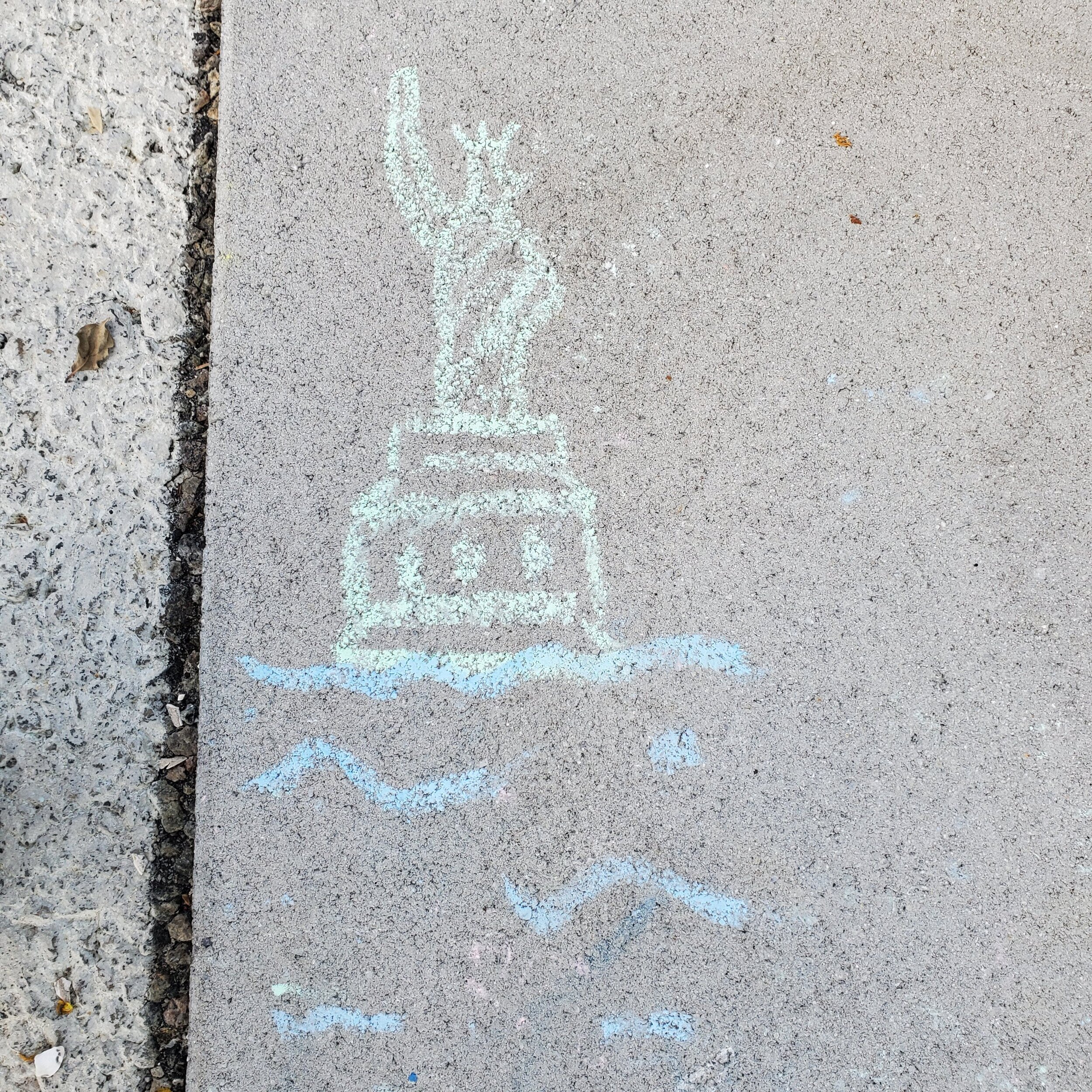

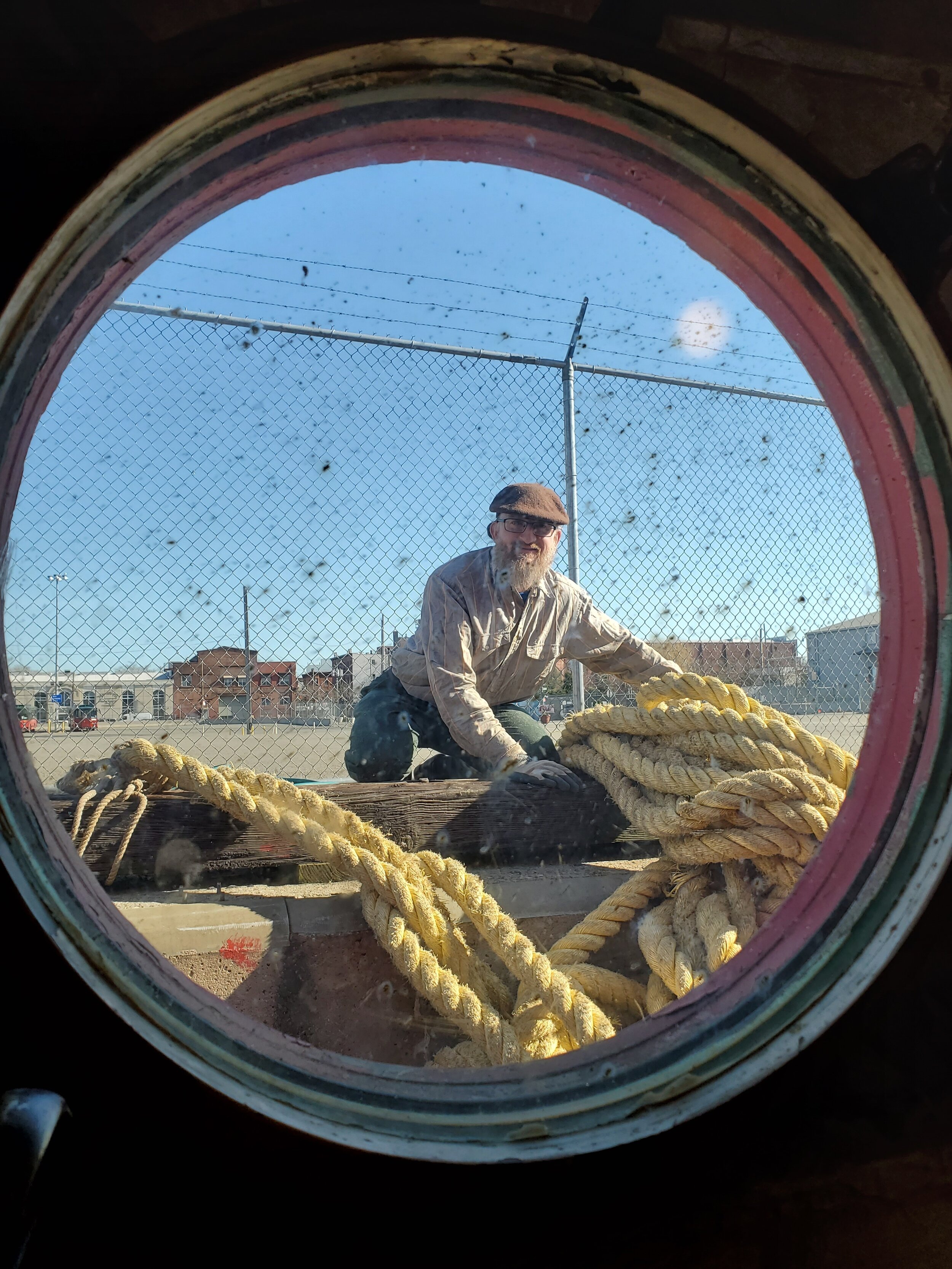
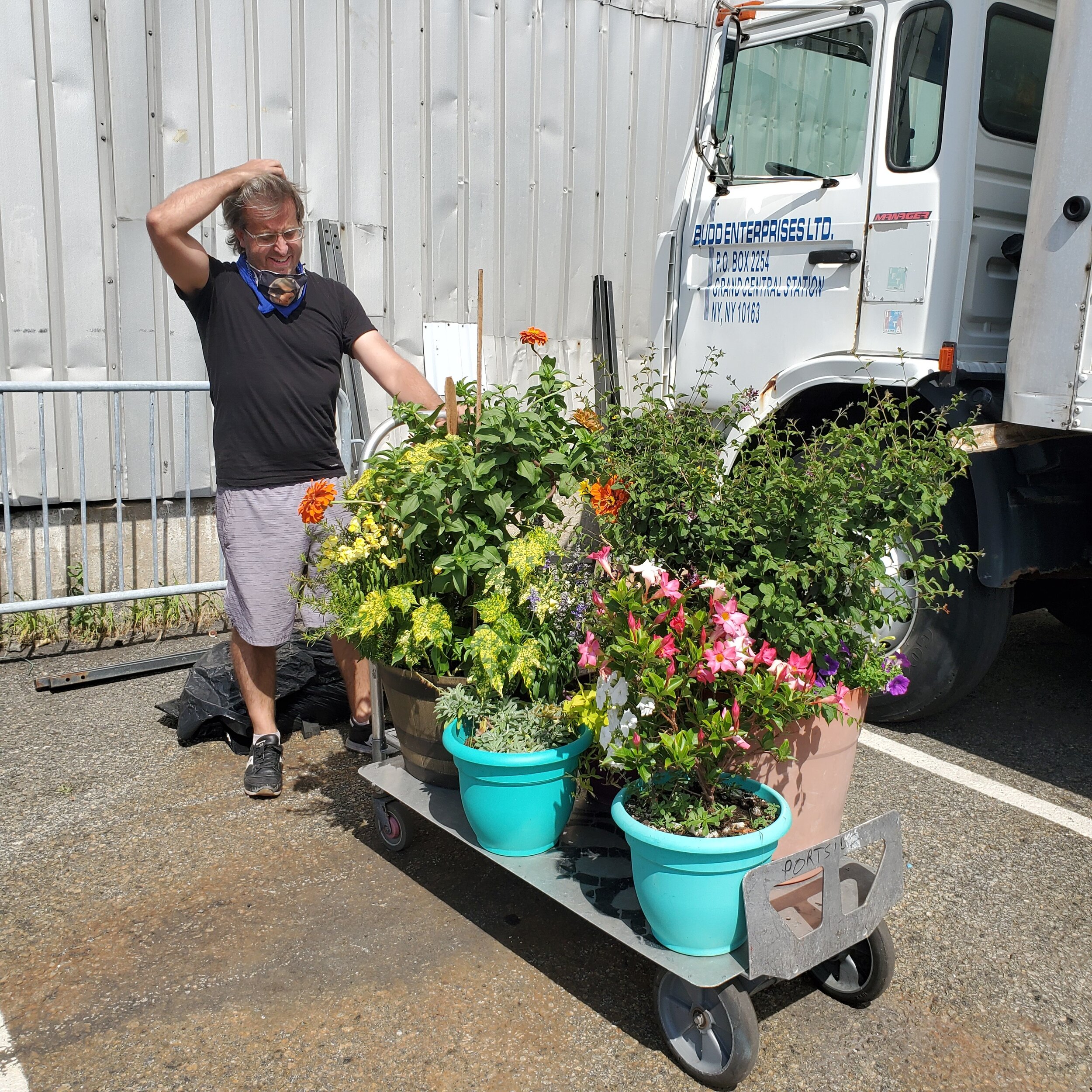
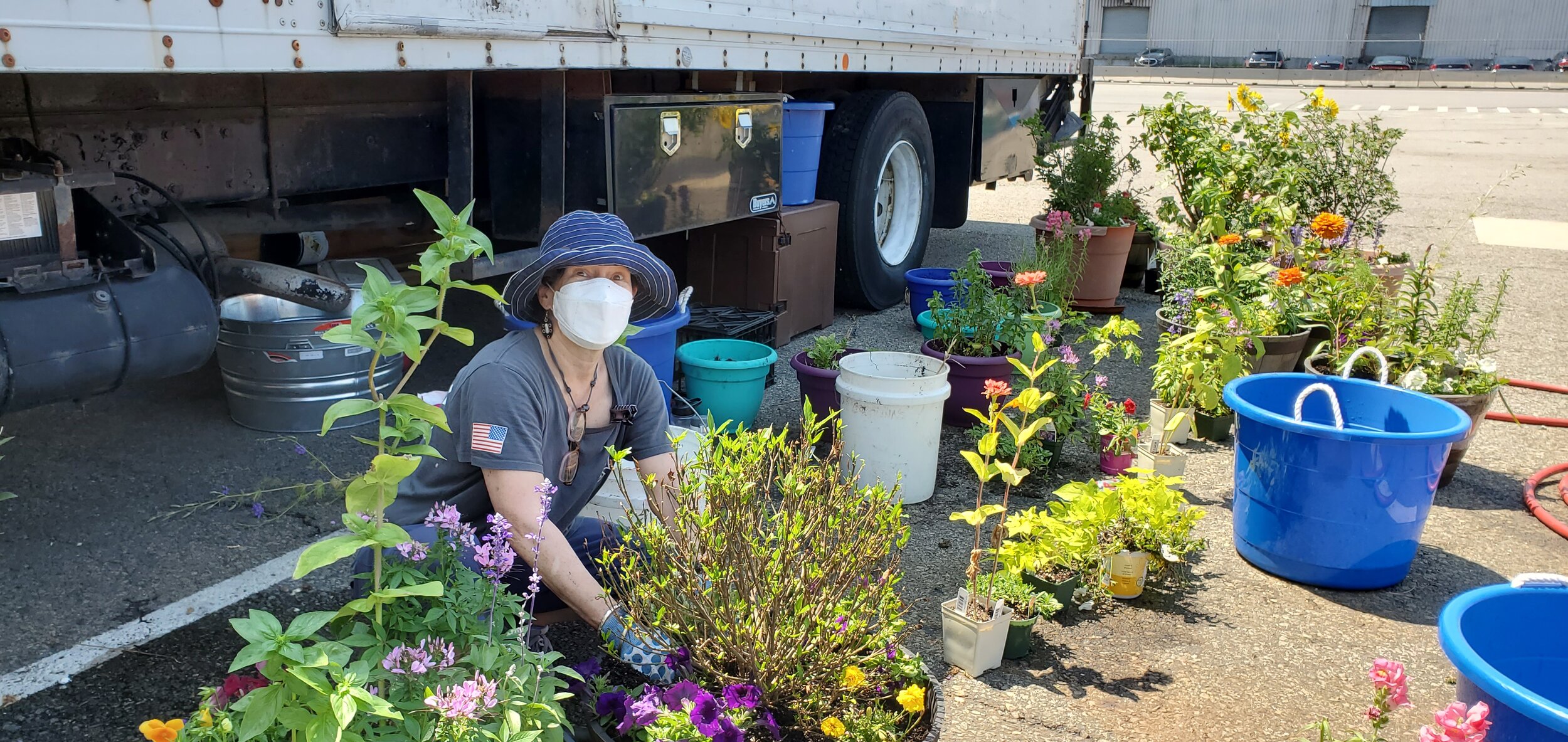

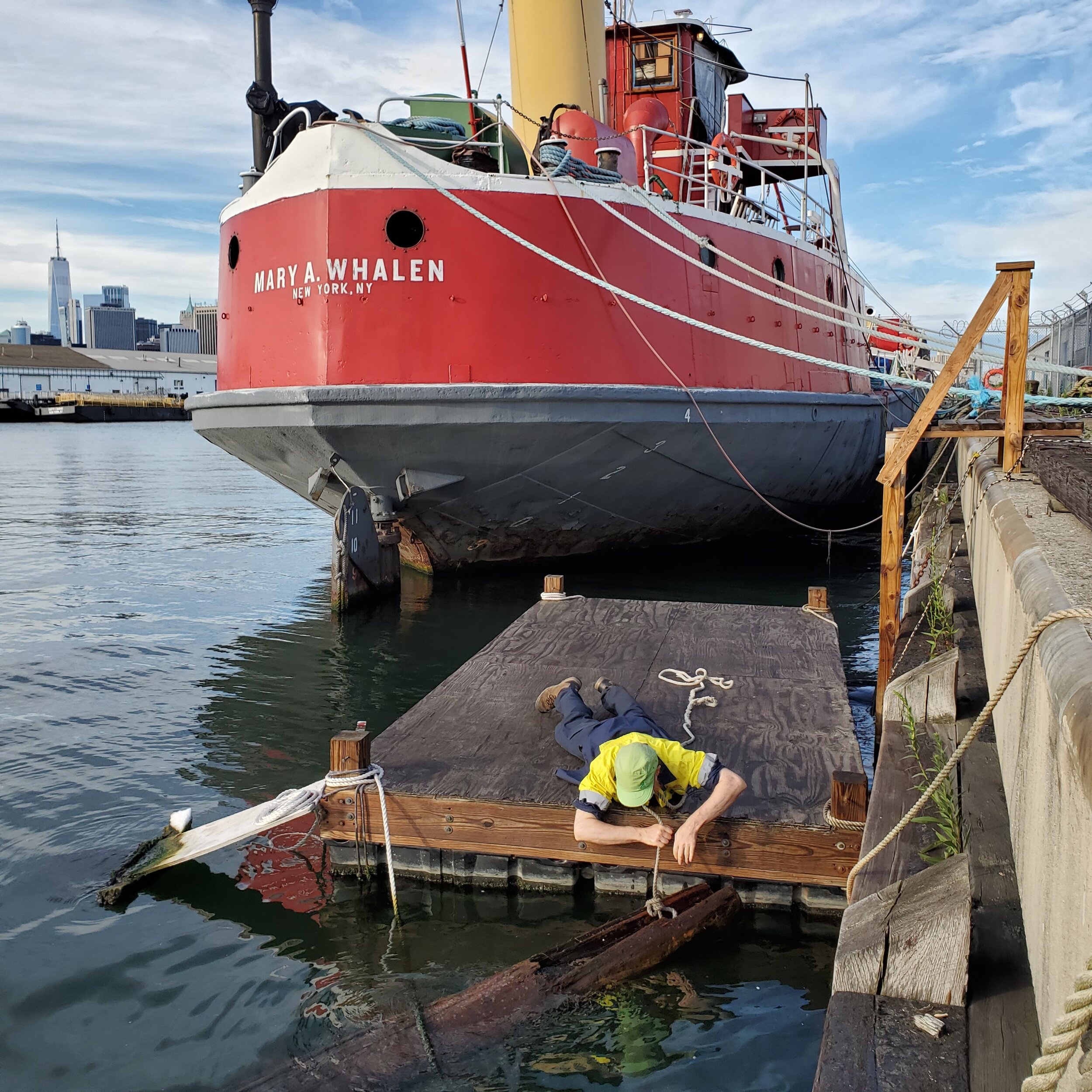
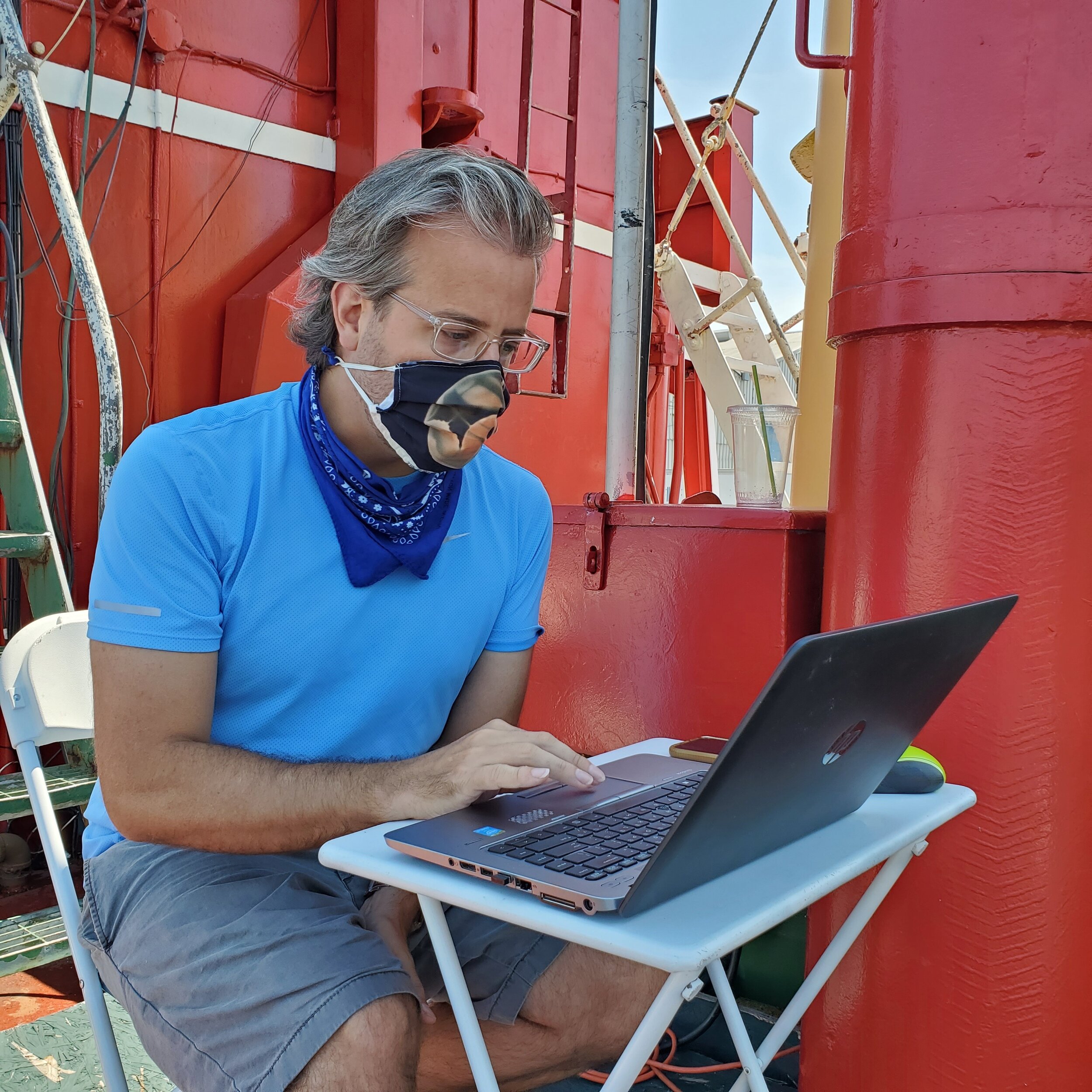
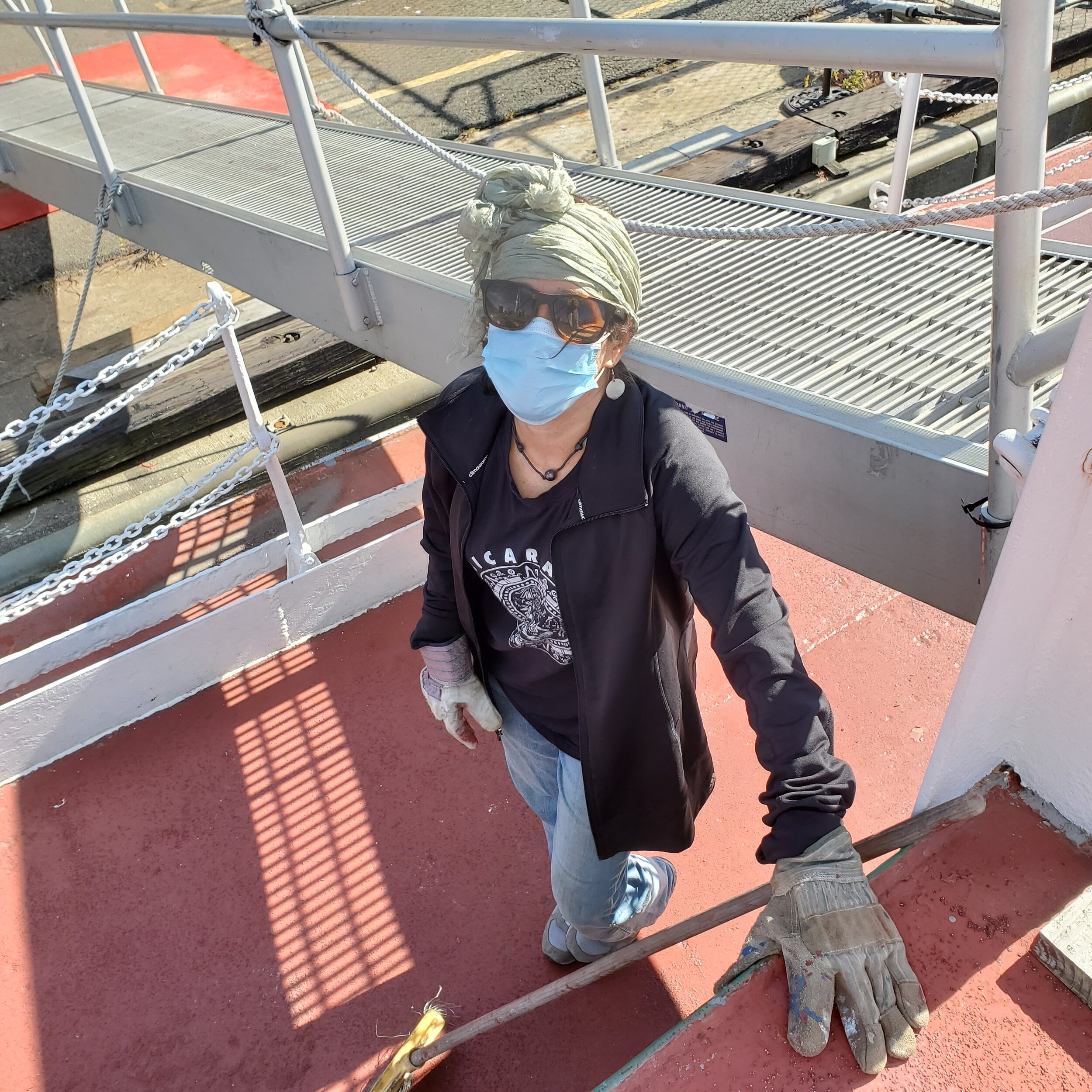
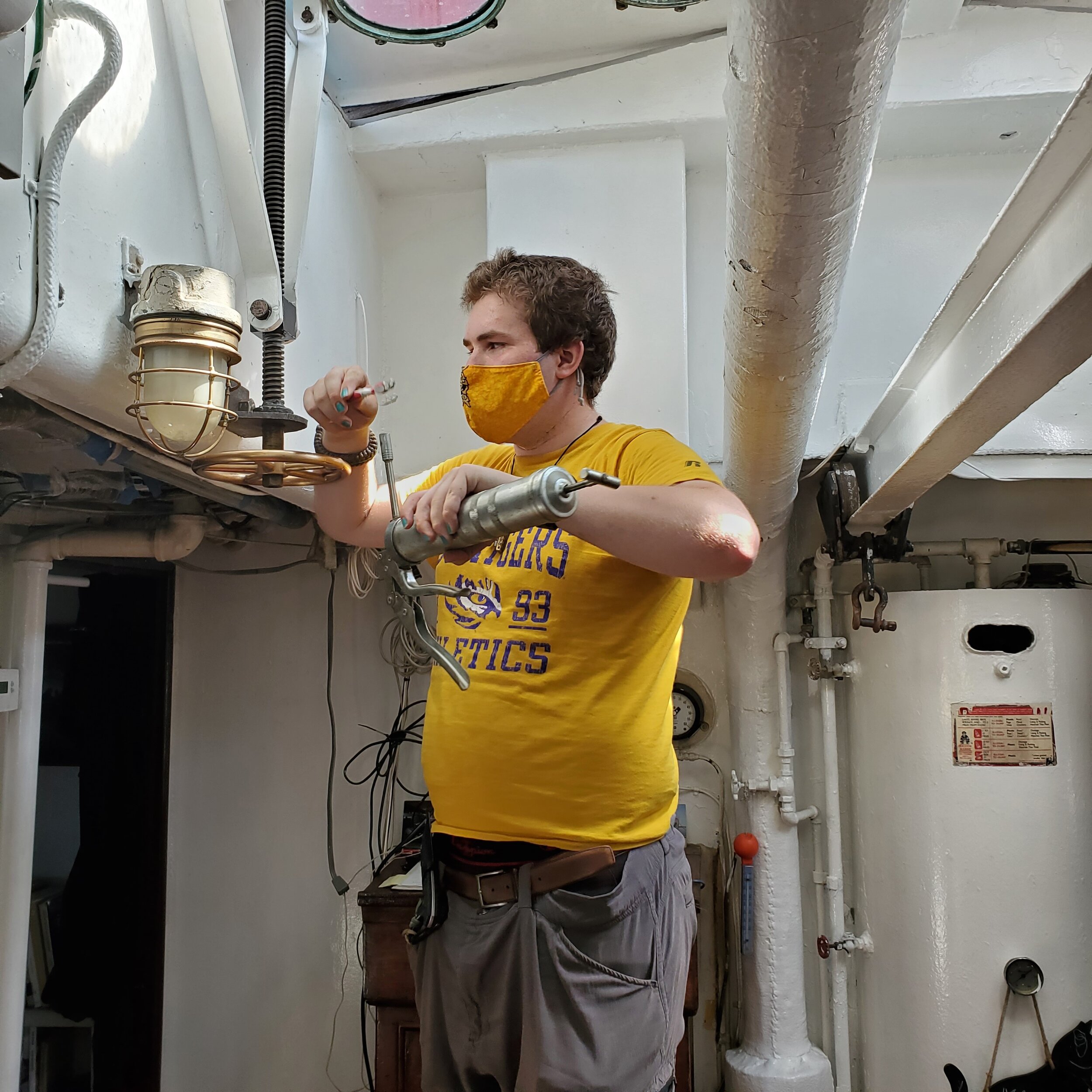
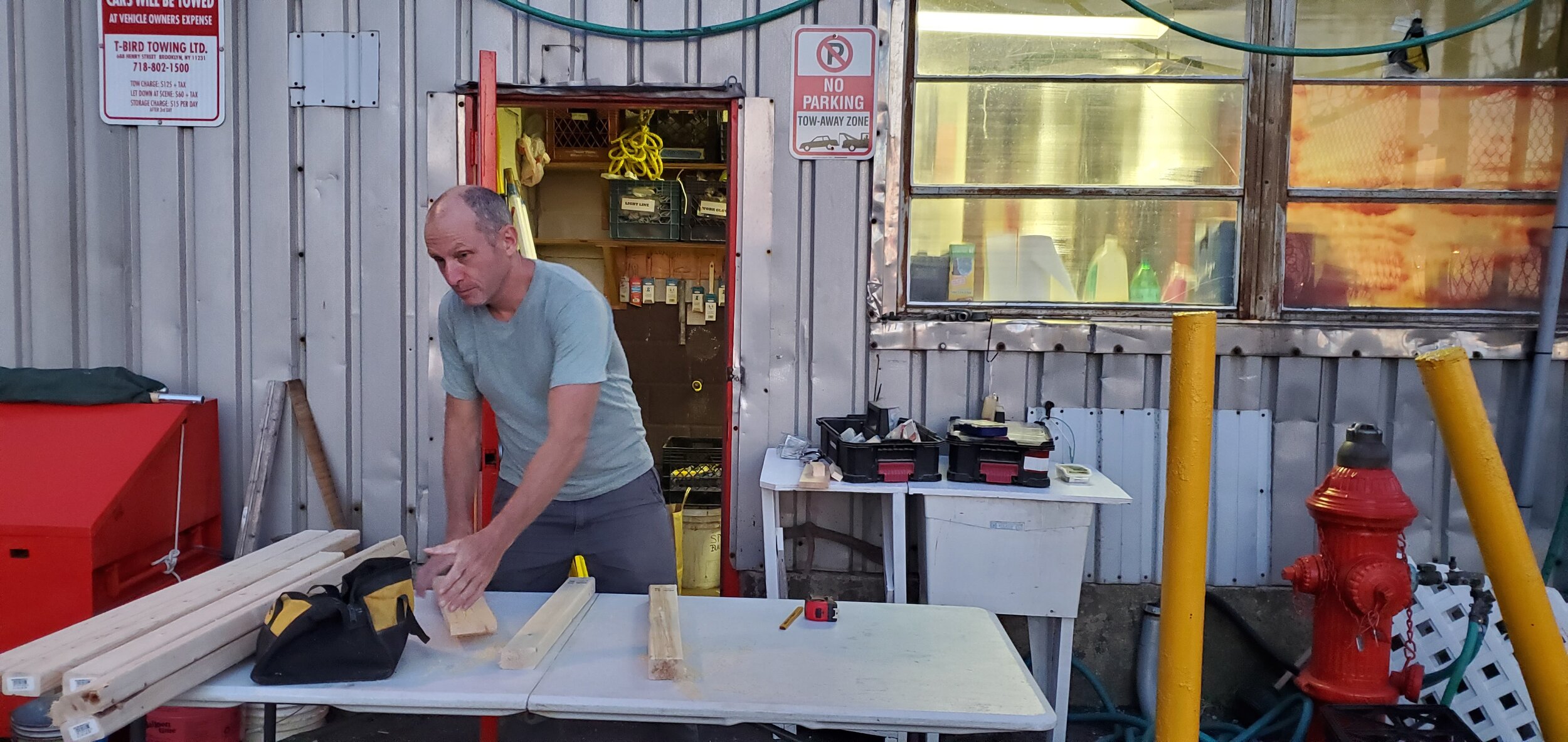
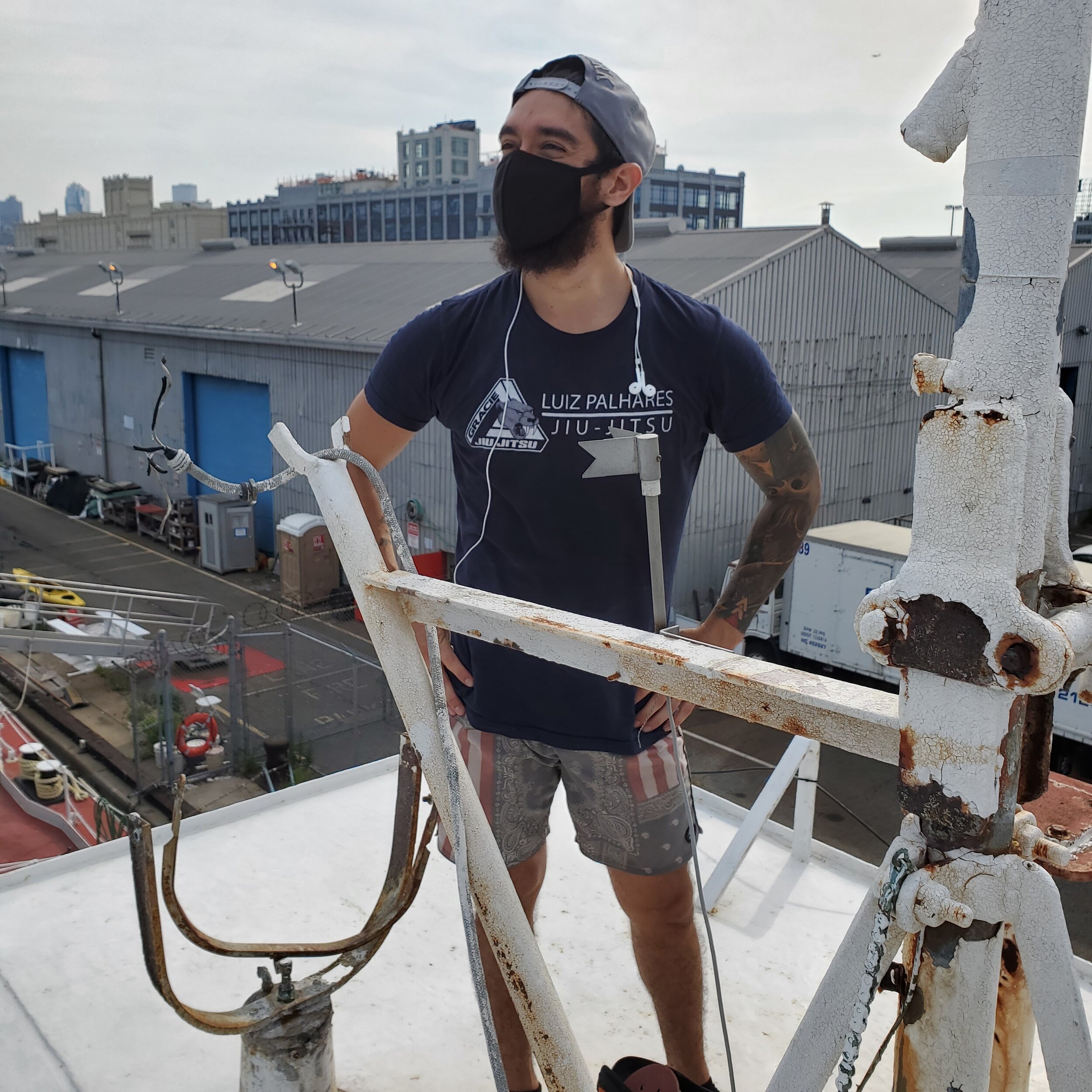
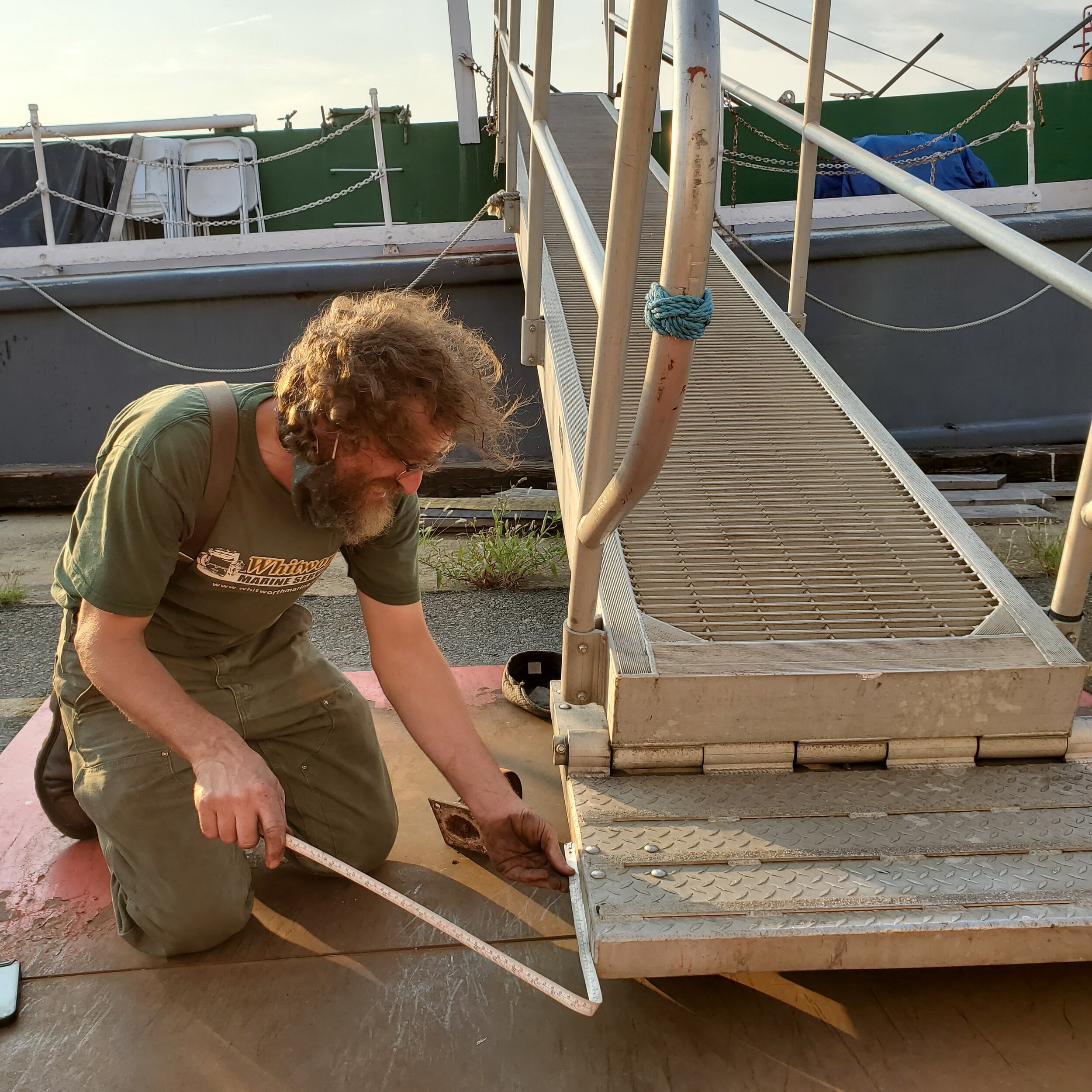
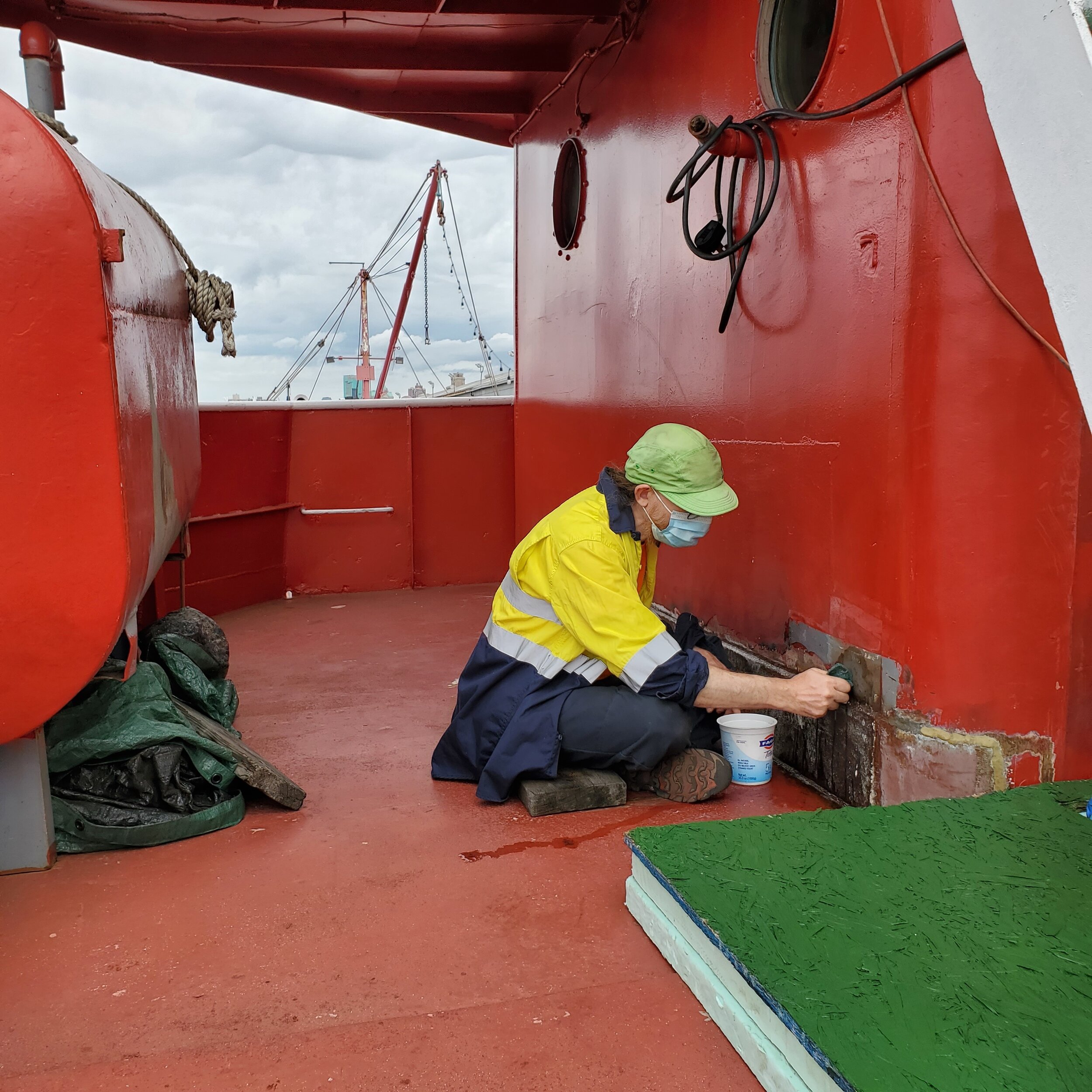
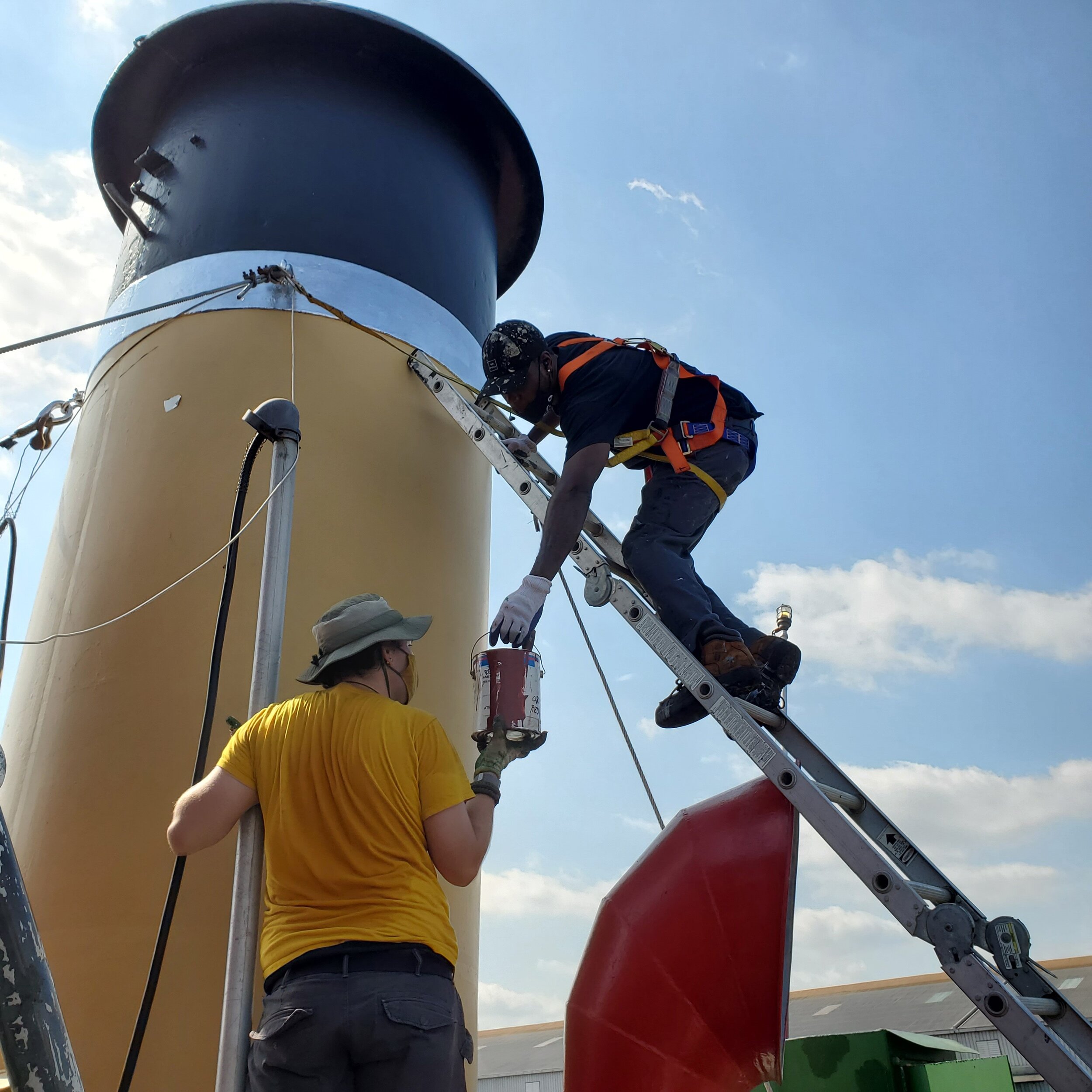

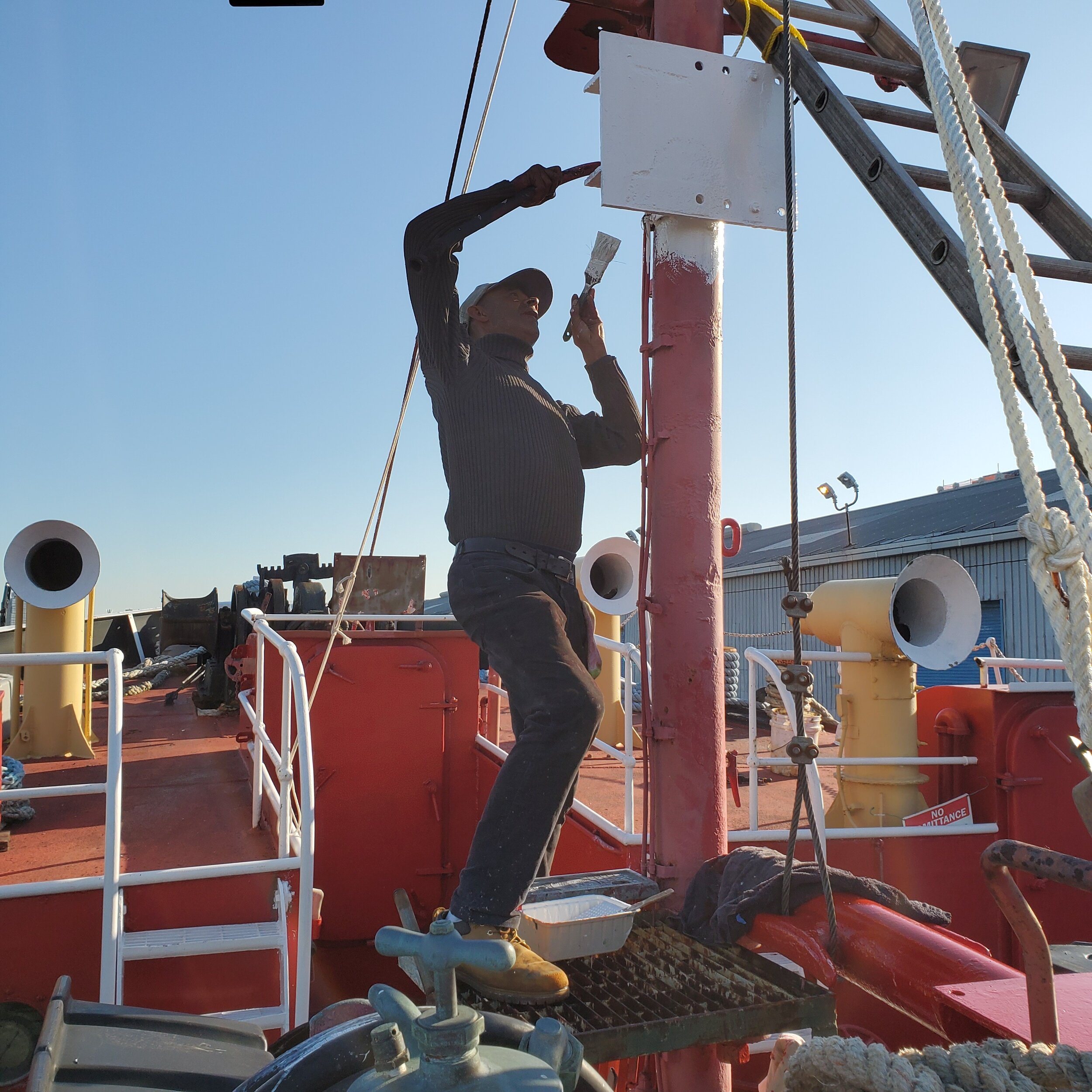
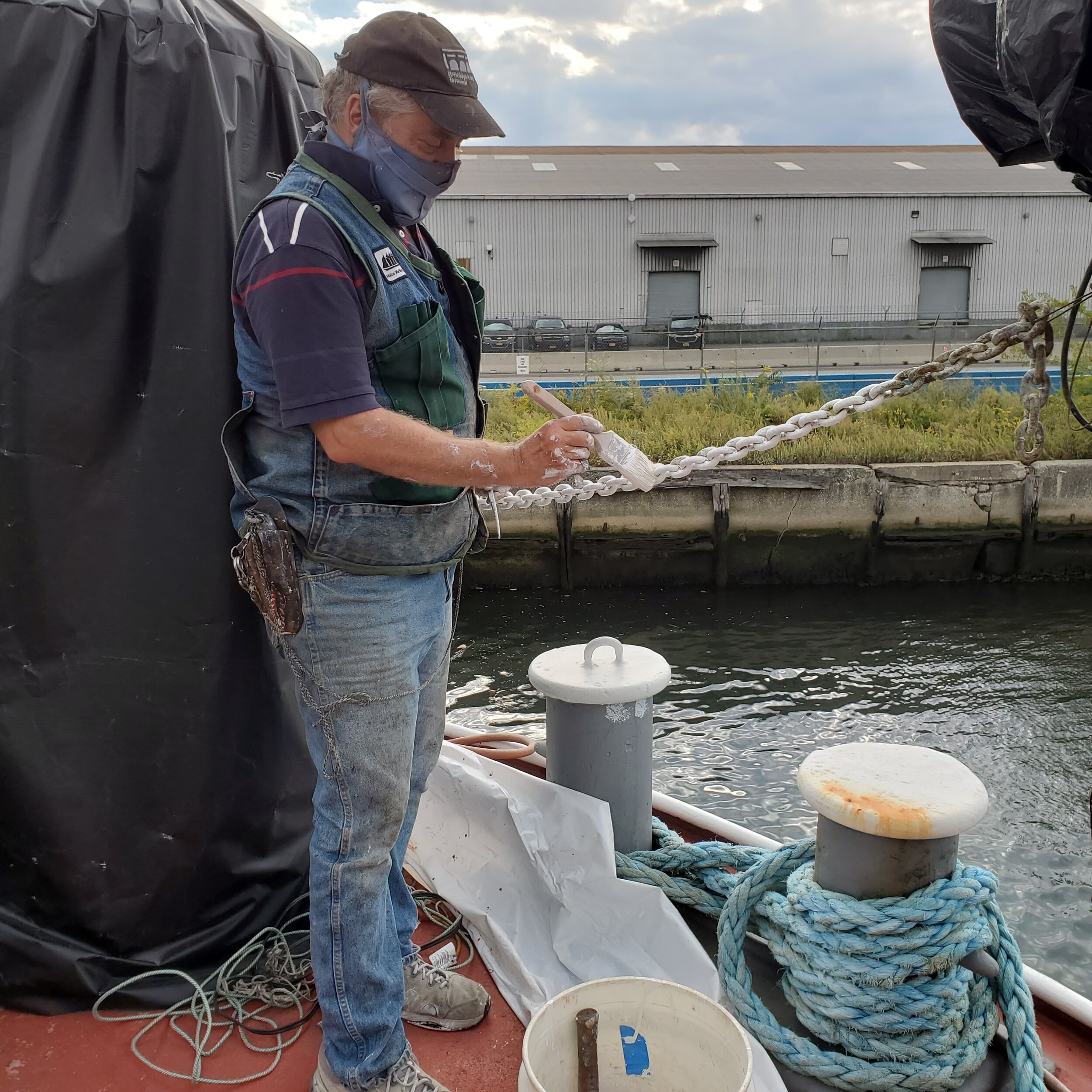
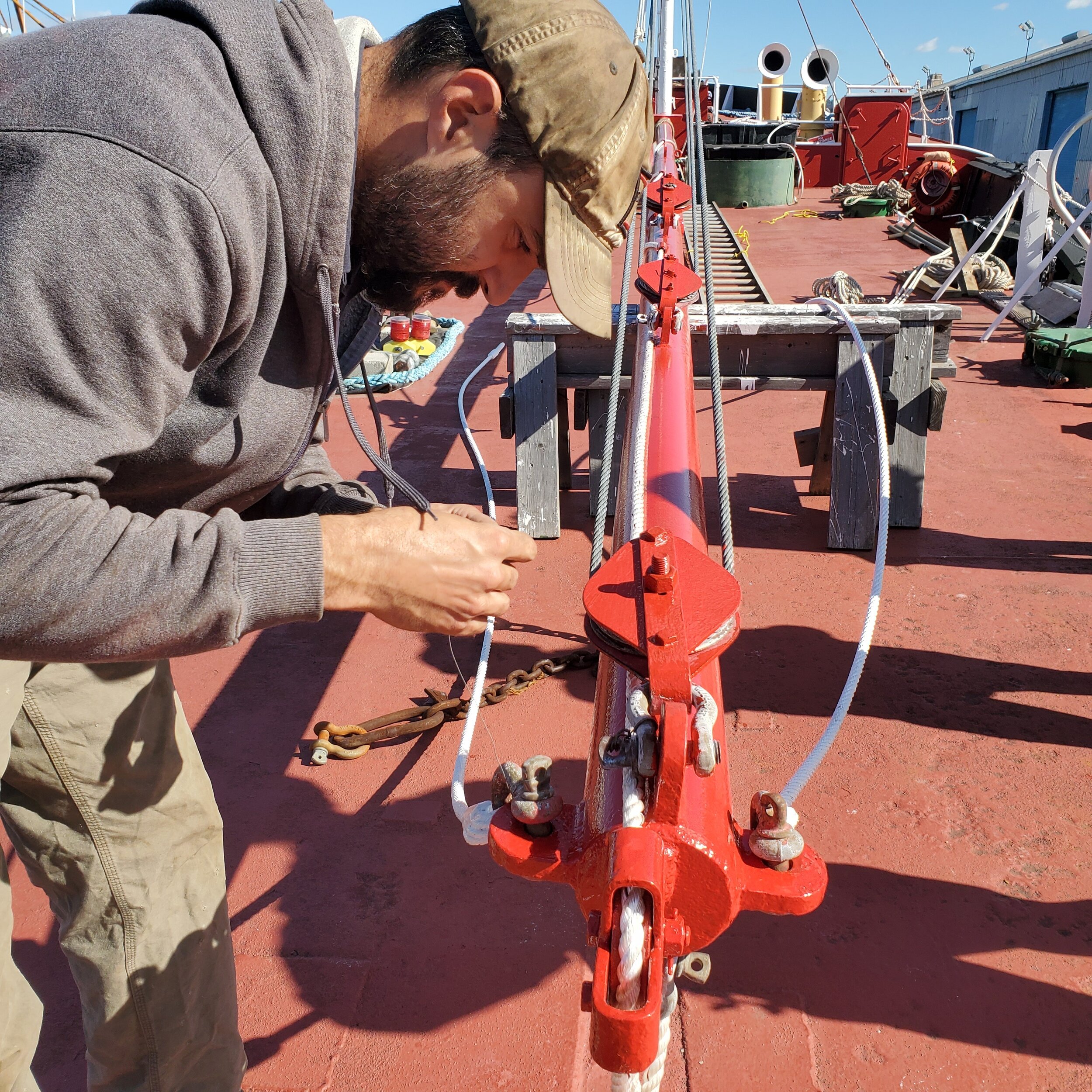

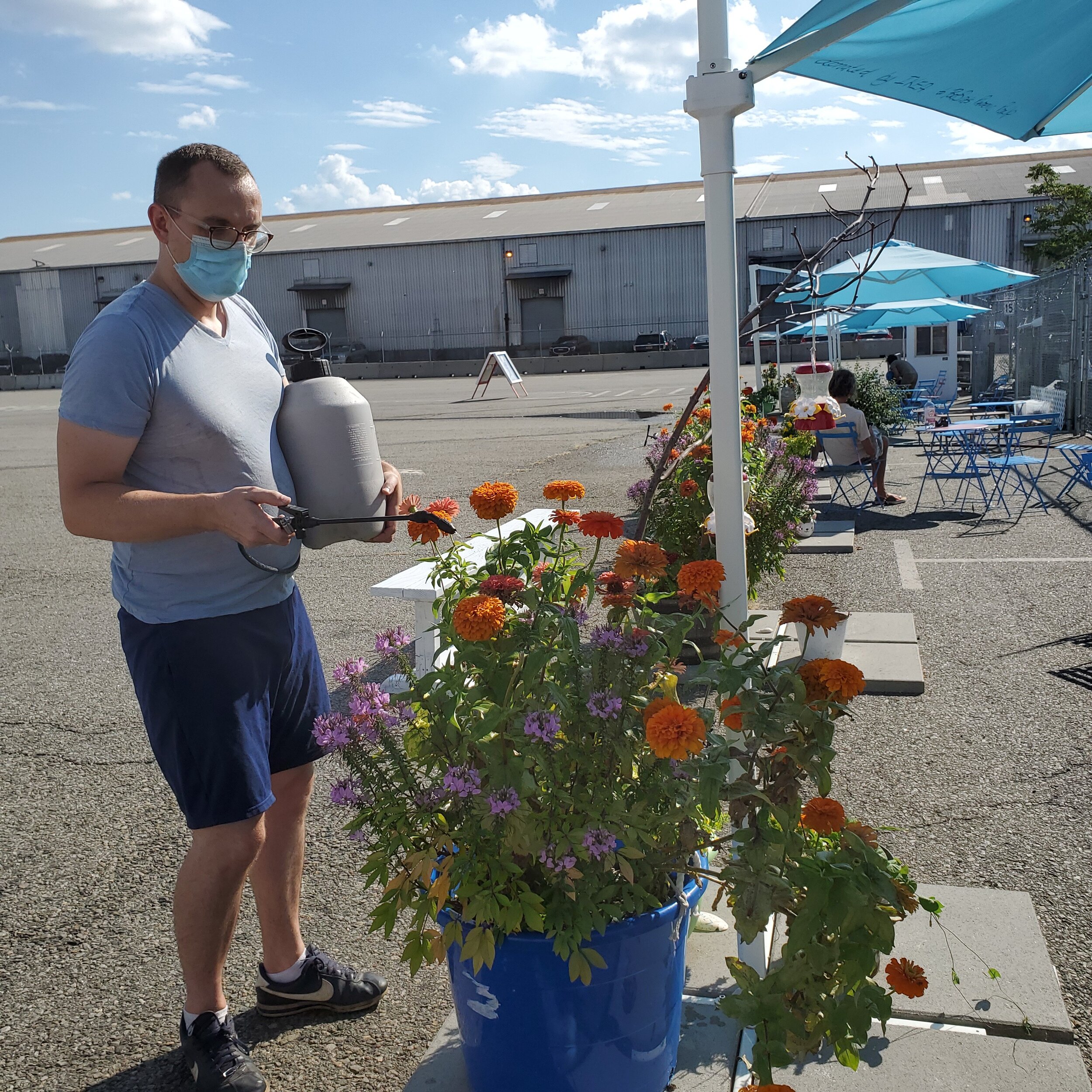
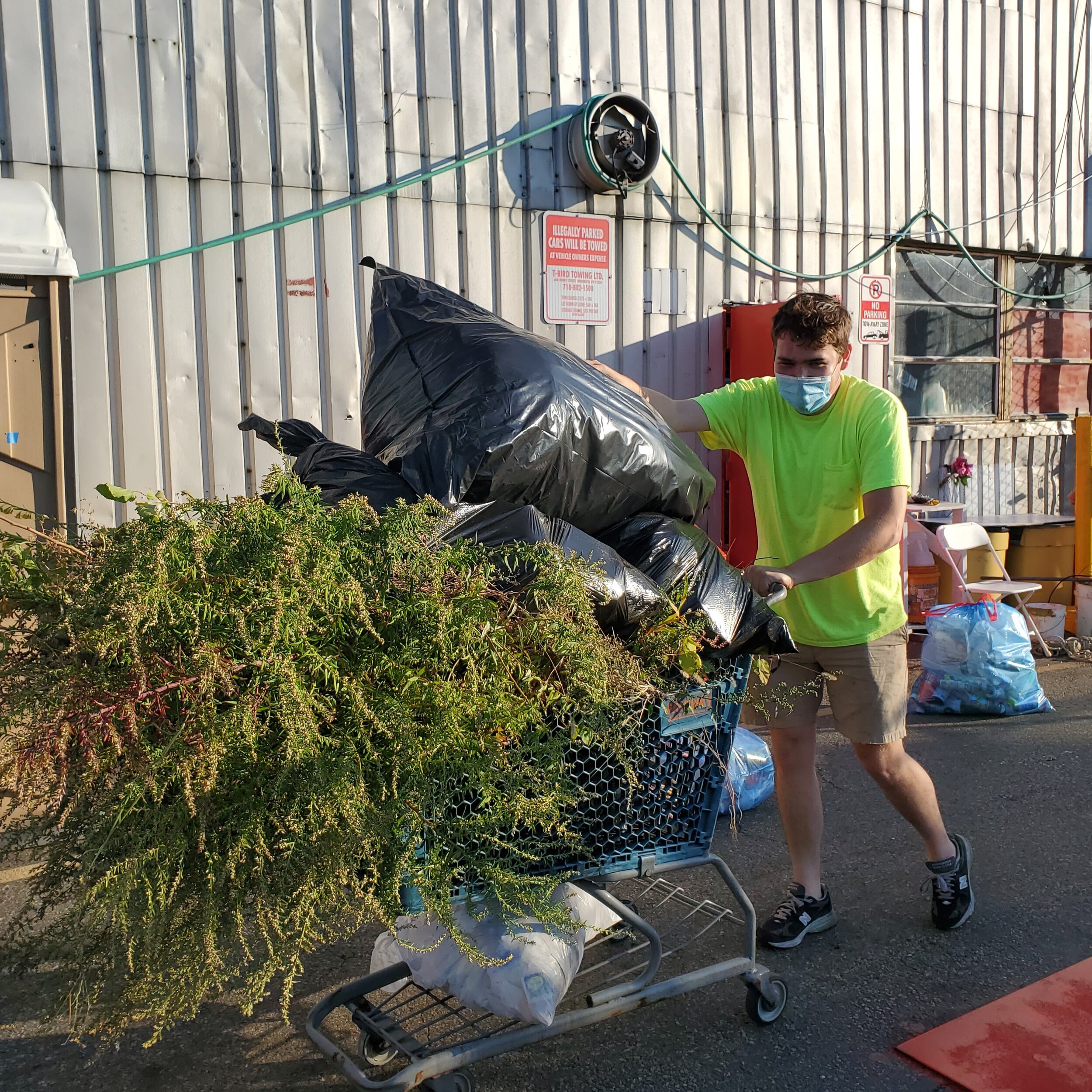
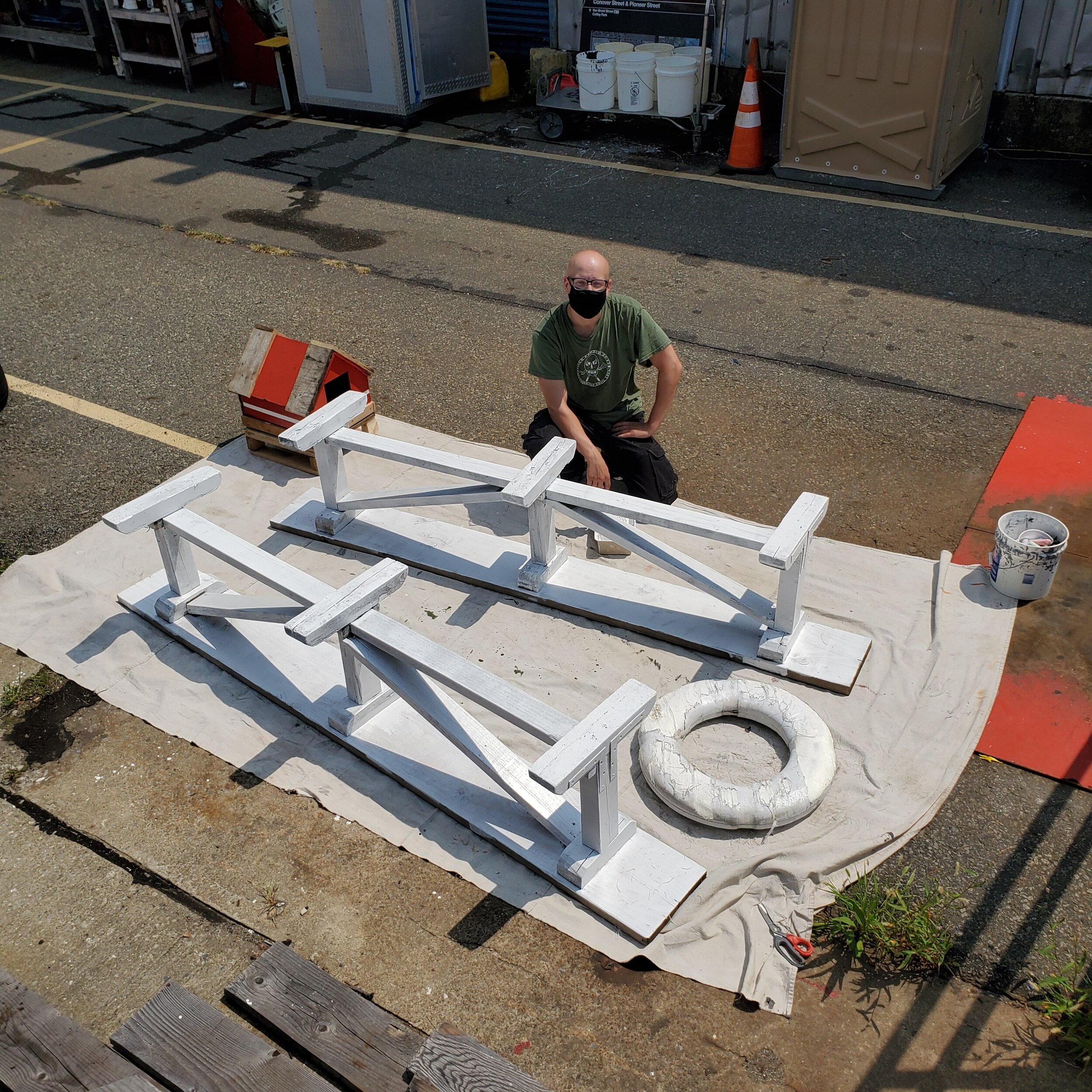

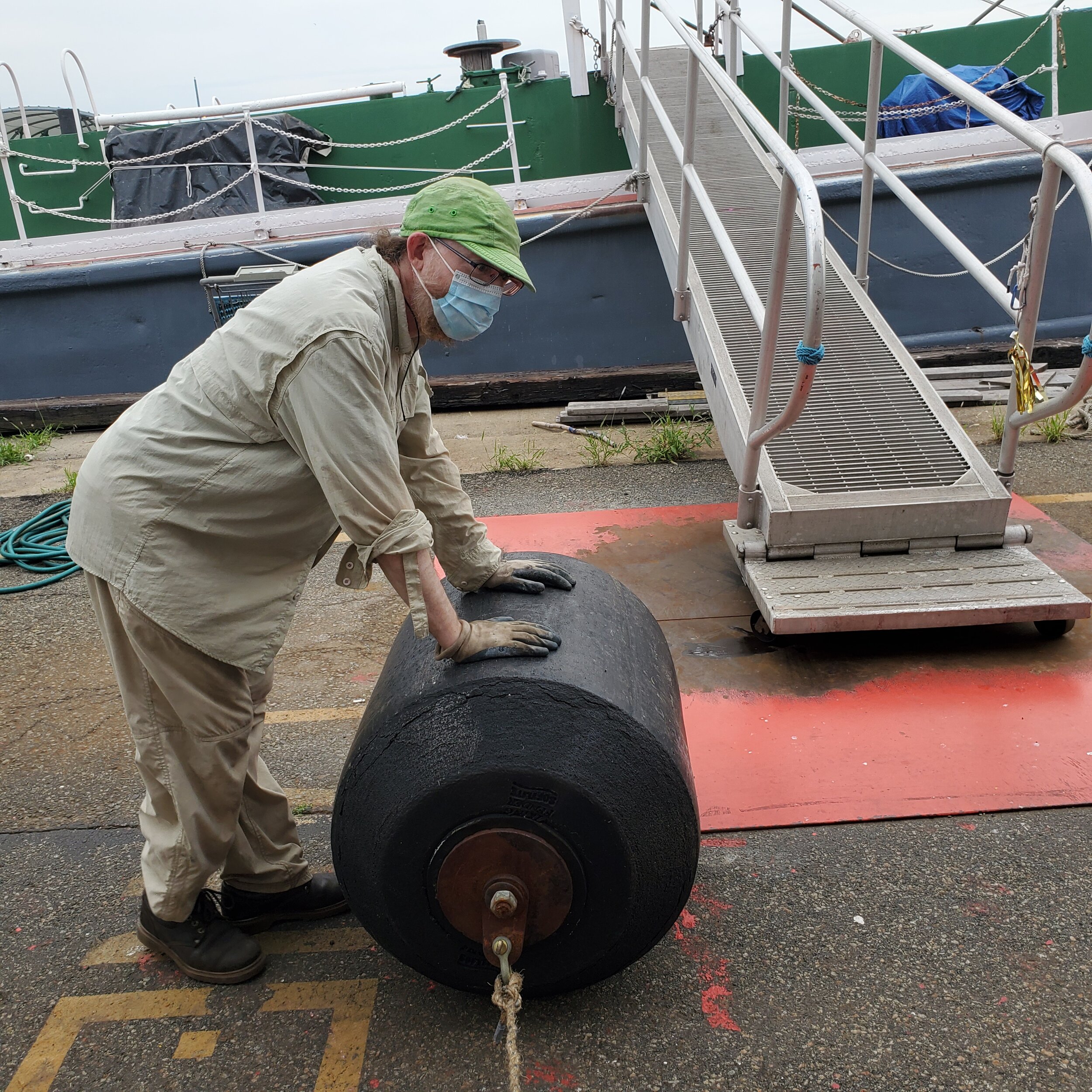
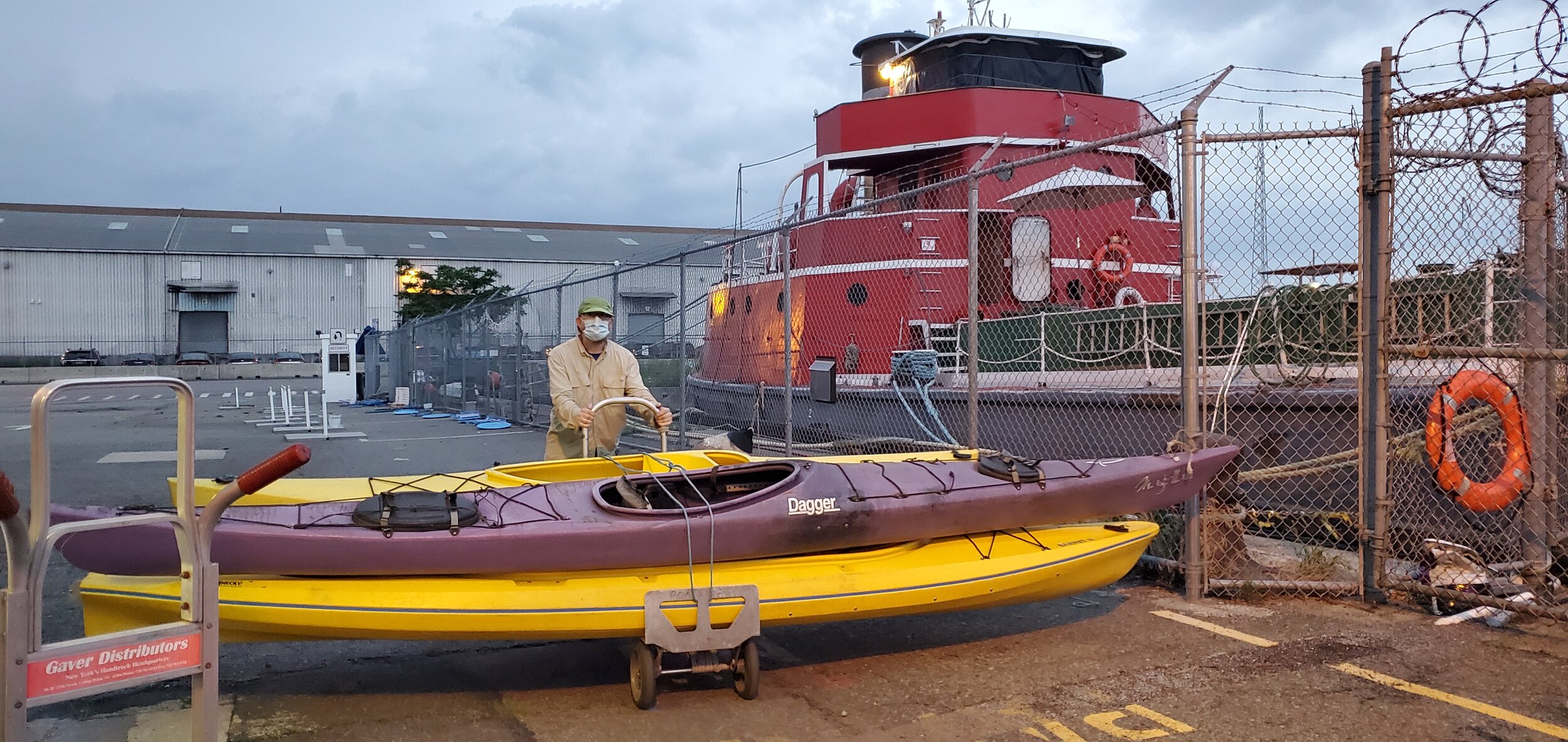
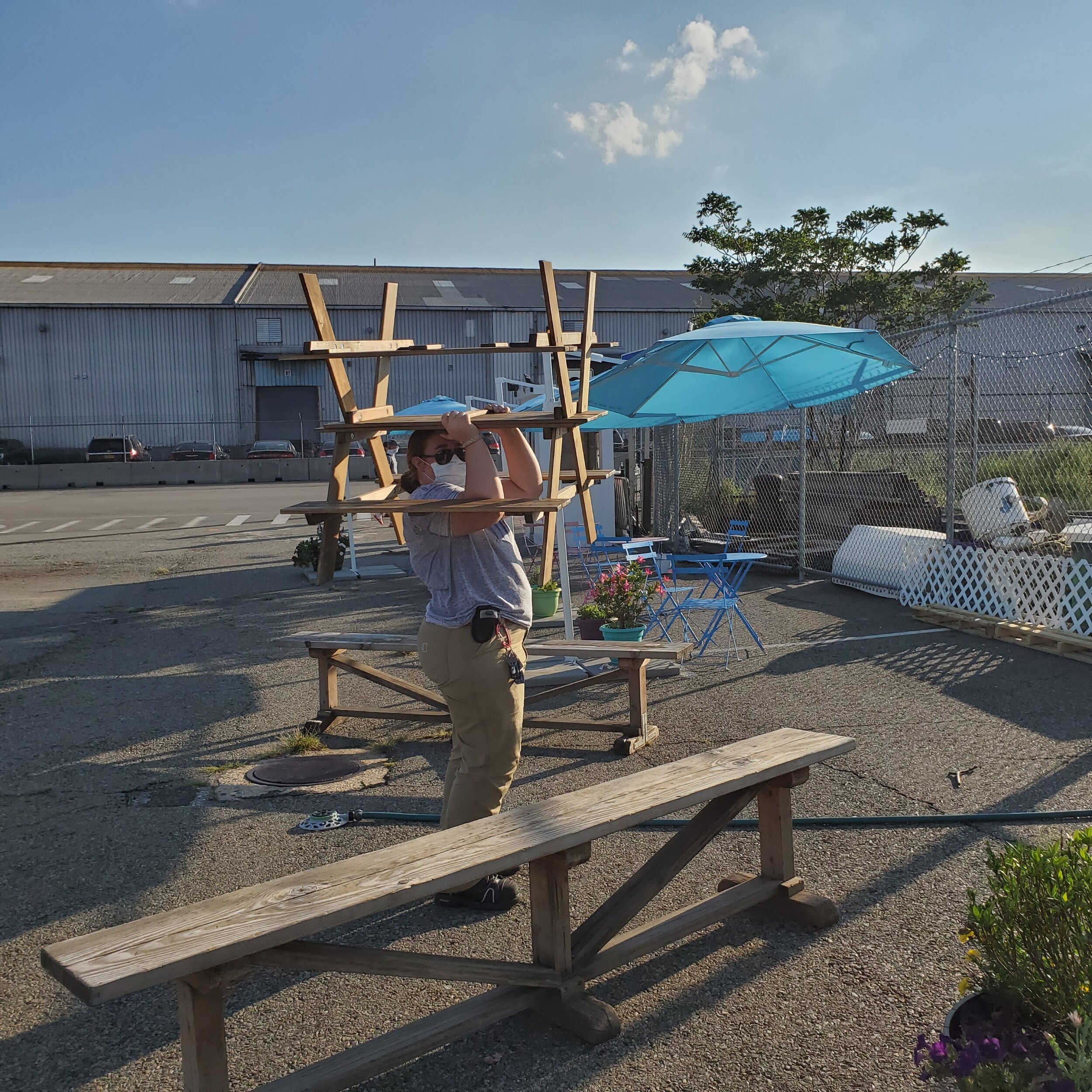
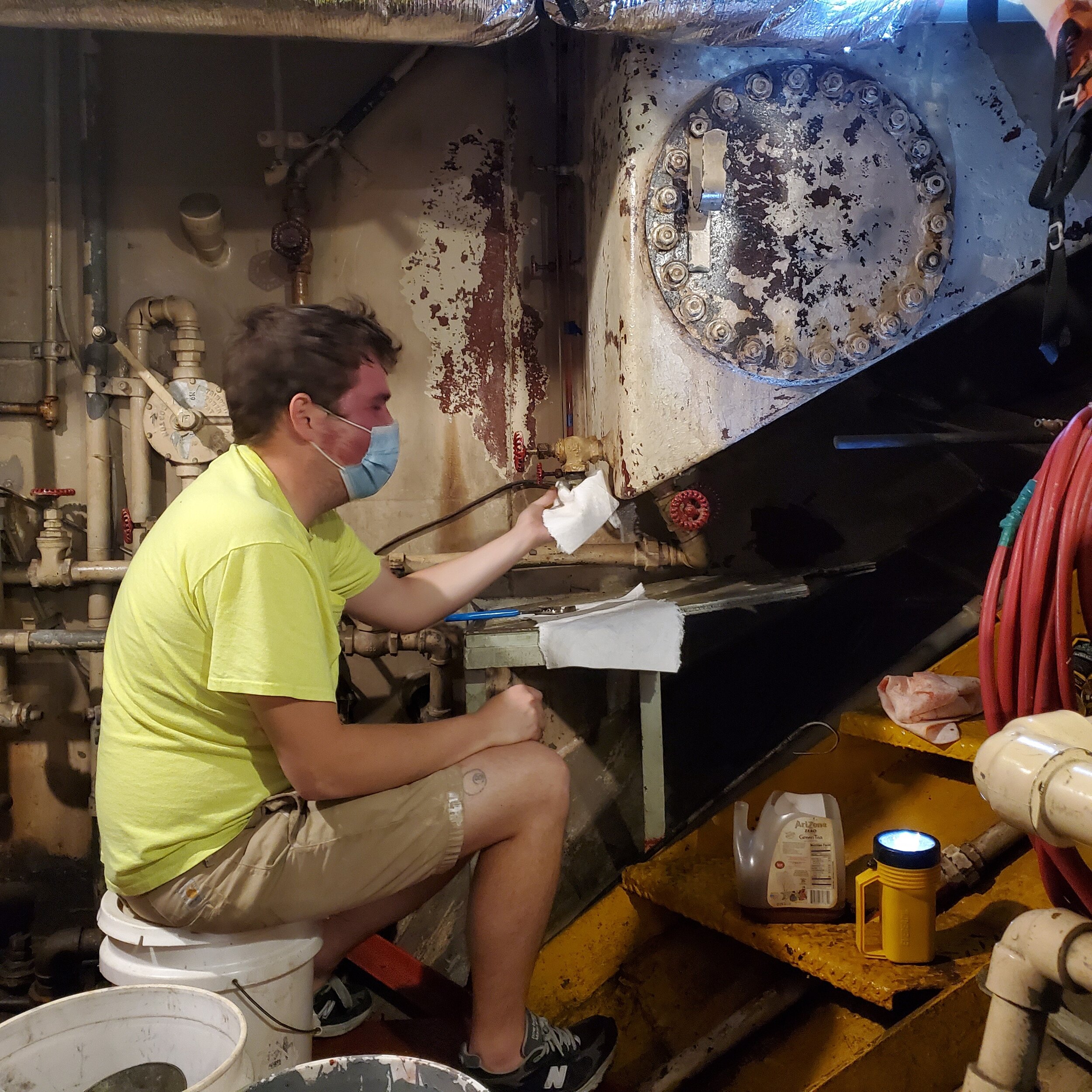


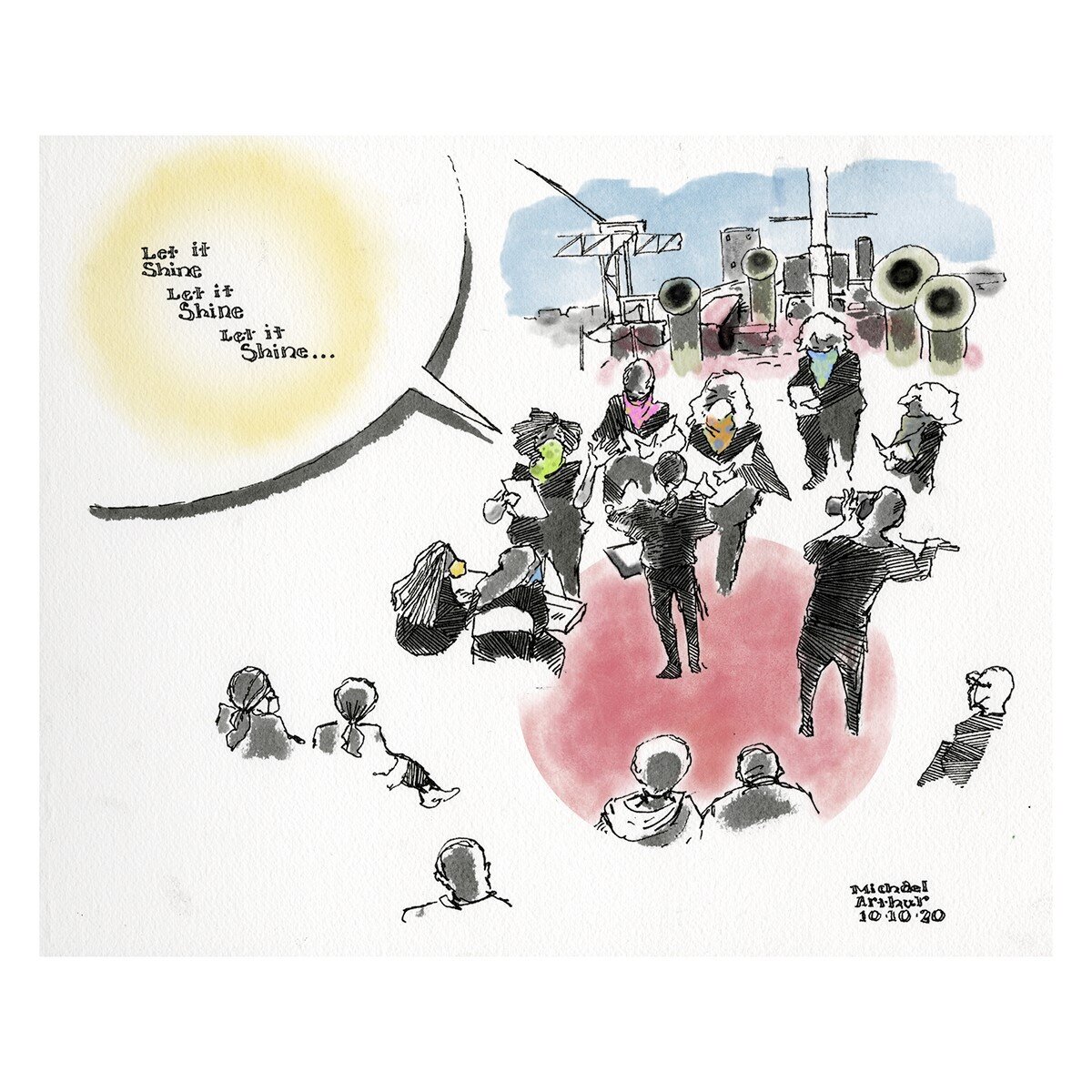



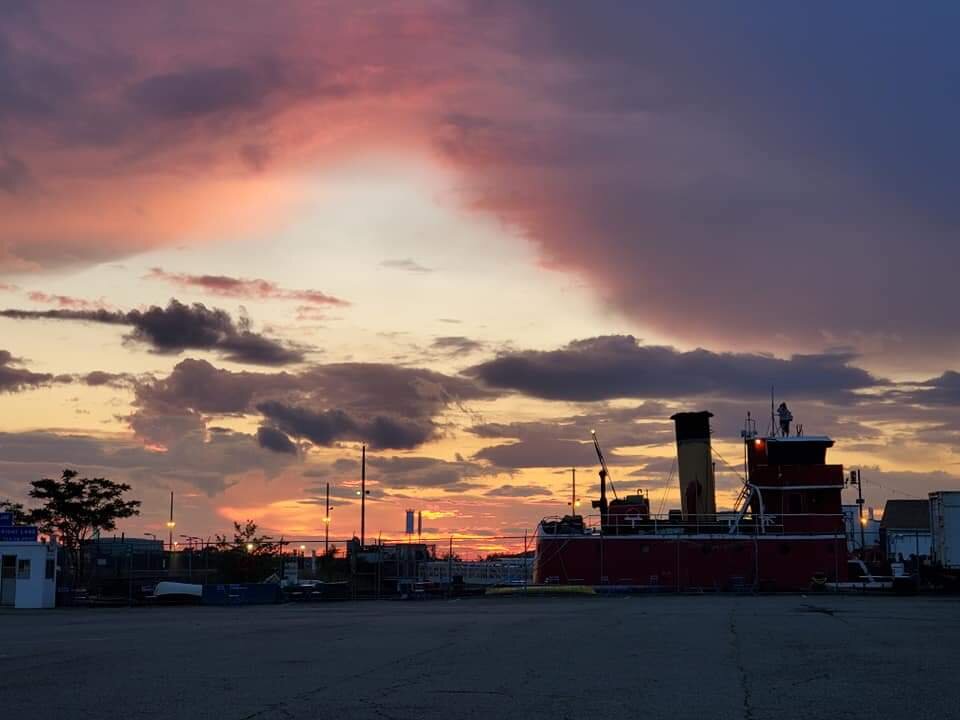
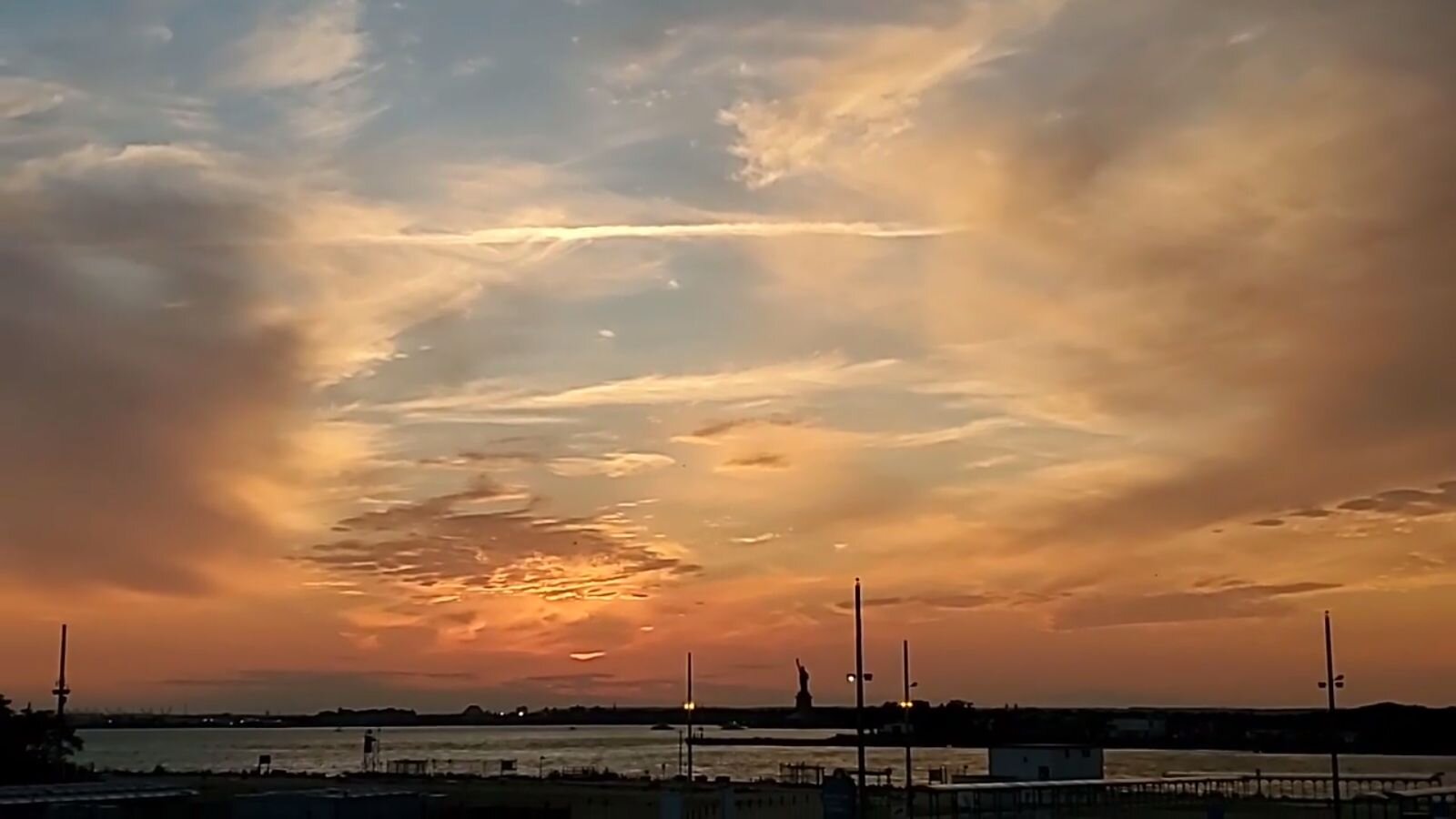
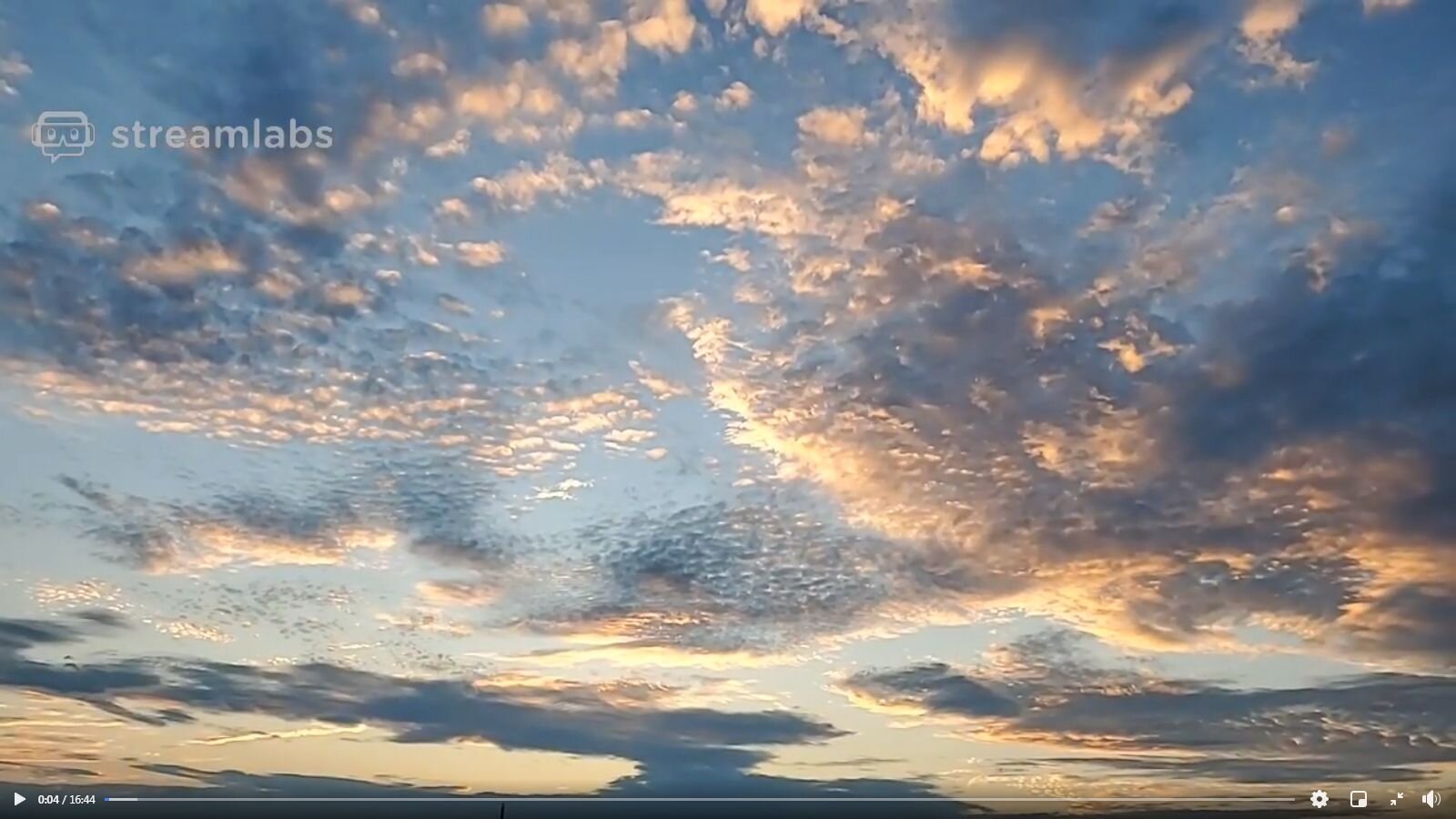




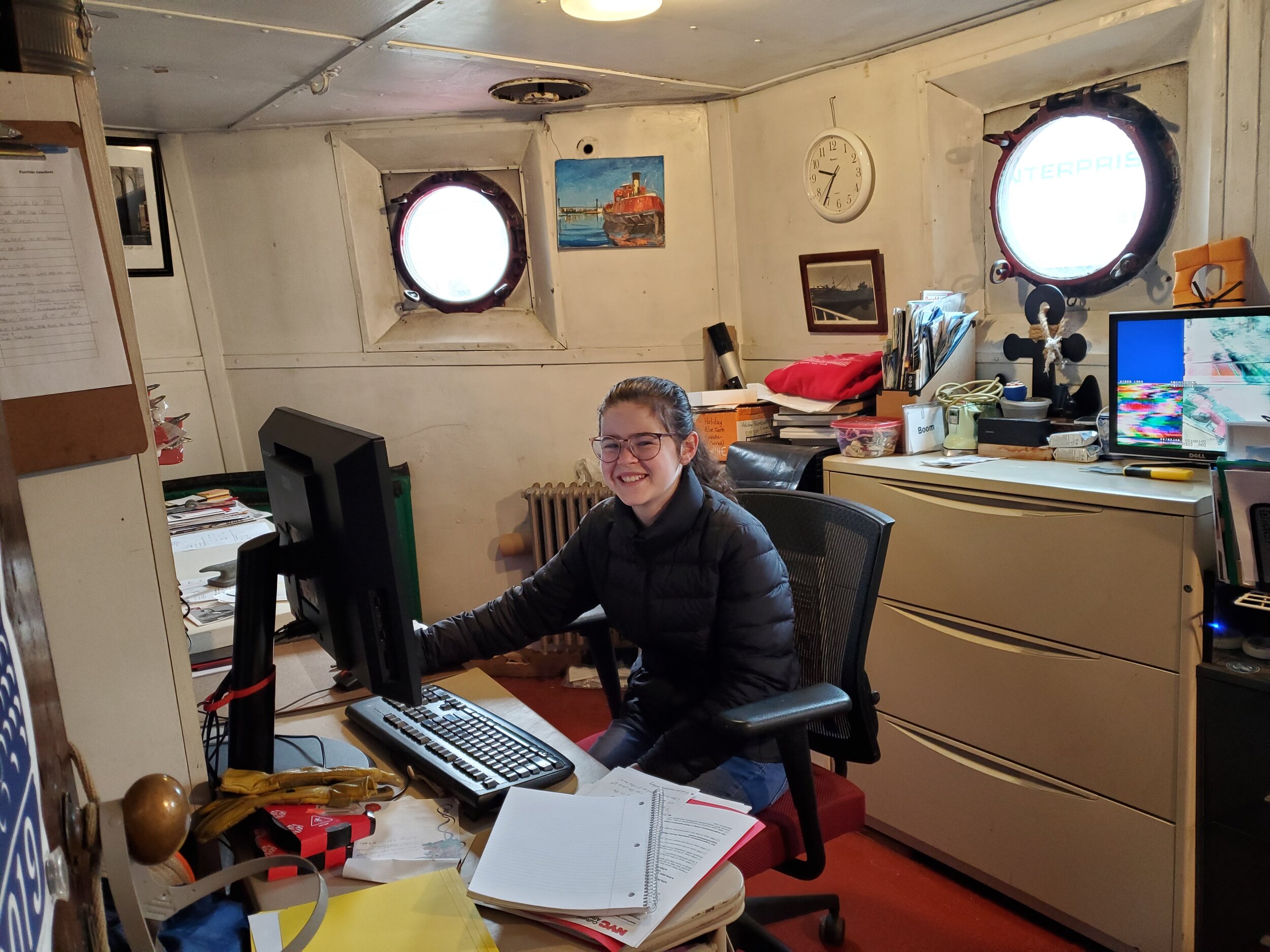
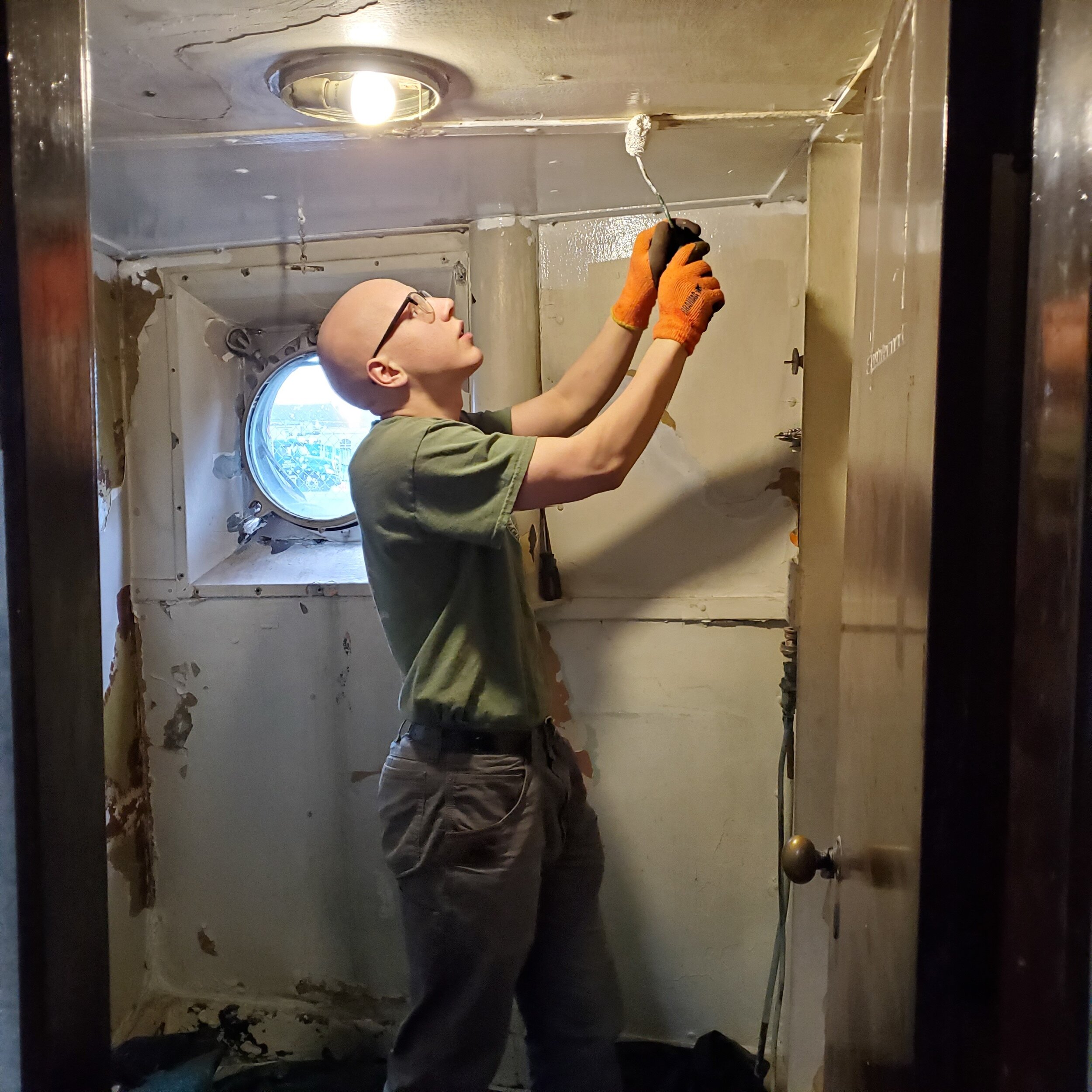
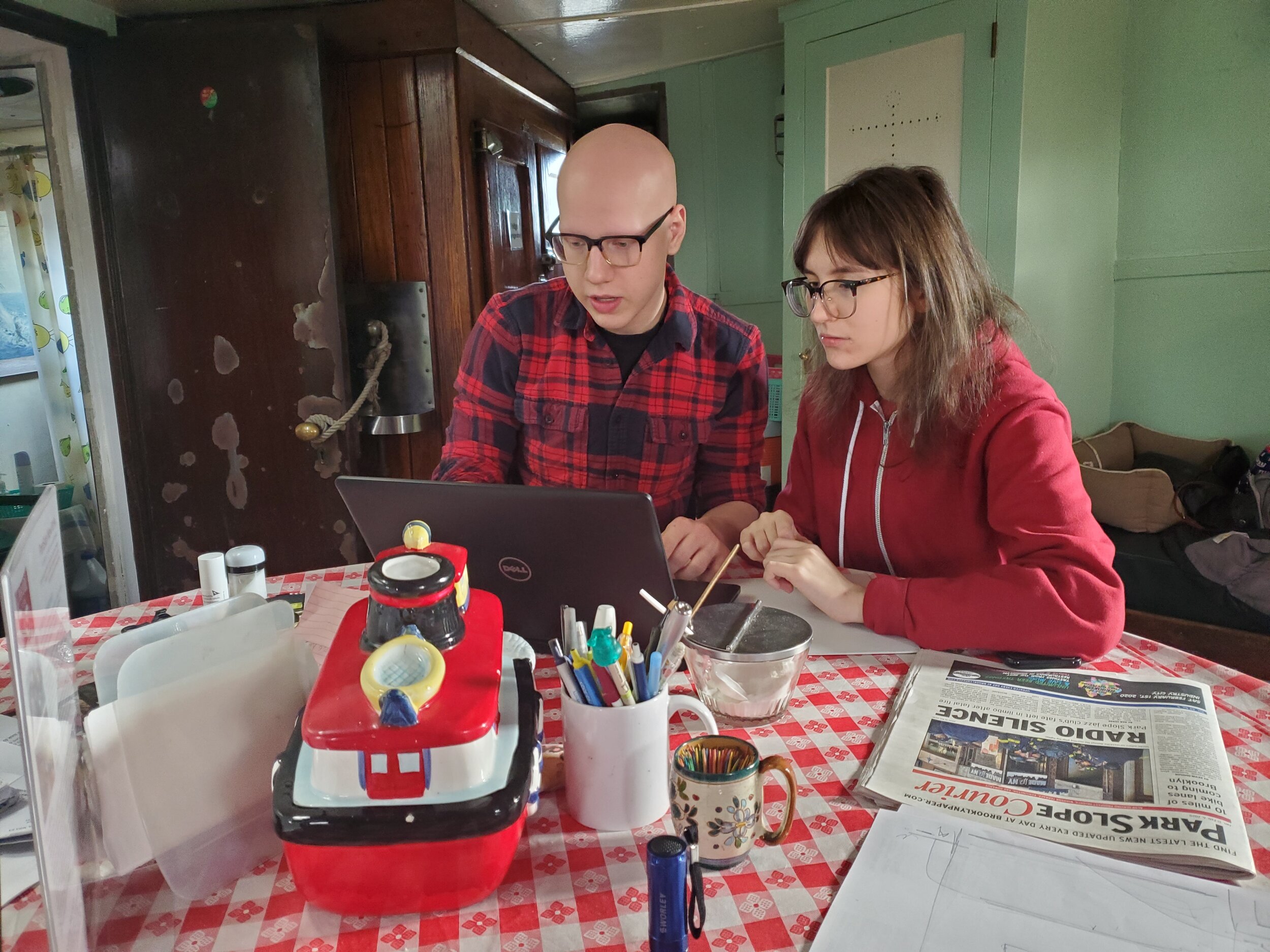
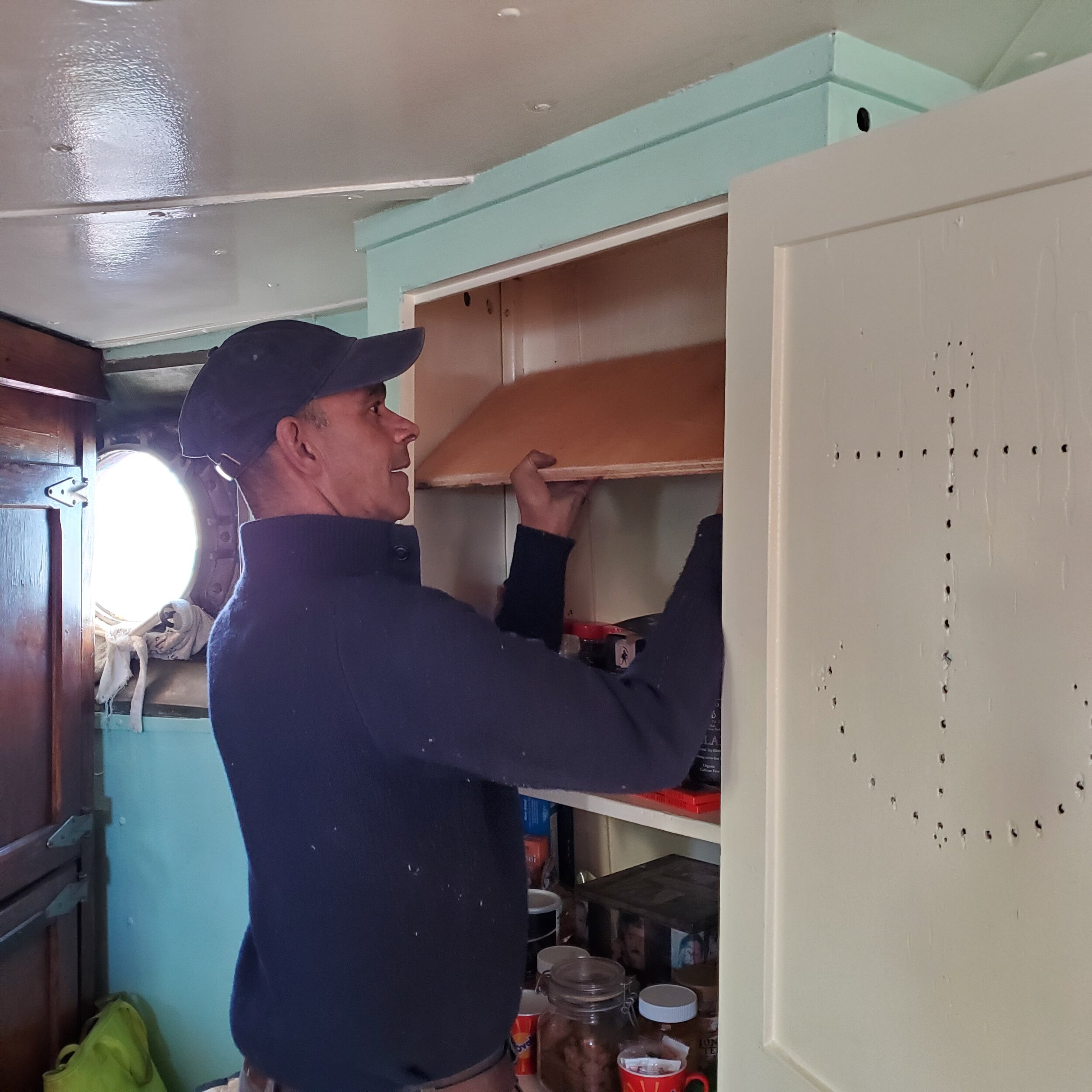
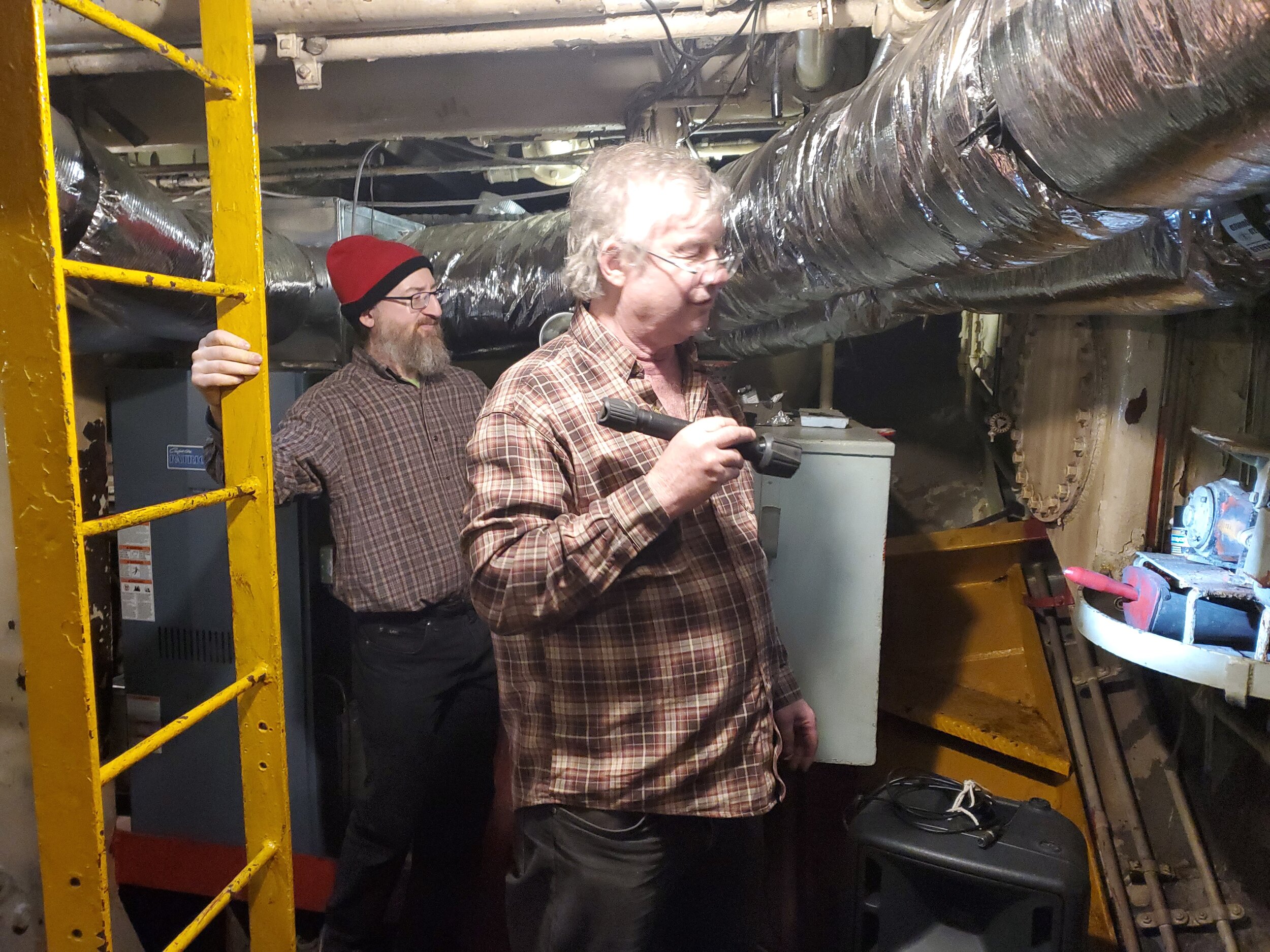
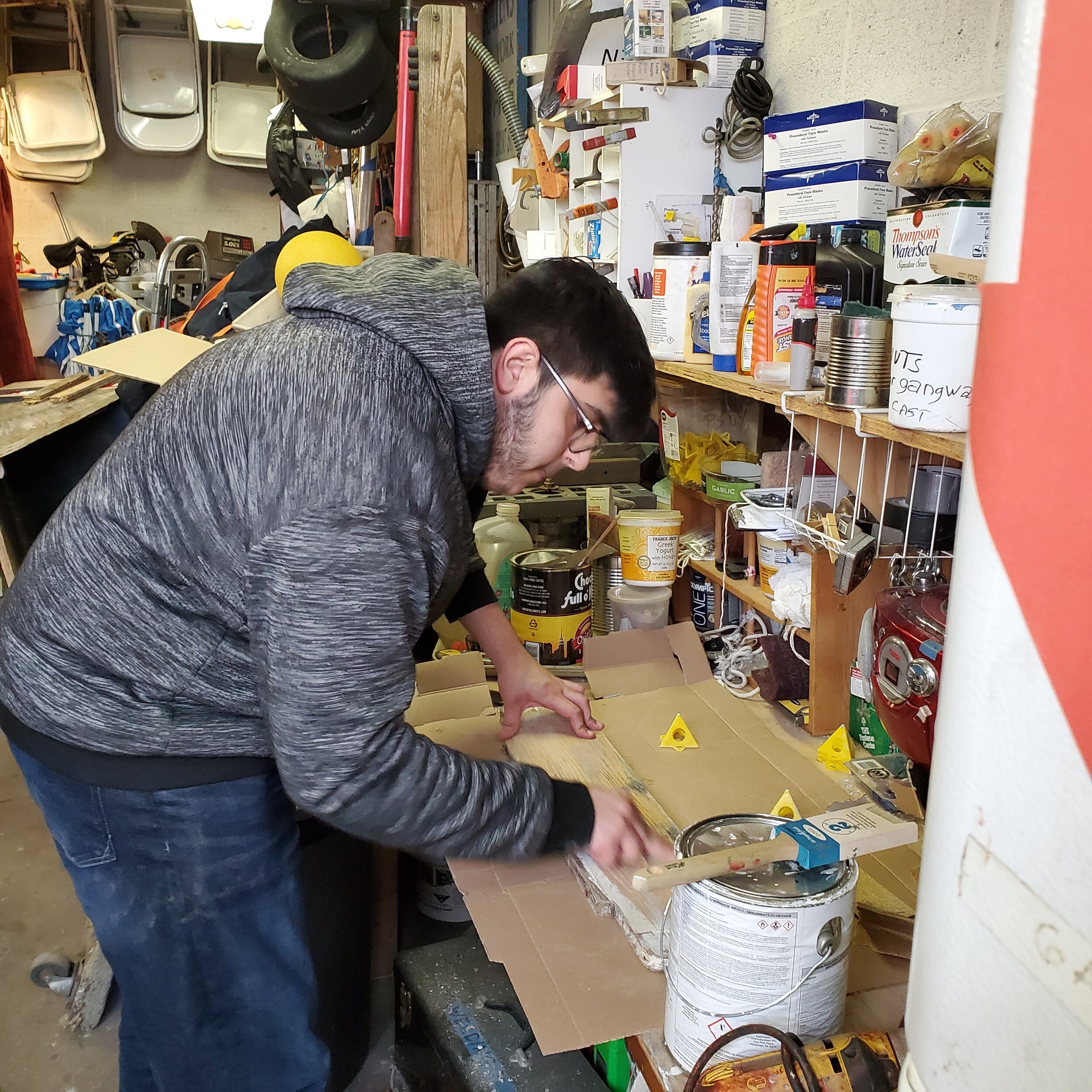
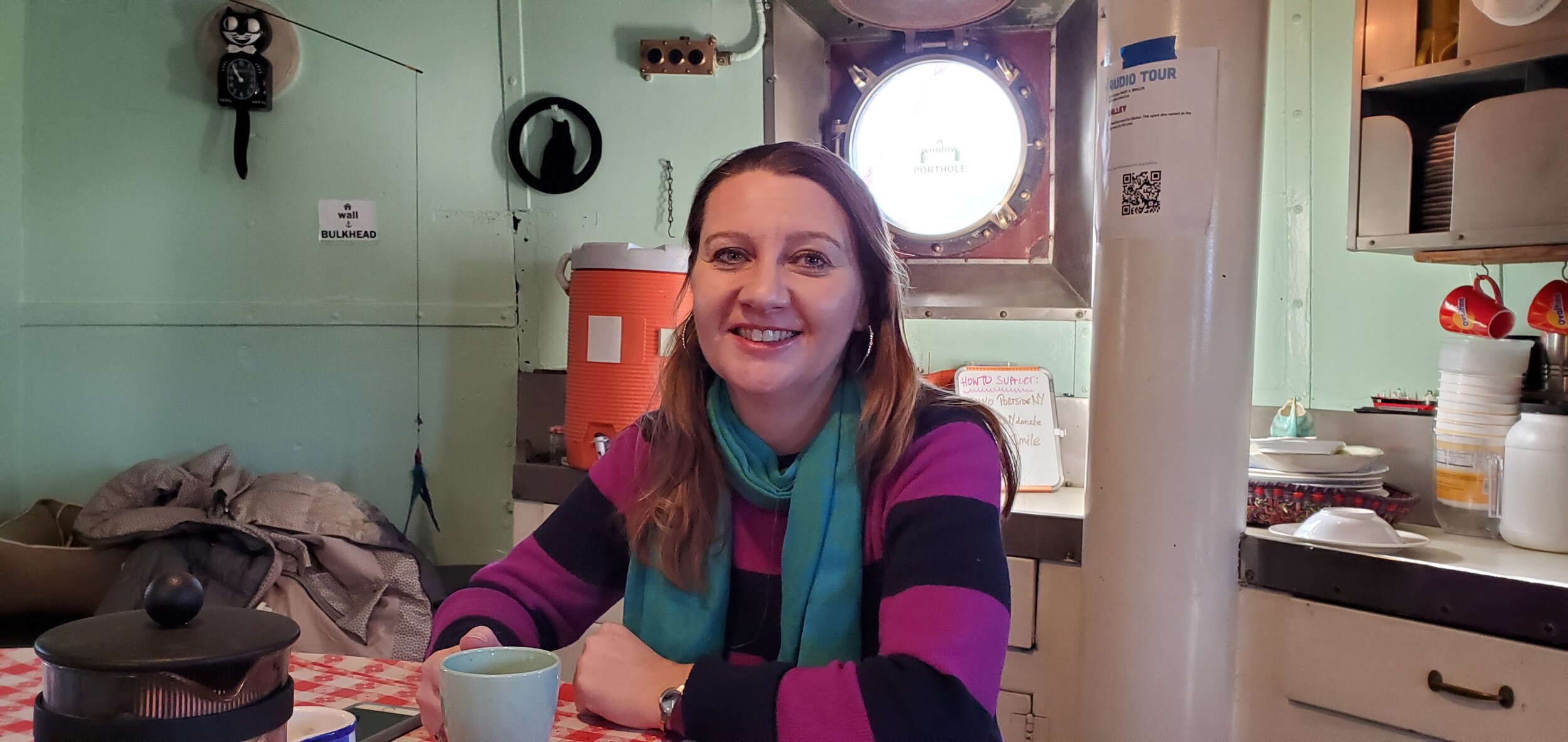
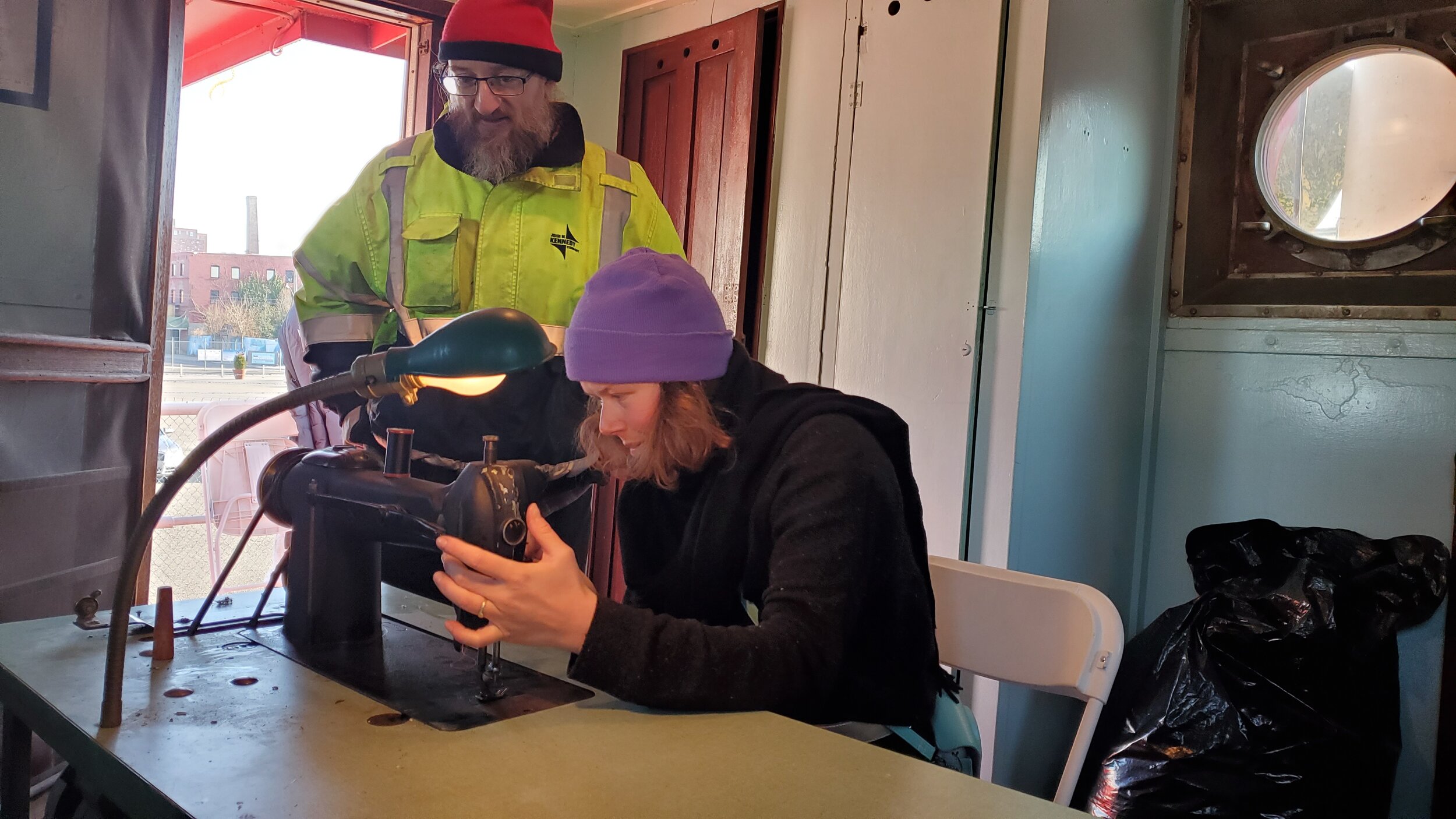





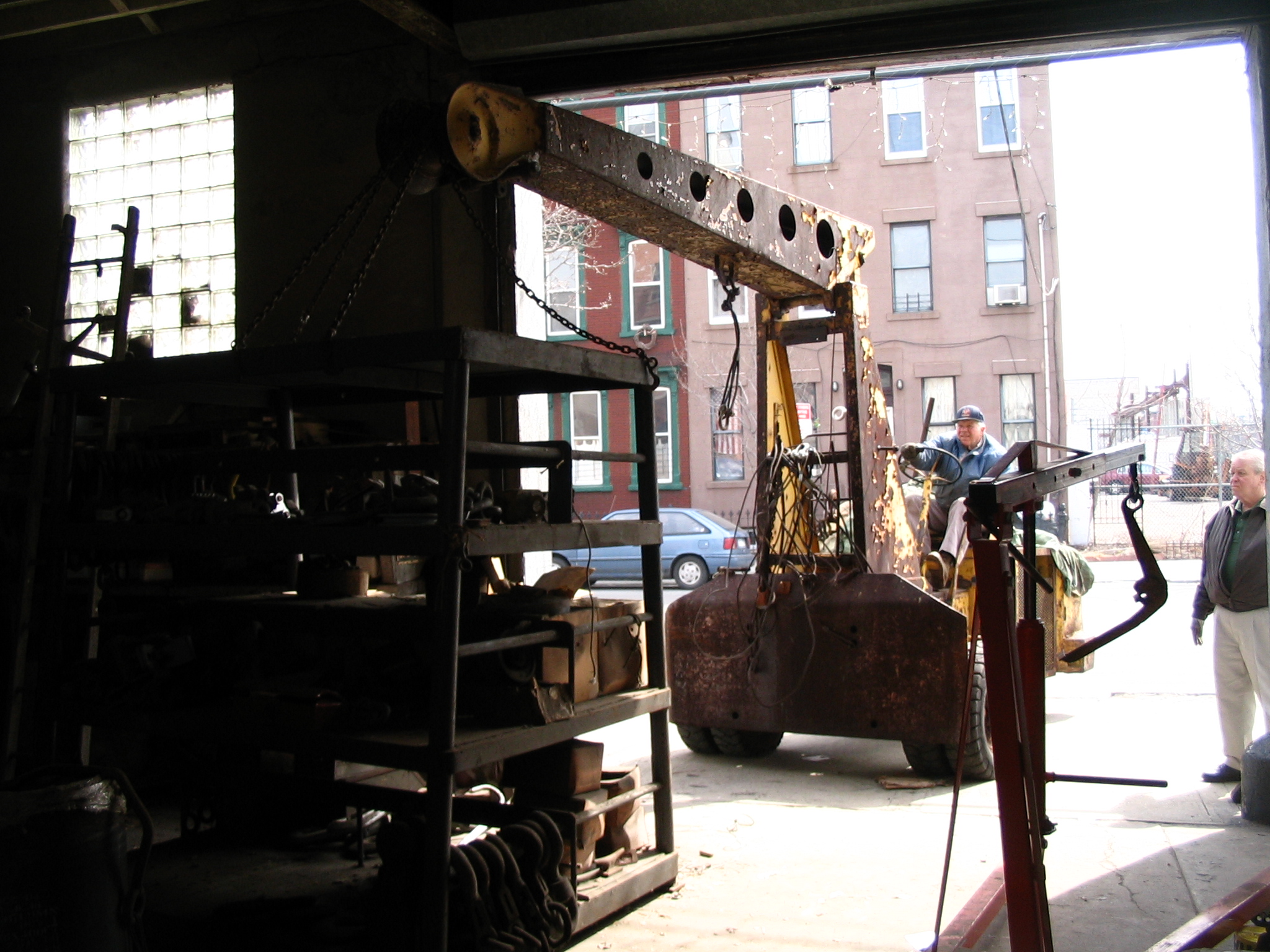
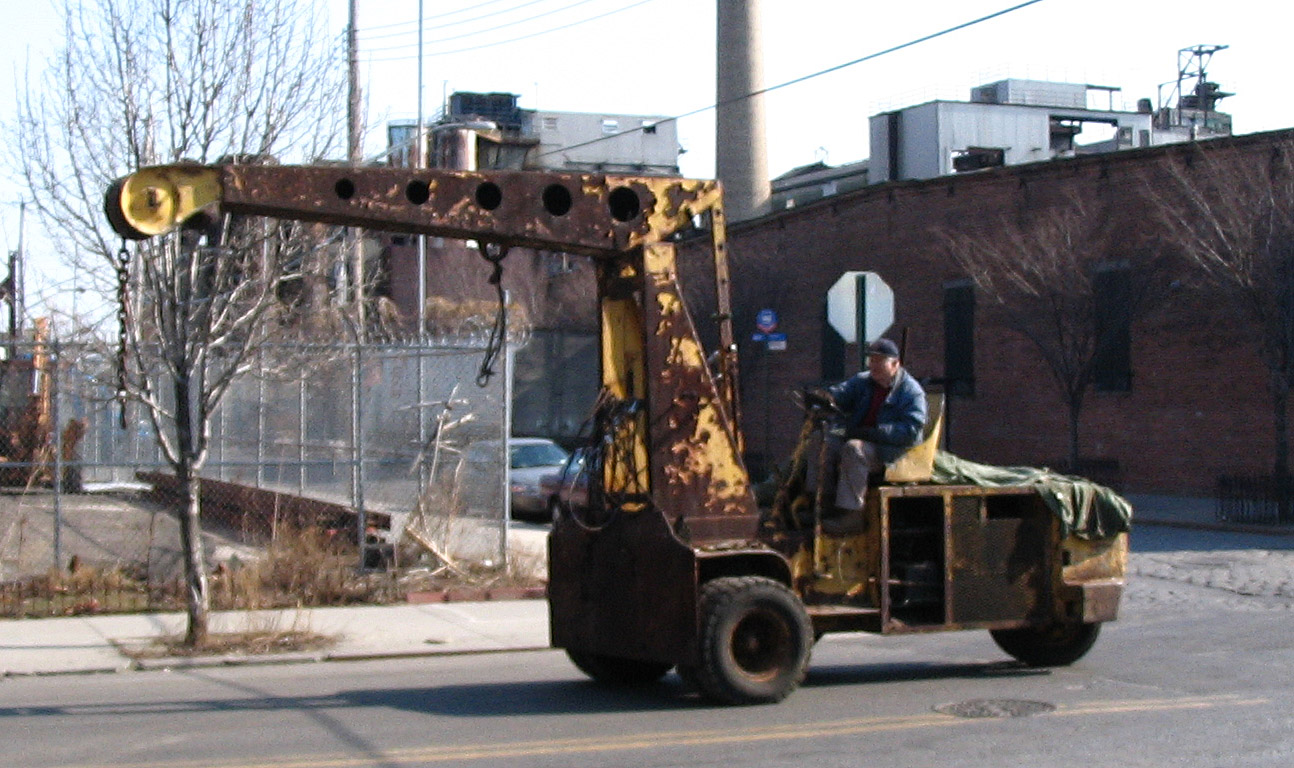
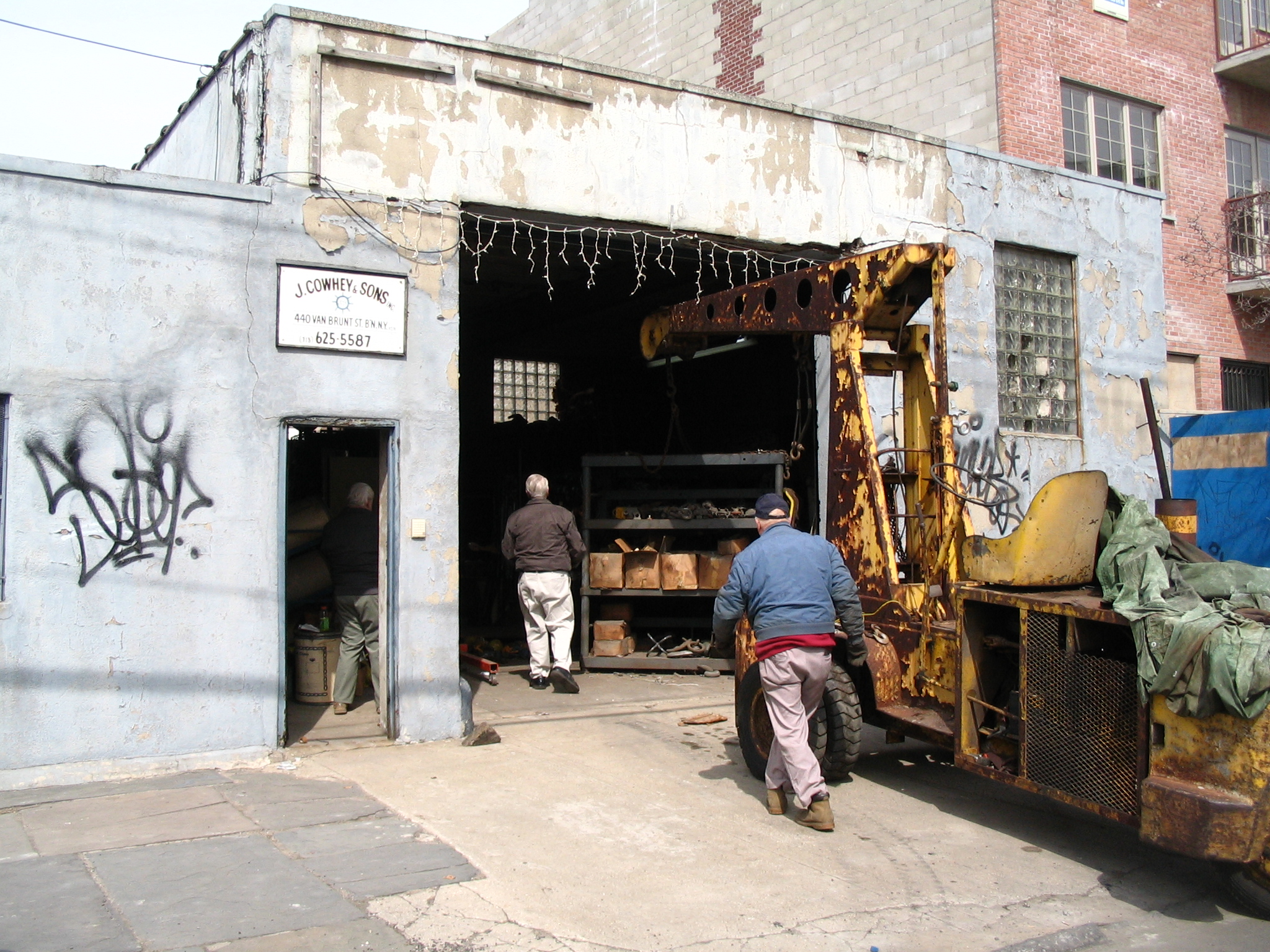
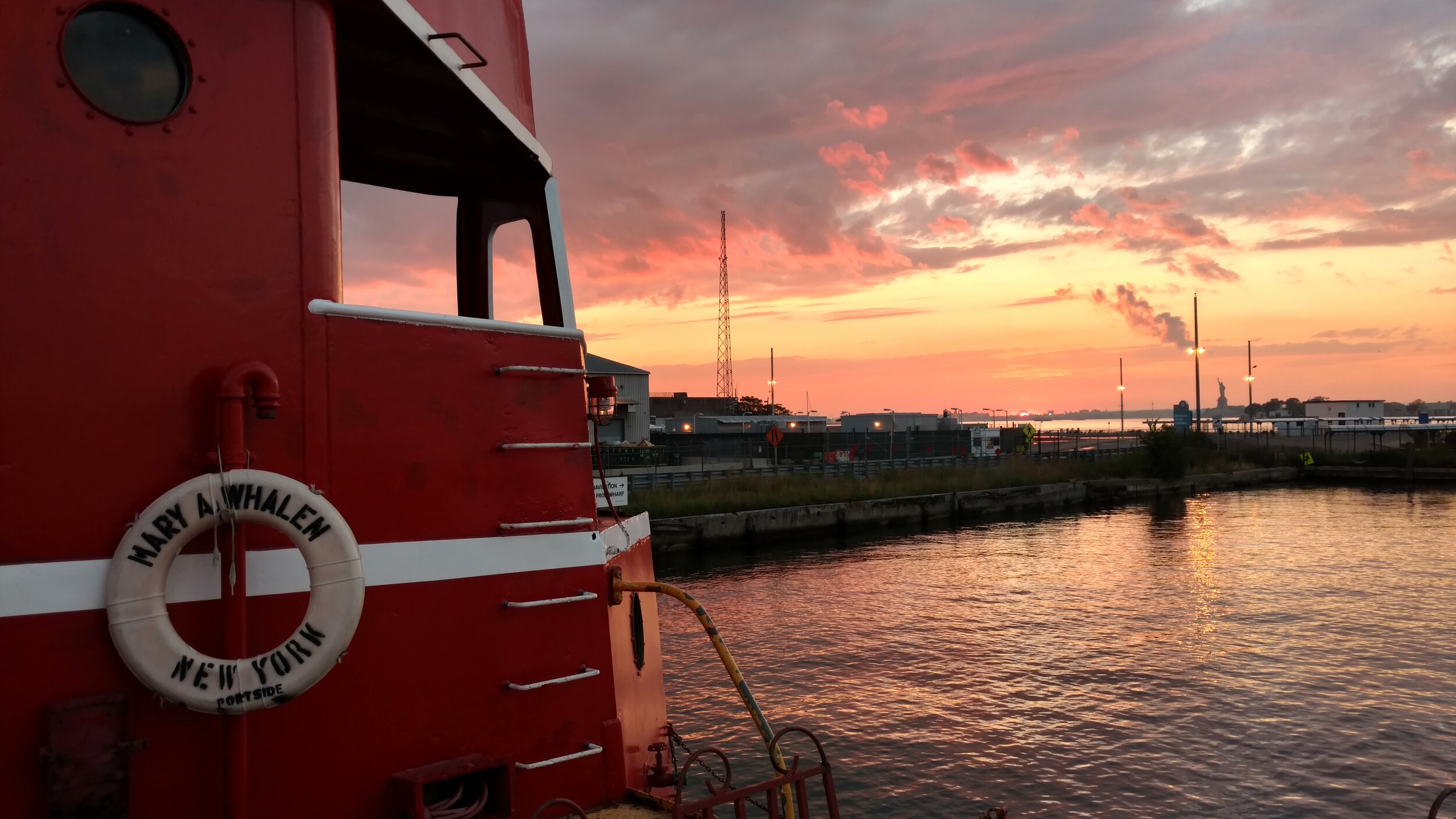









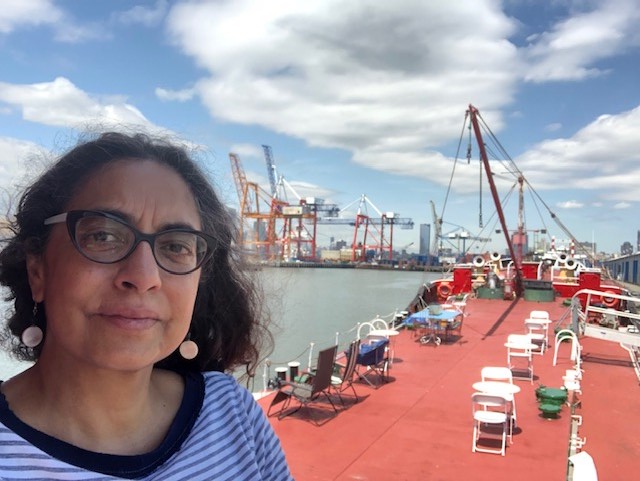
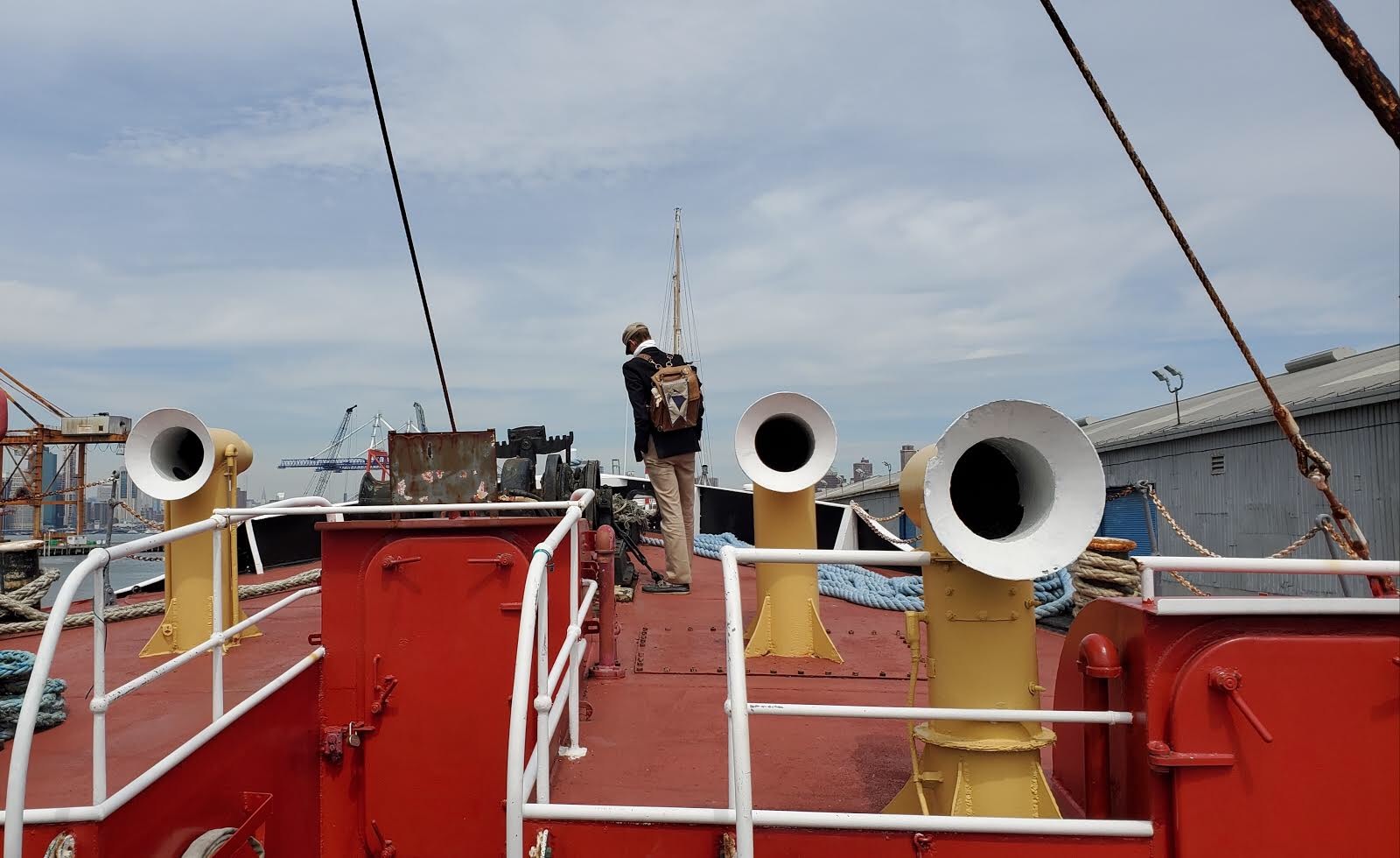
![Protect Lidgerwood, Protect Red Hook History [Developing Story]](https://images.squarespace-cdn.com/content/v1/50dcbaa5e4b00220dc74e81f/1559233464865-9GPYXK8507RCEWU3N6W8/Lidgerwood_Red_Hook.png)



